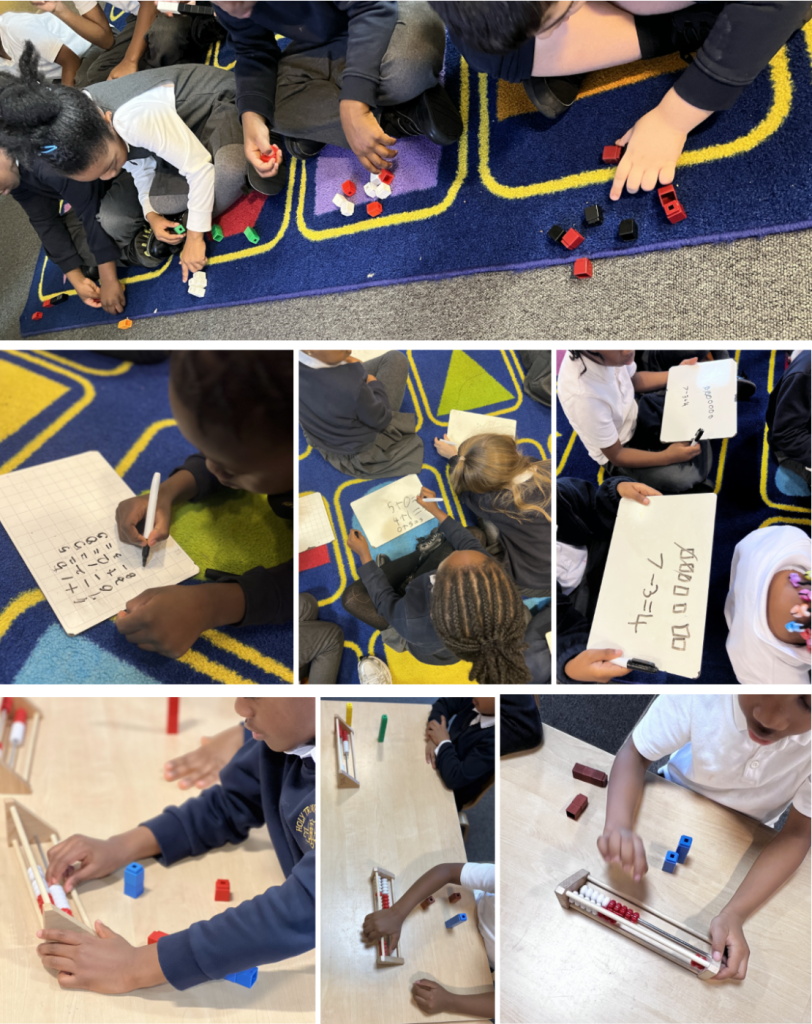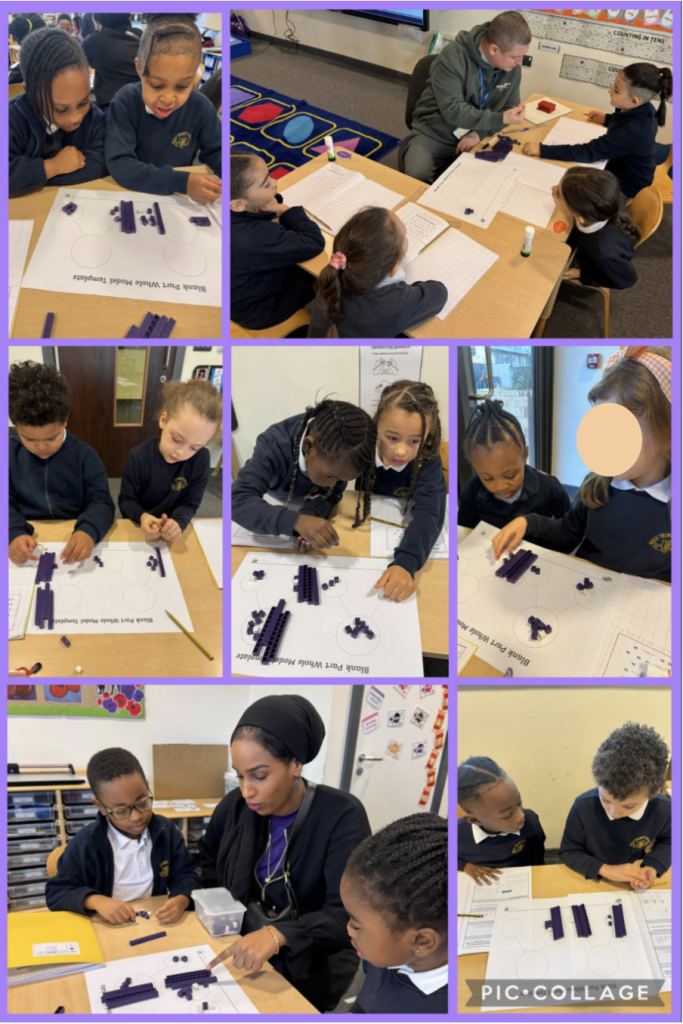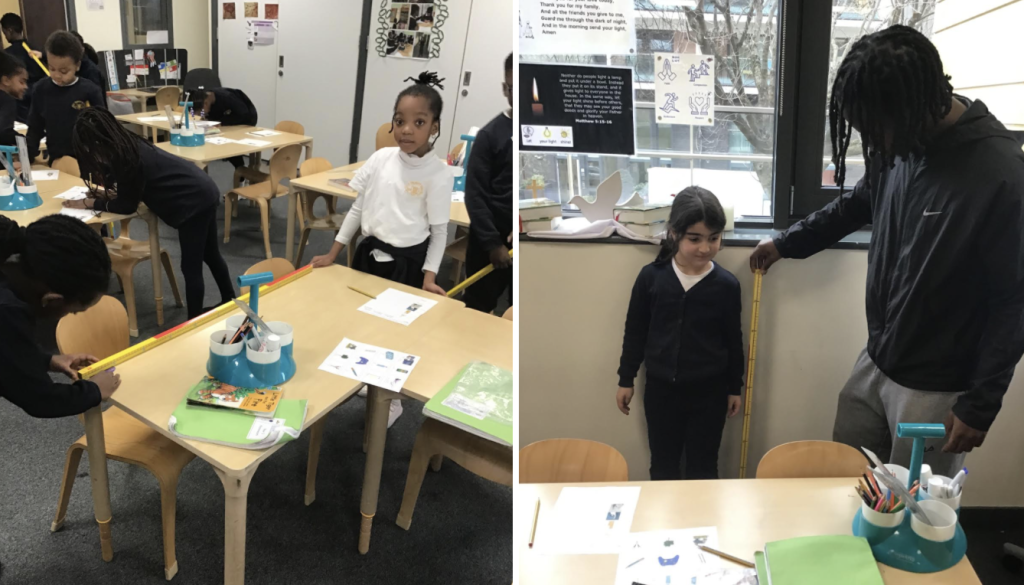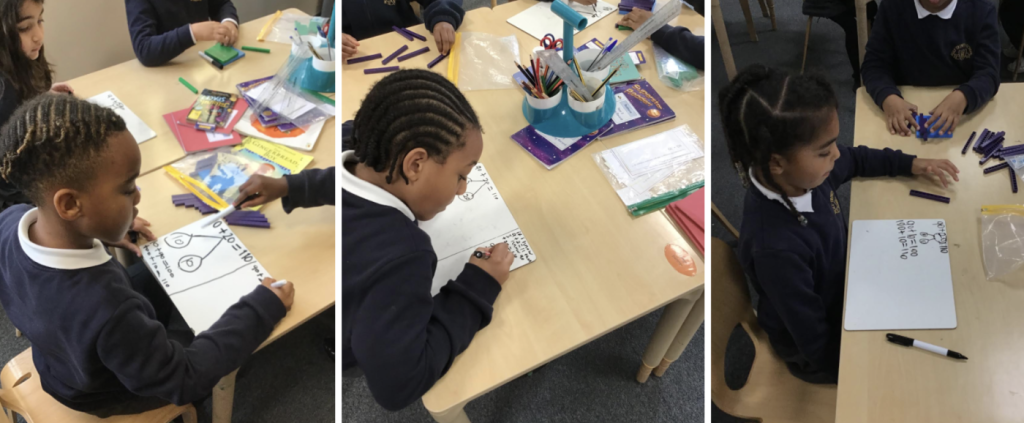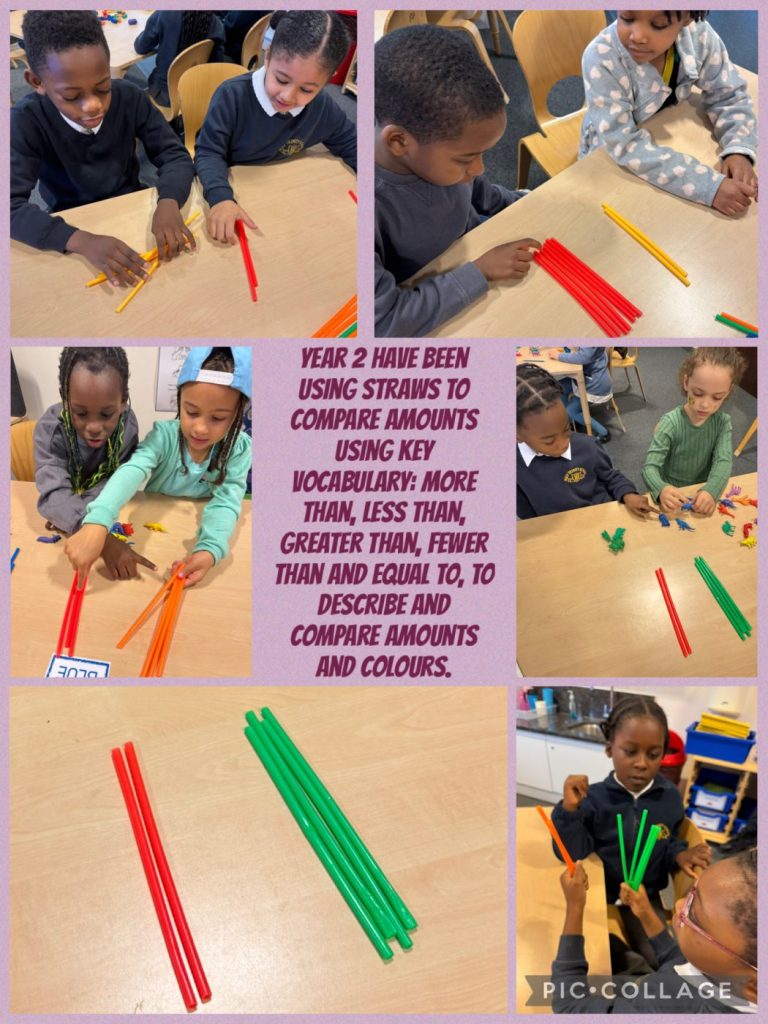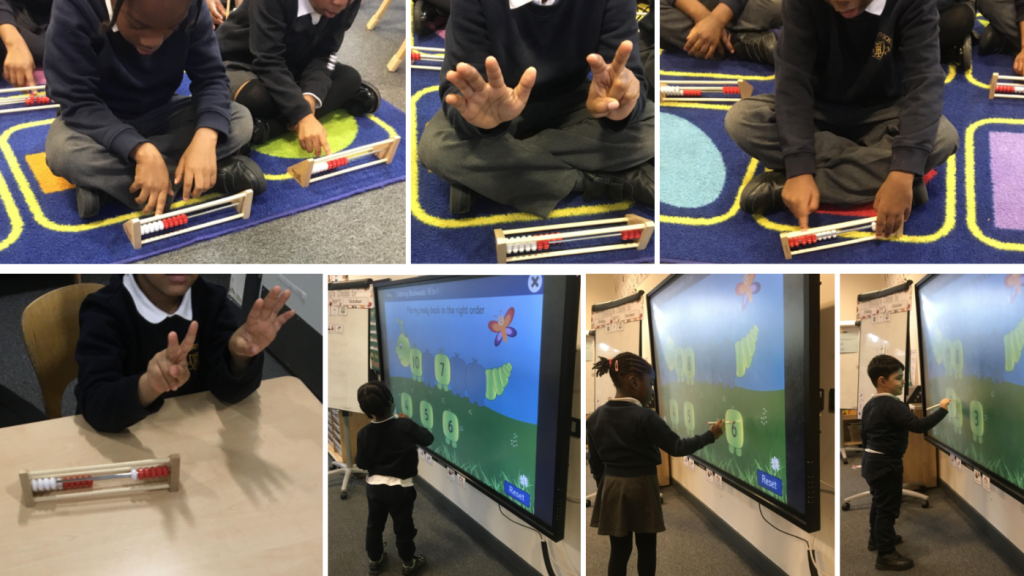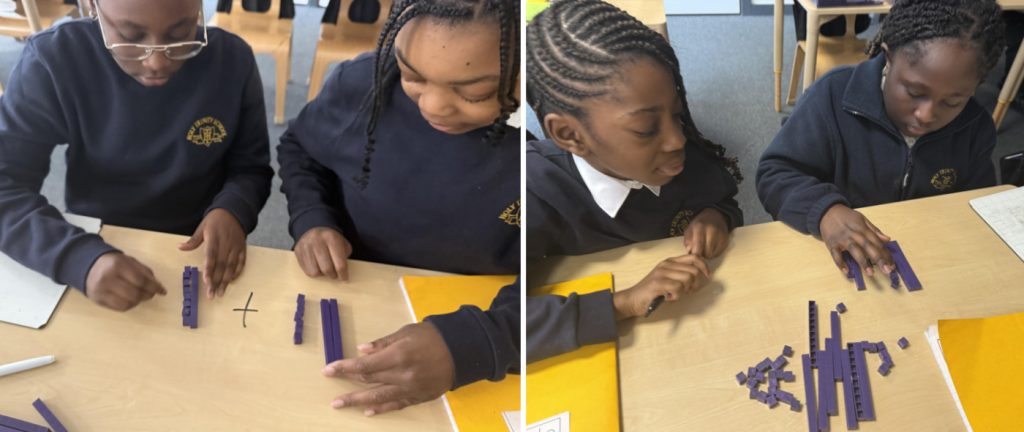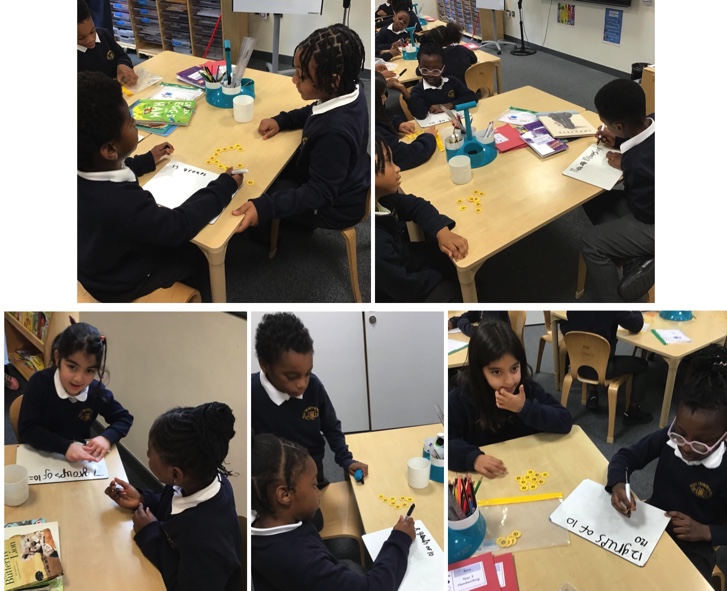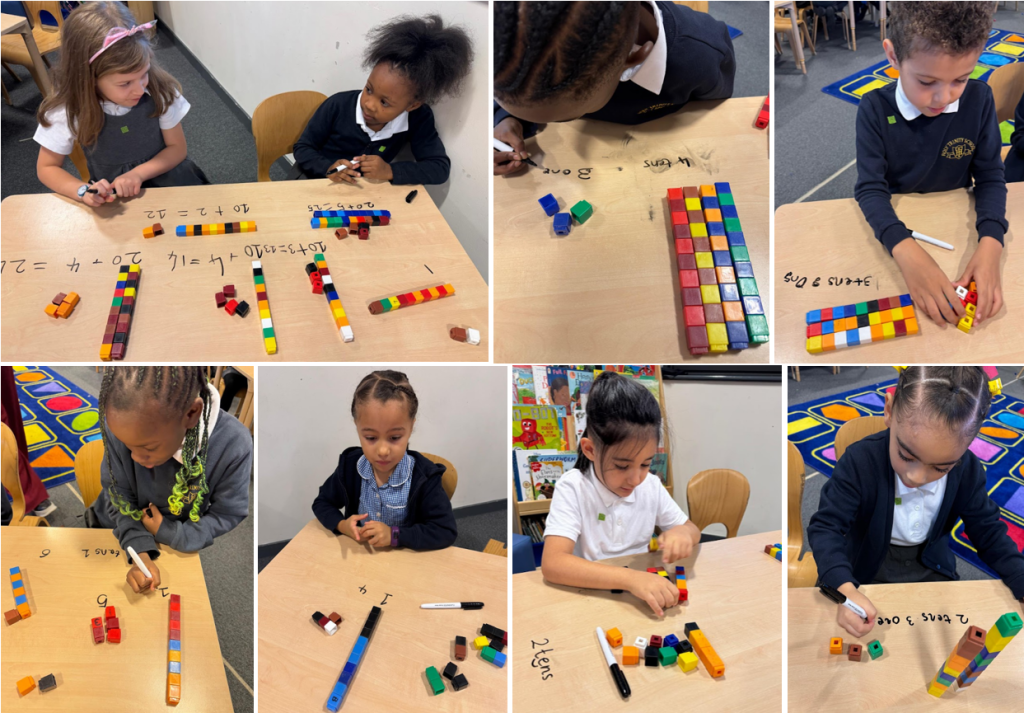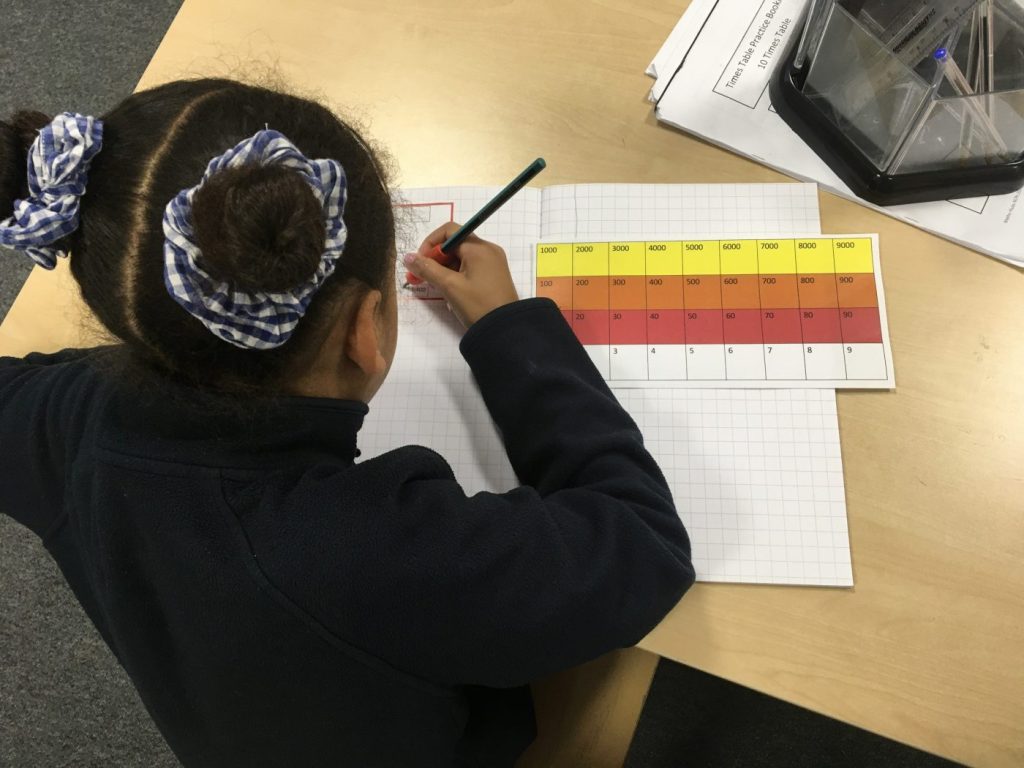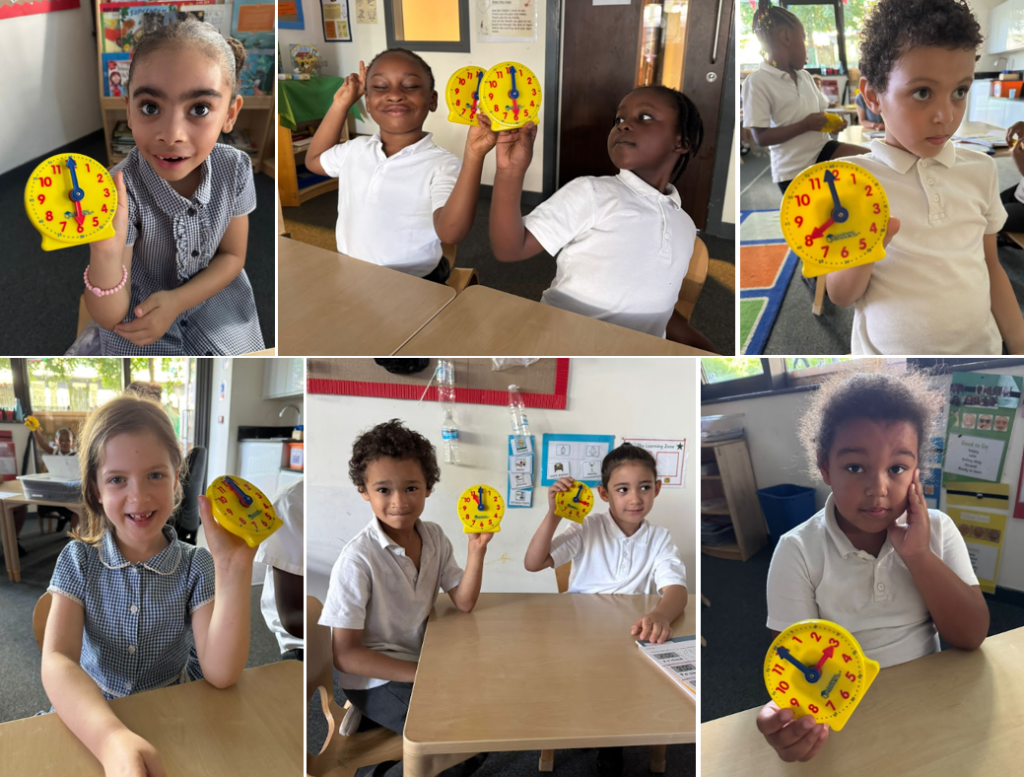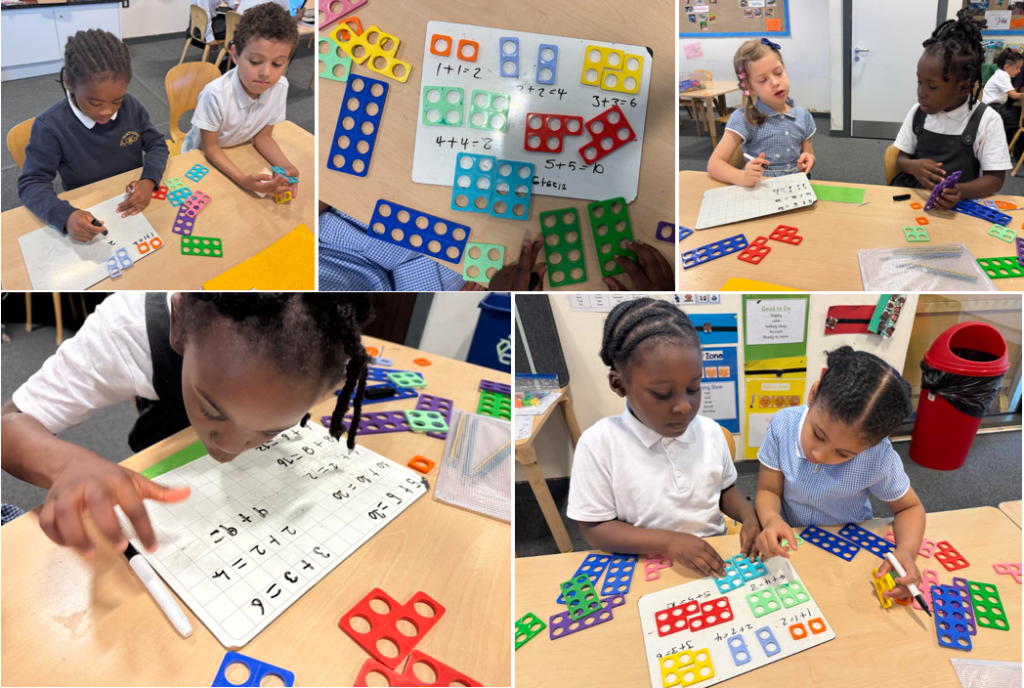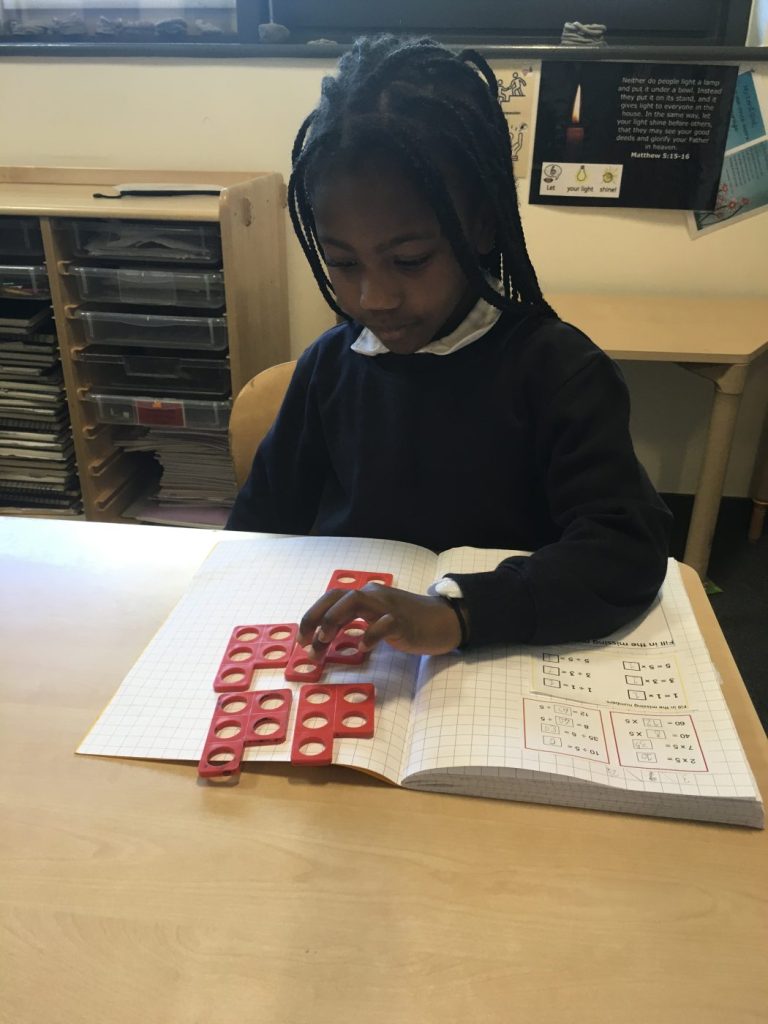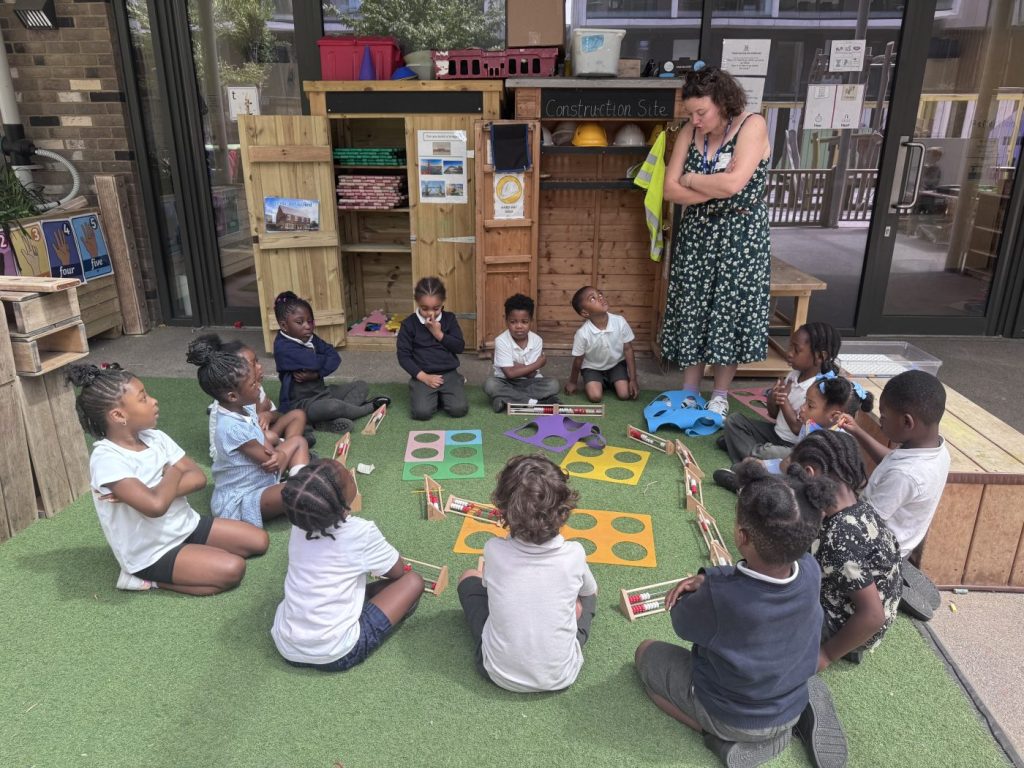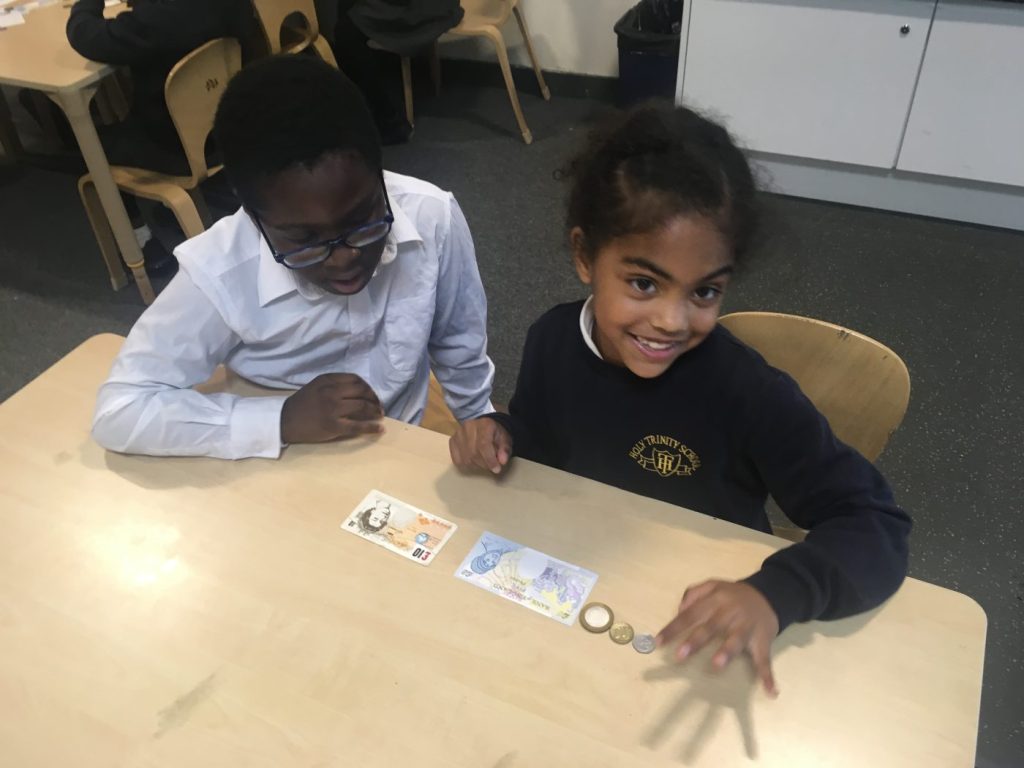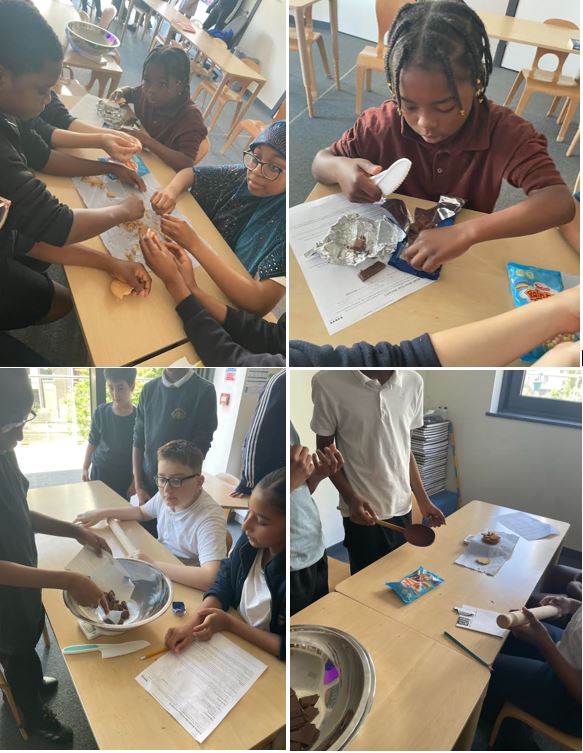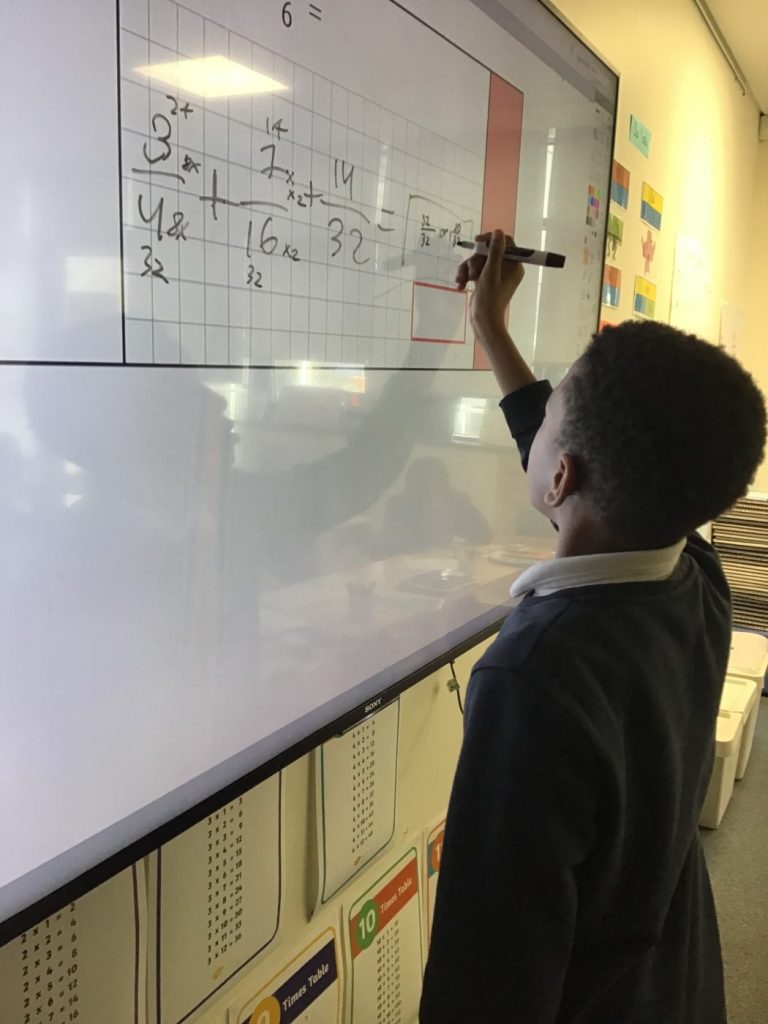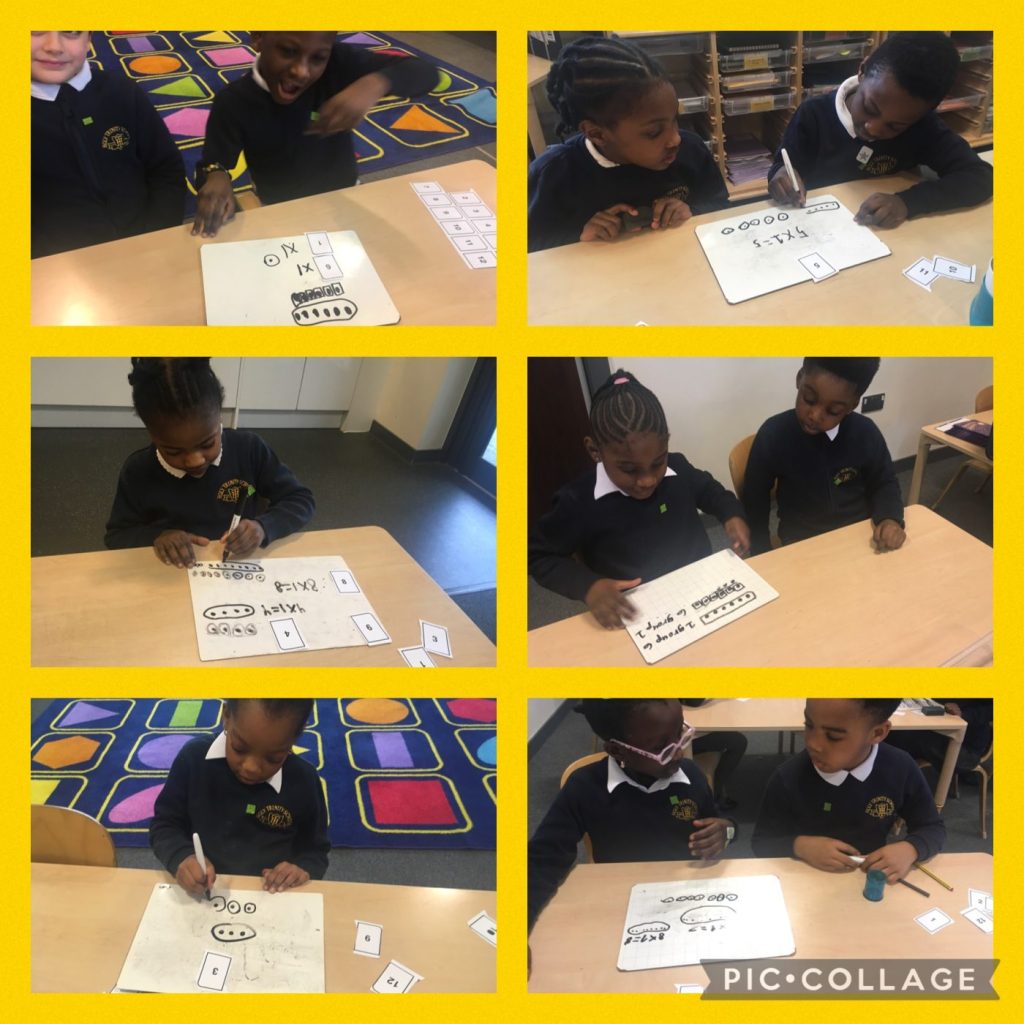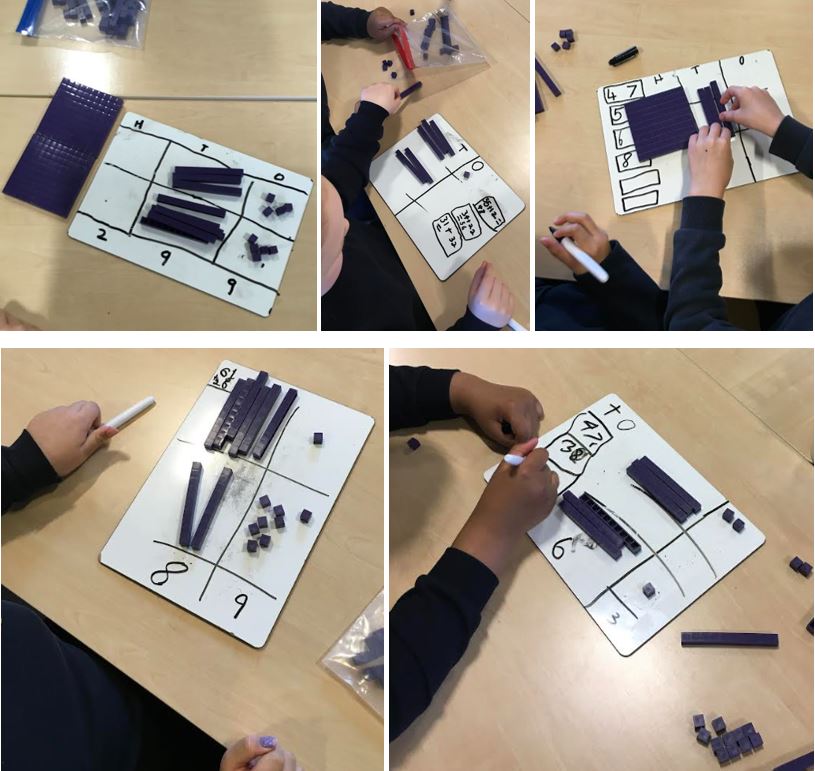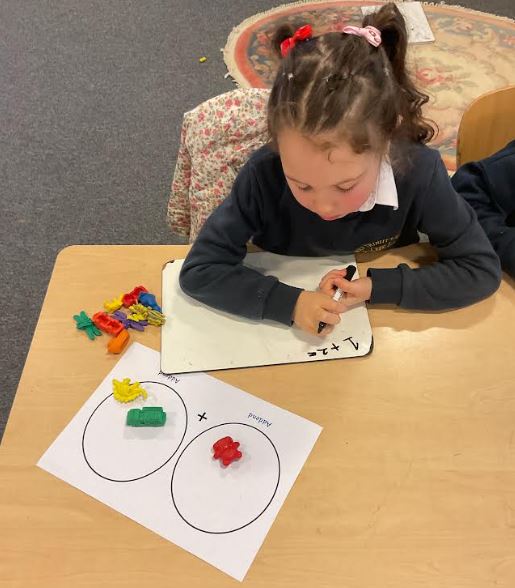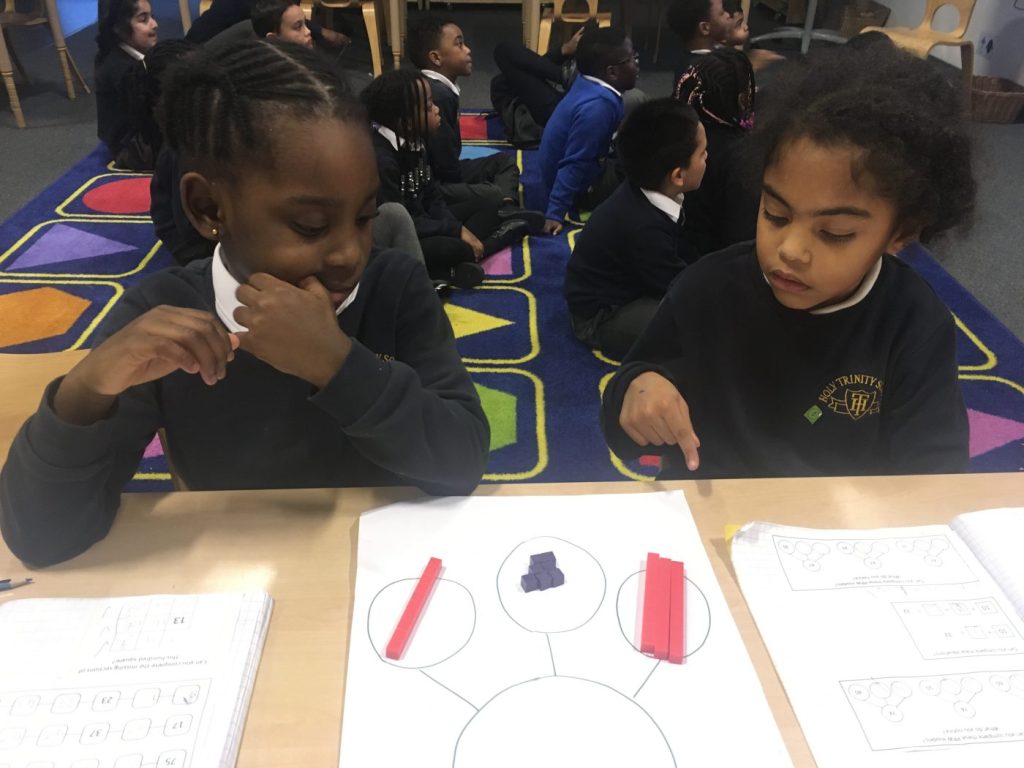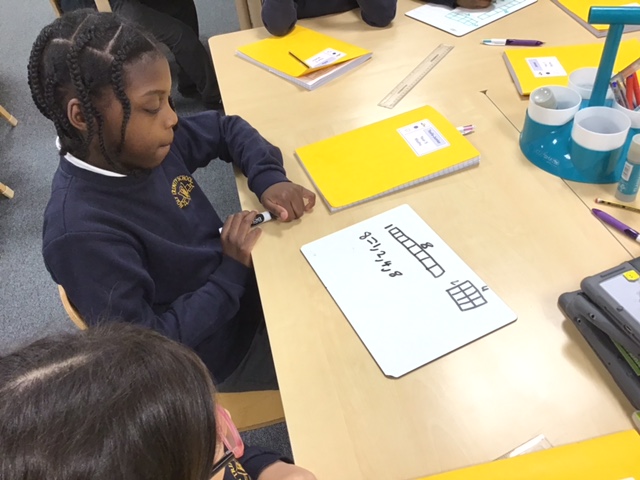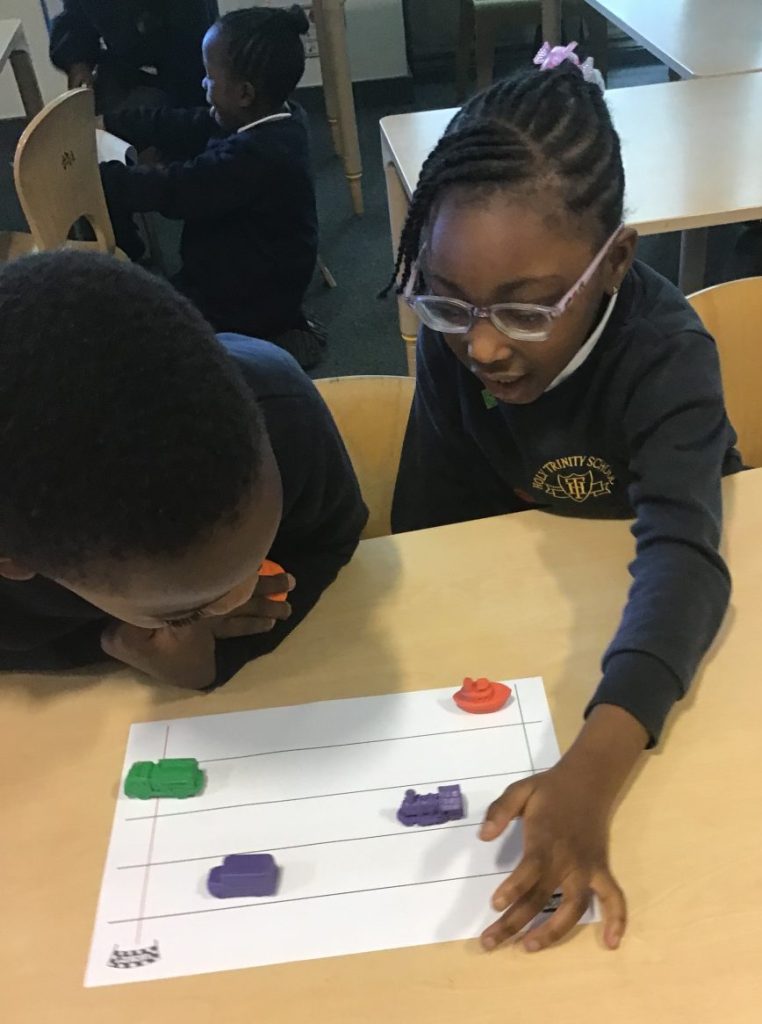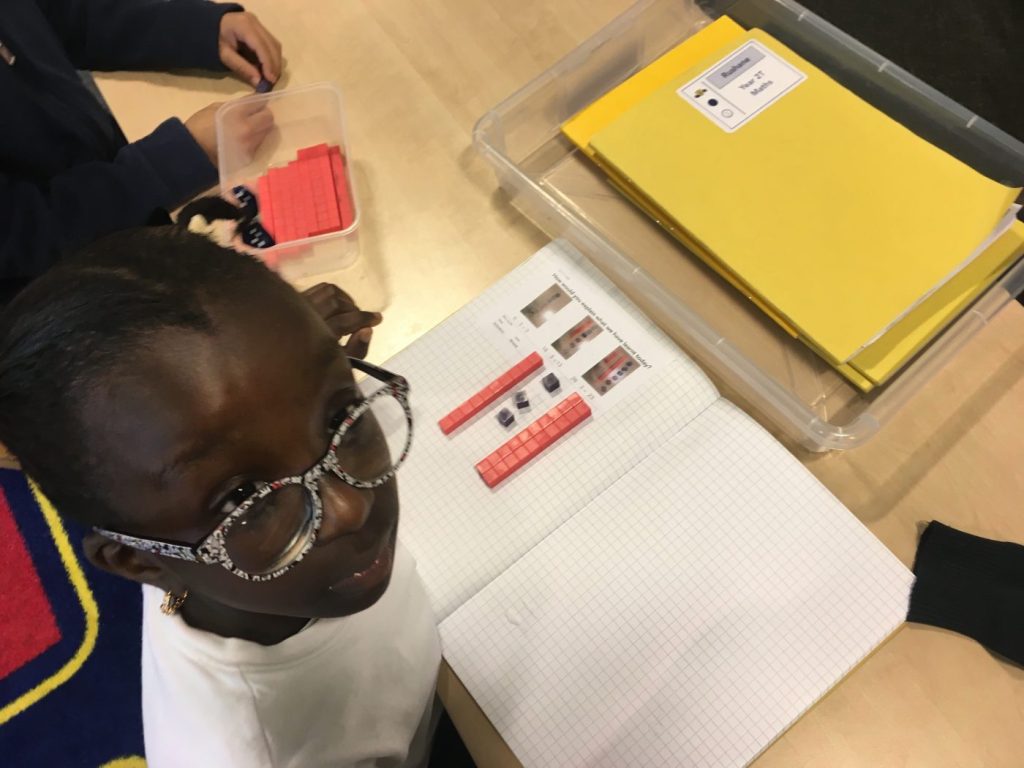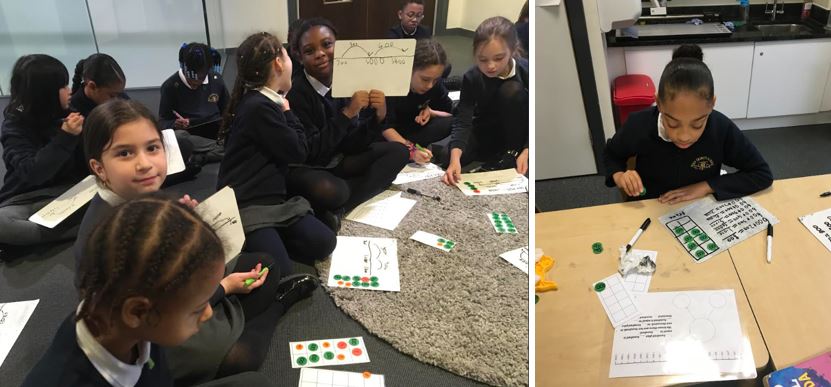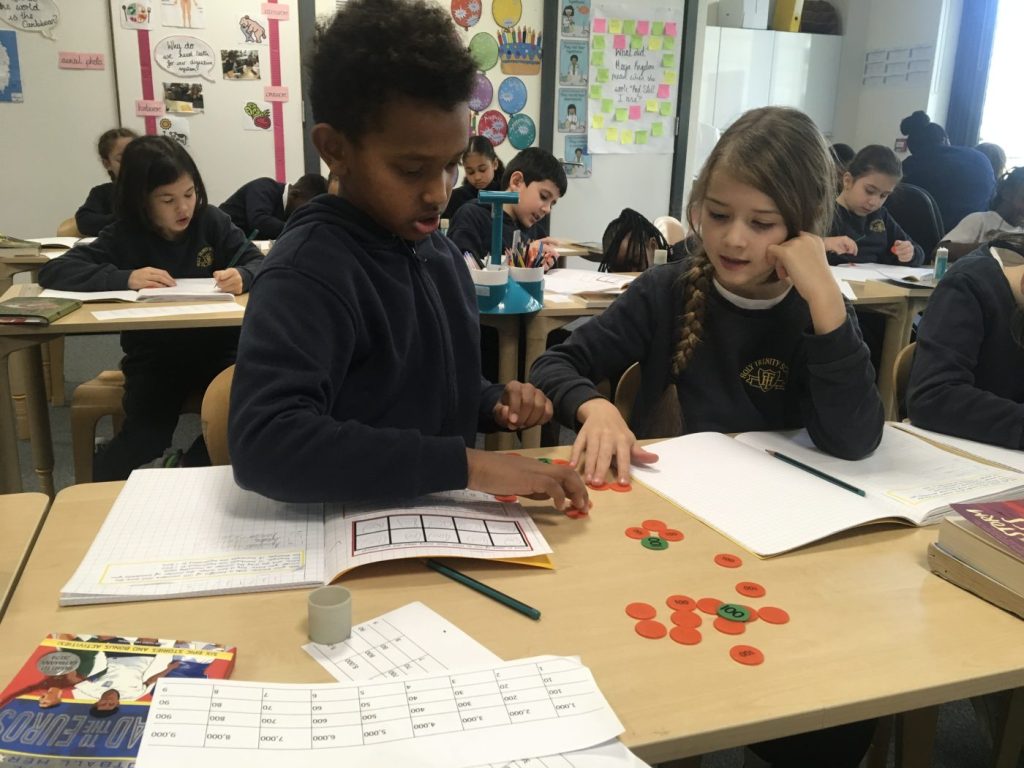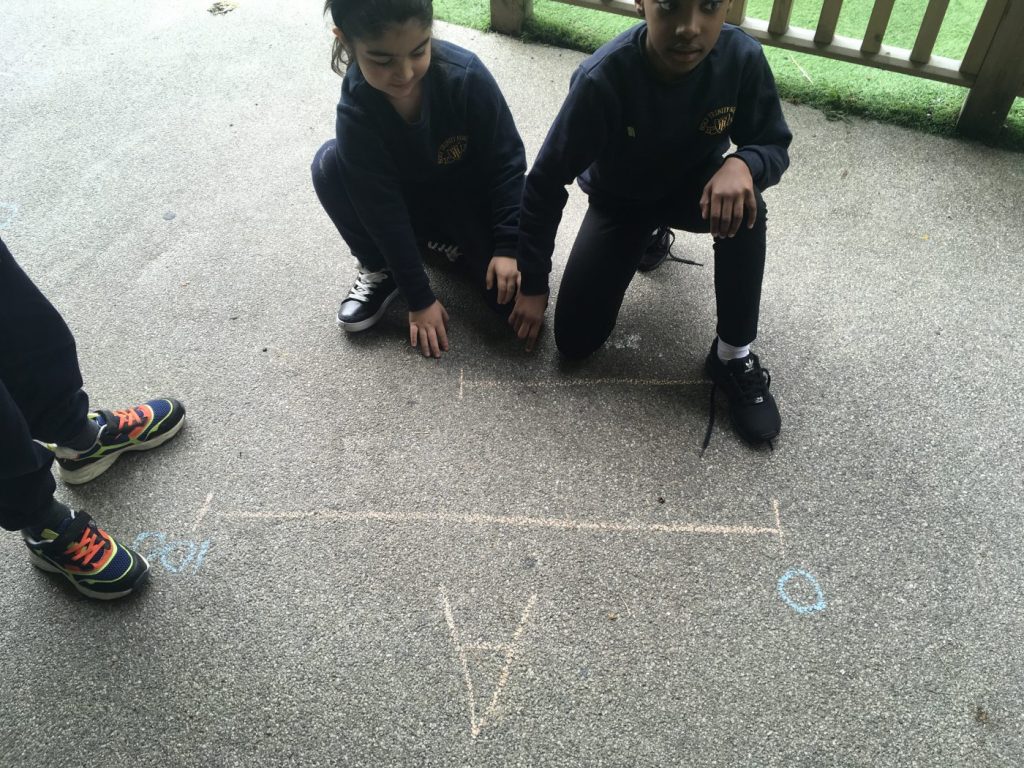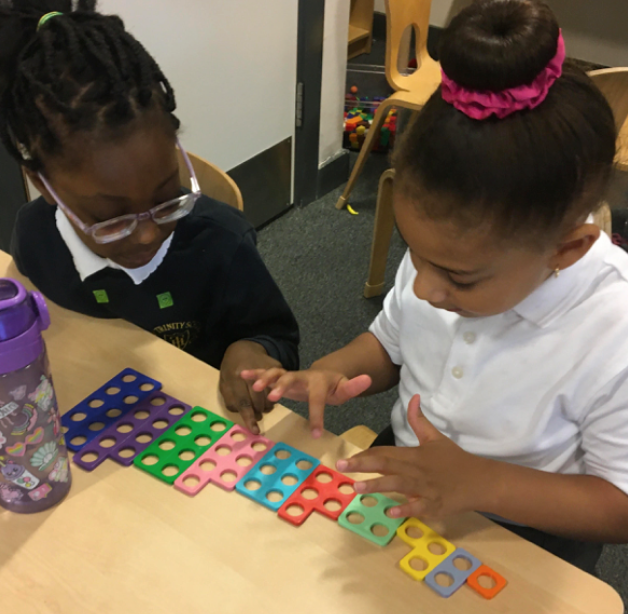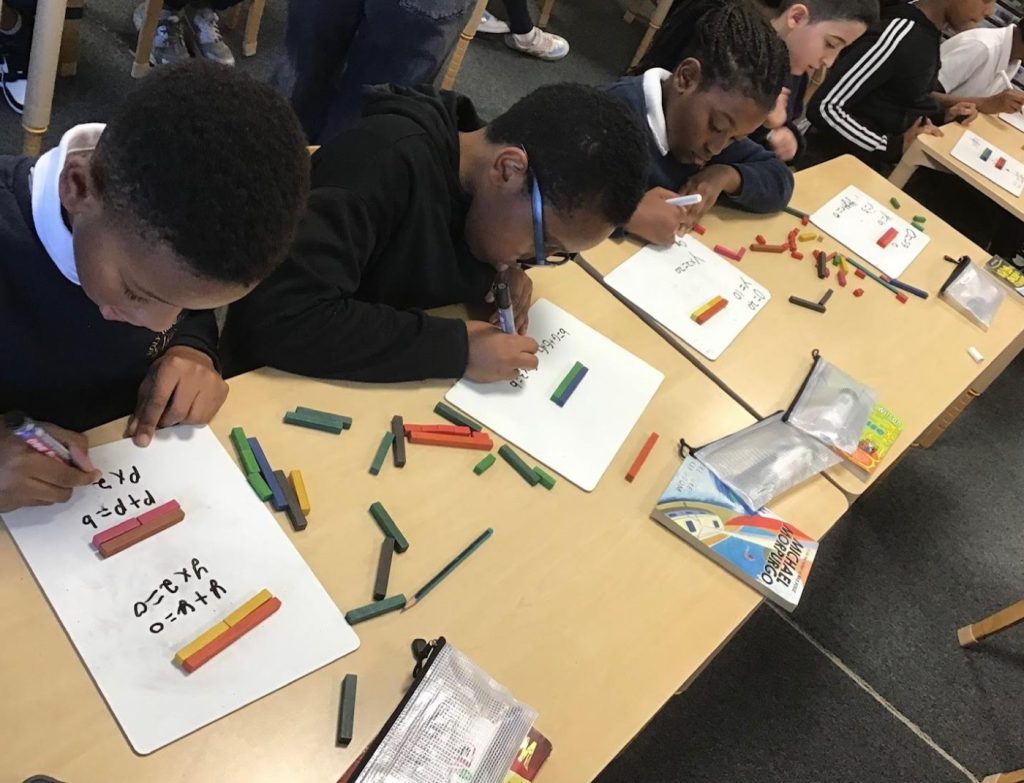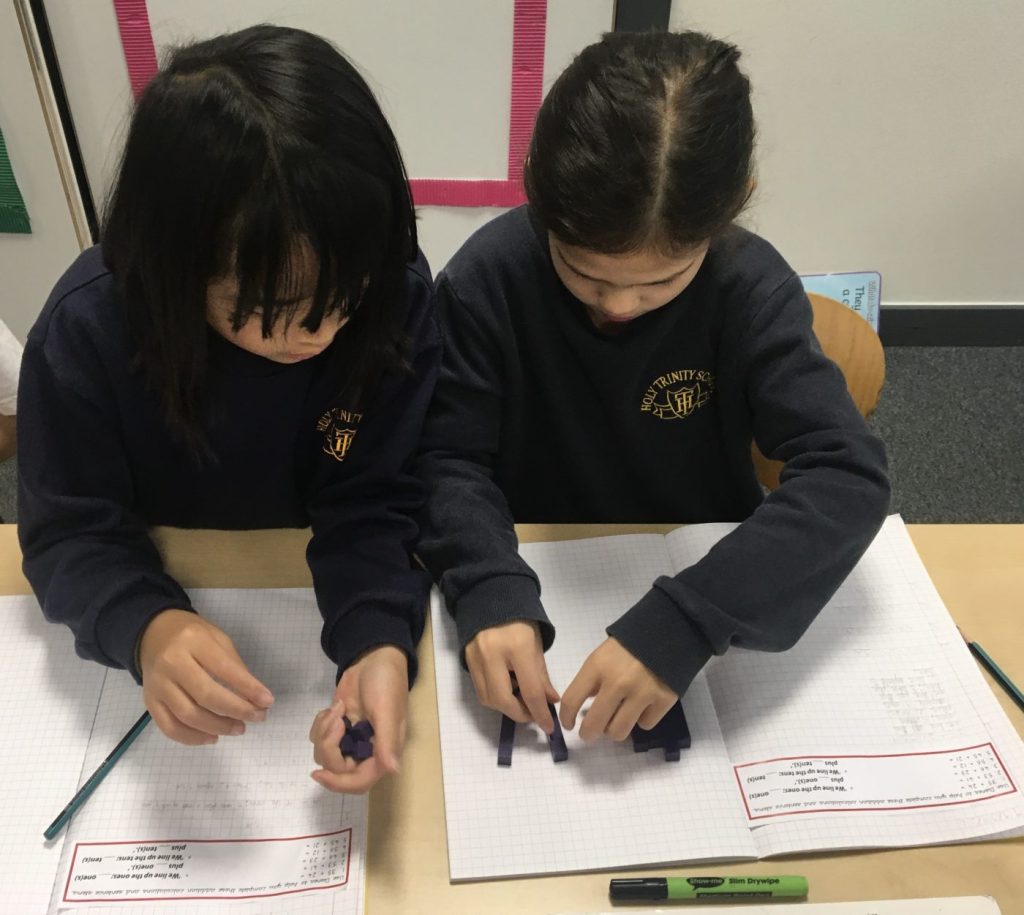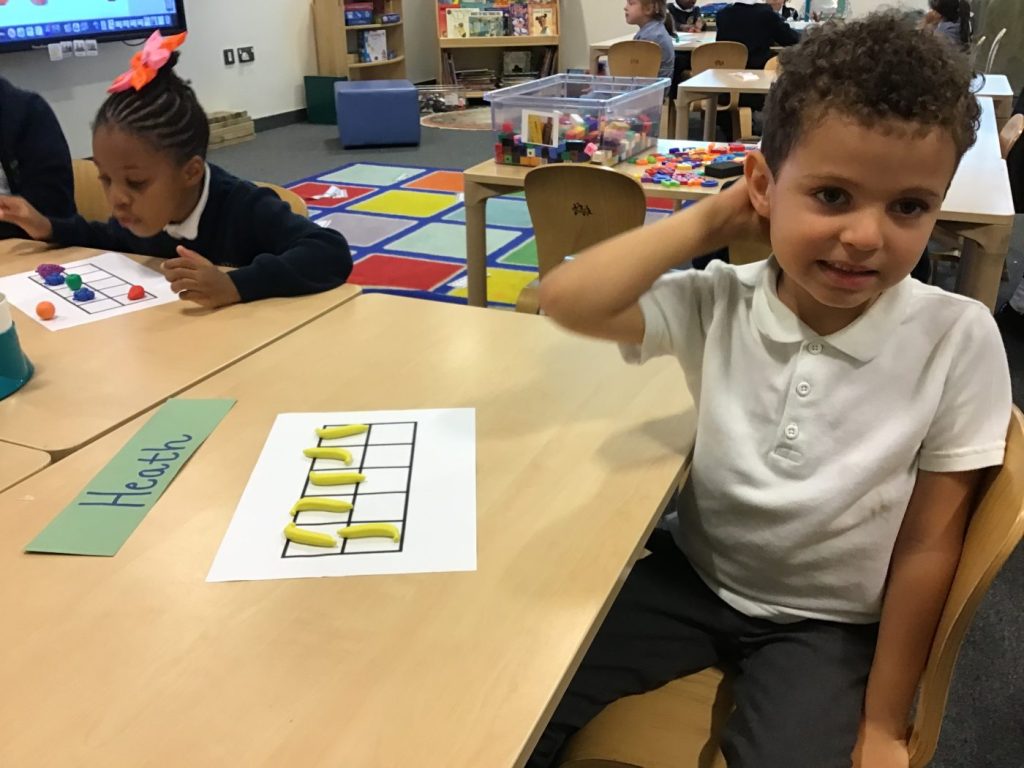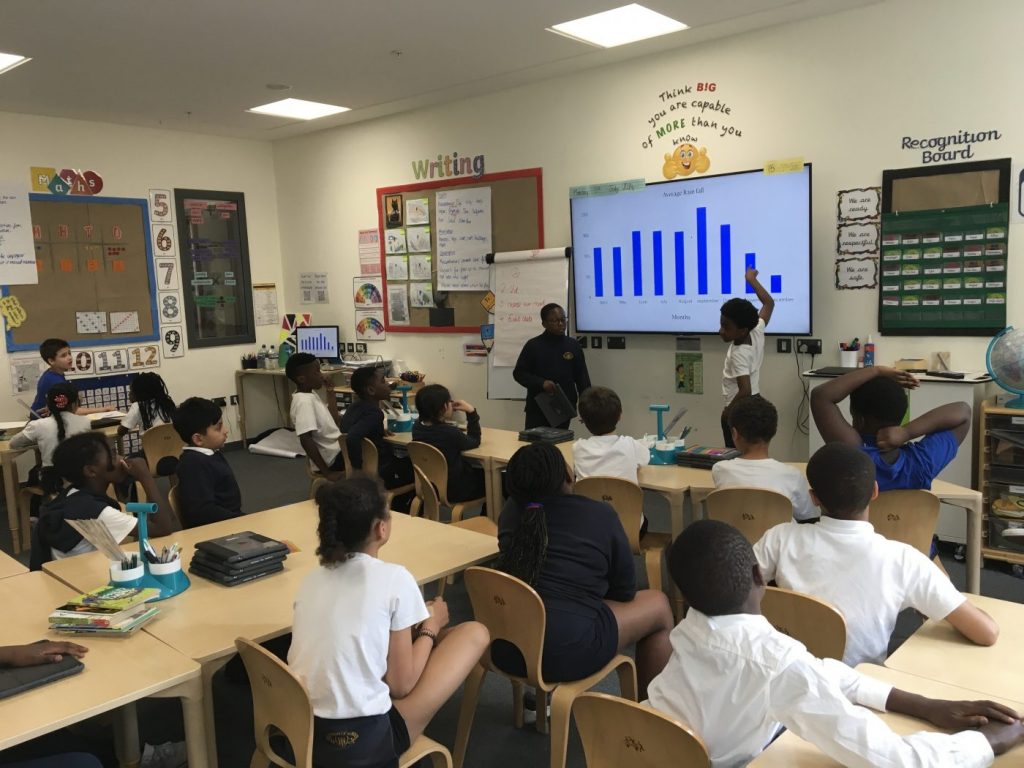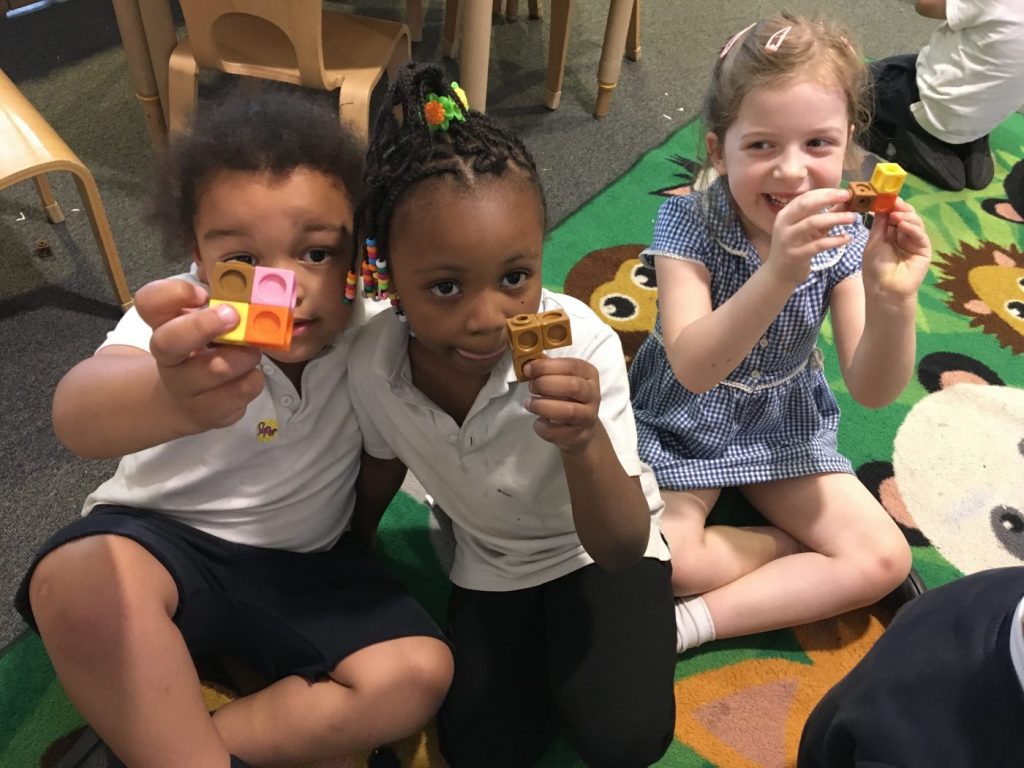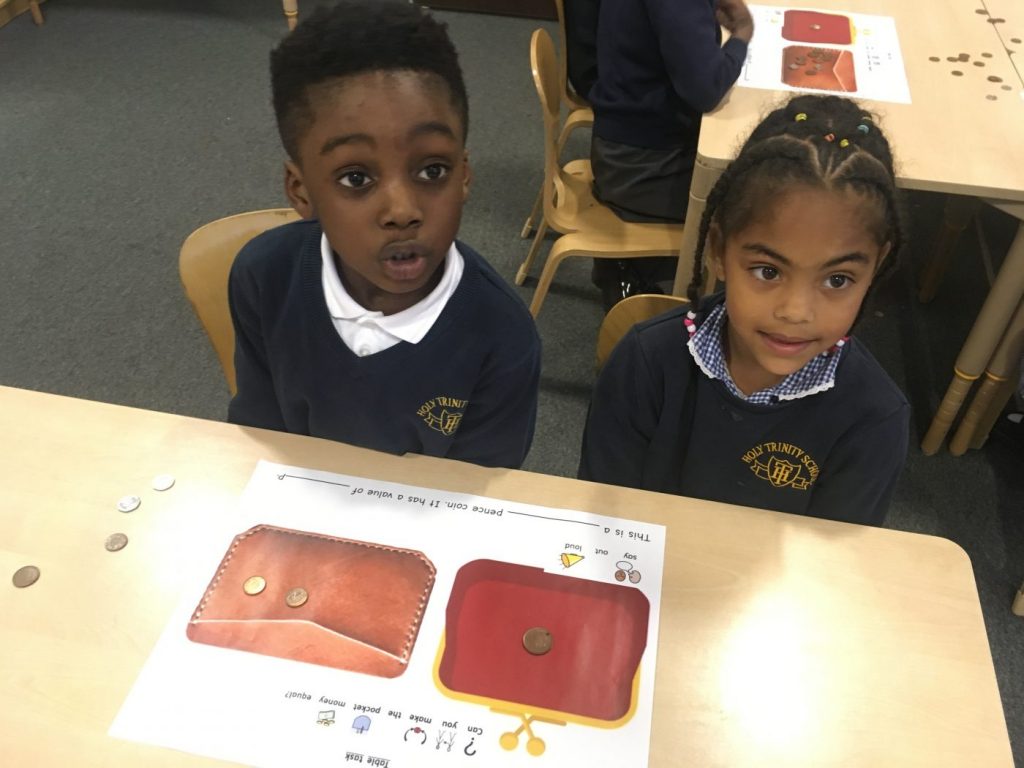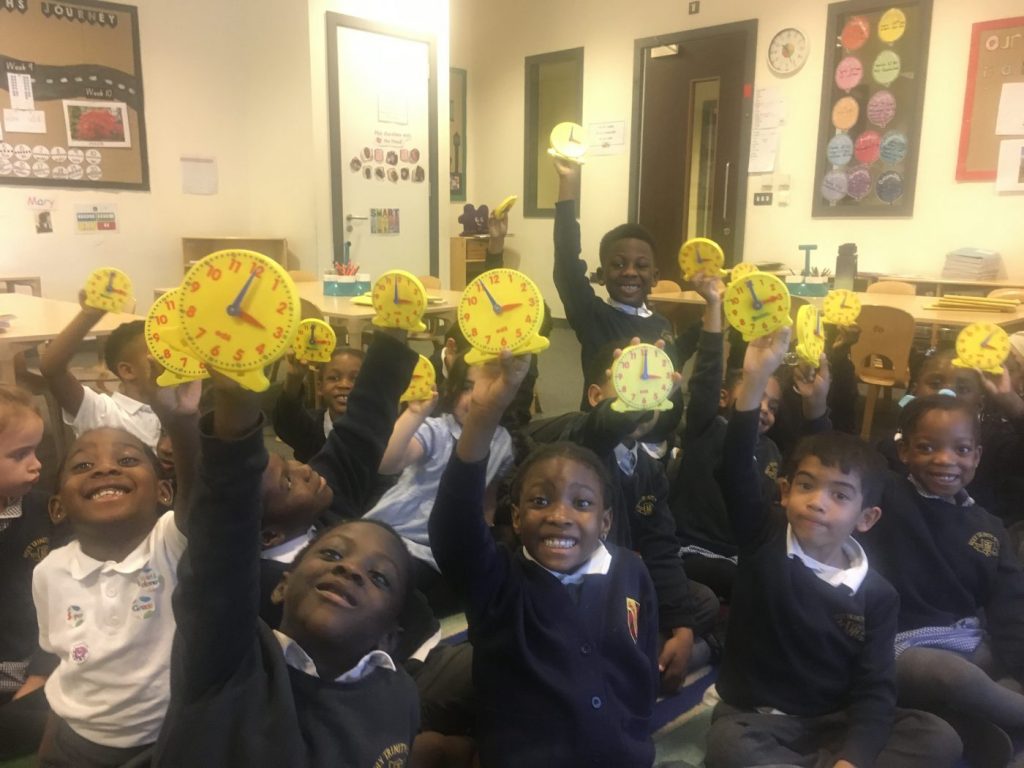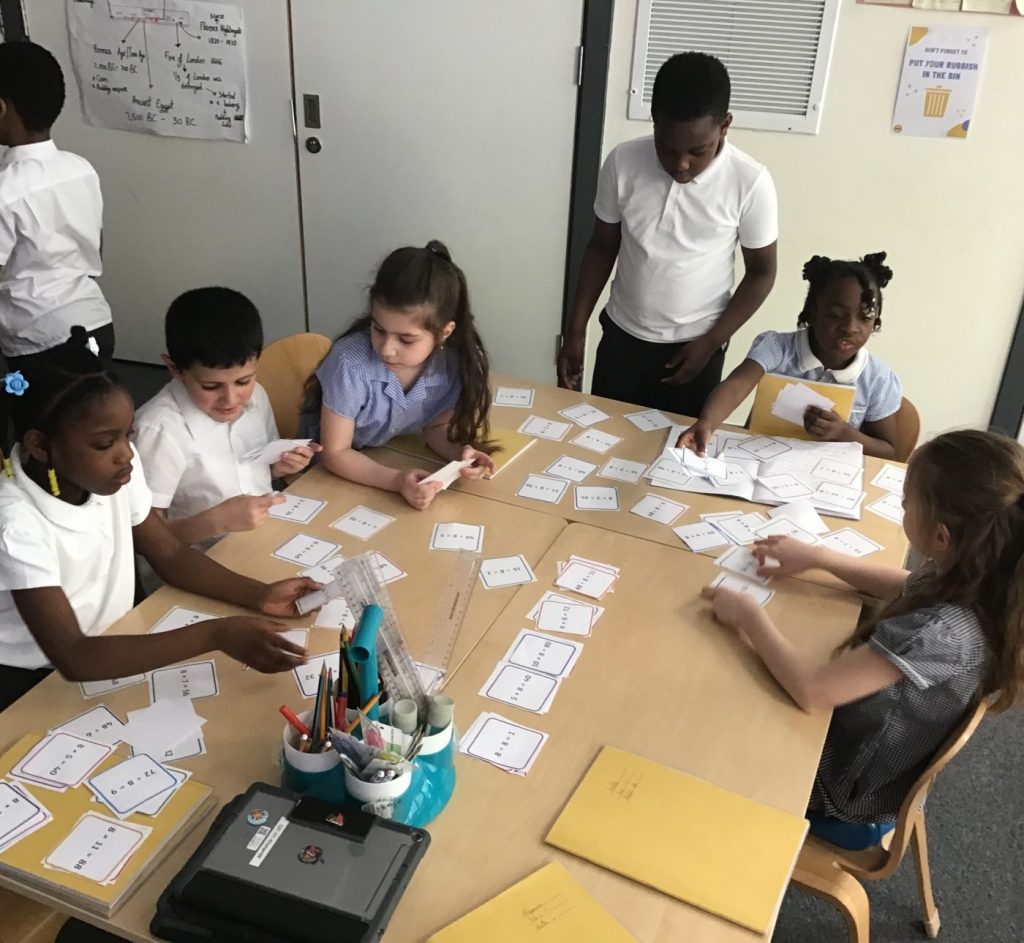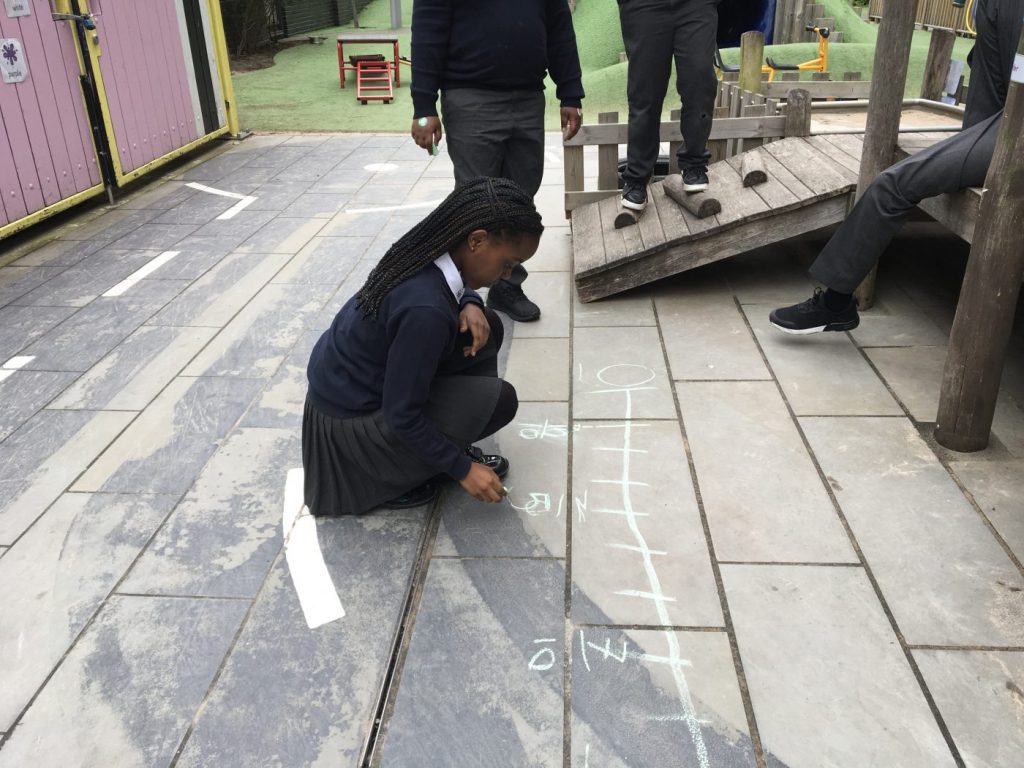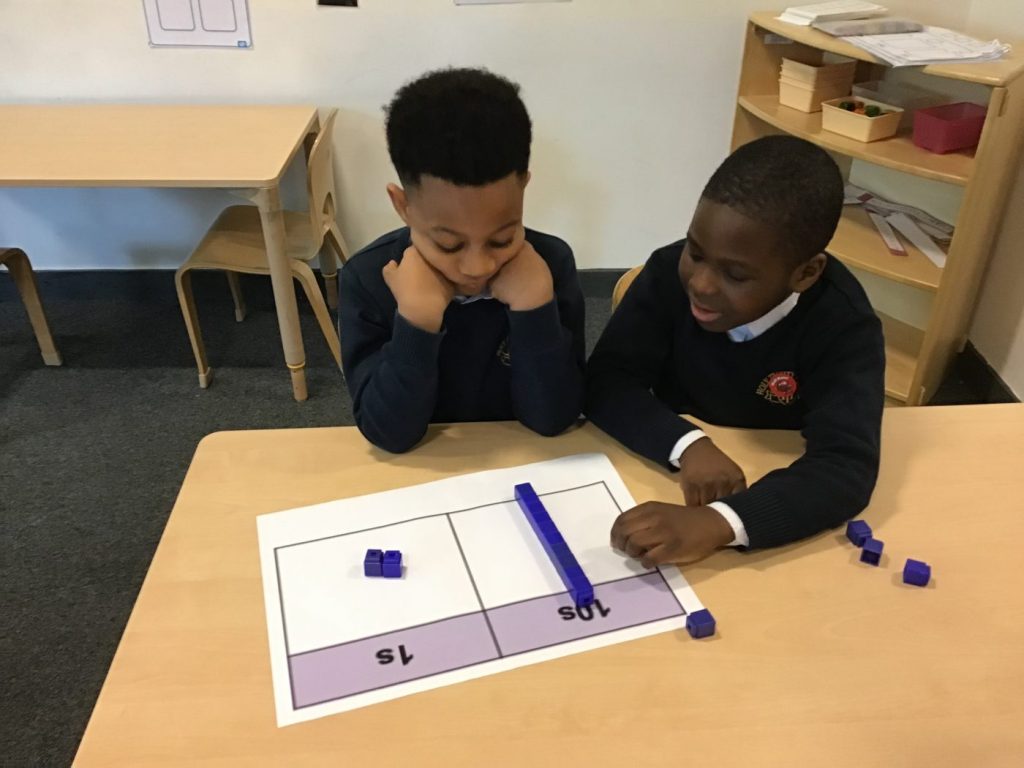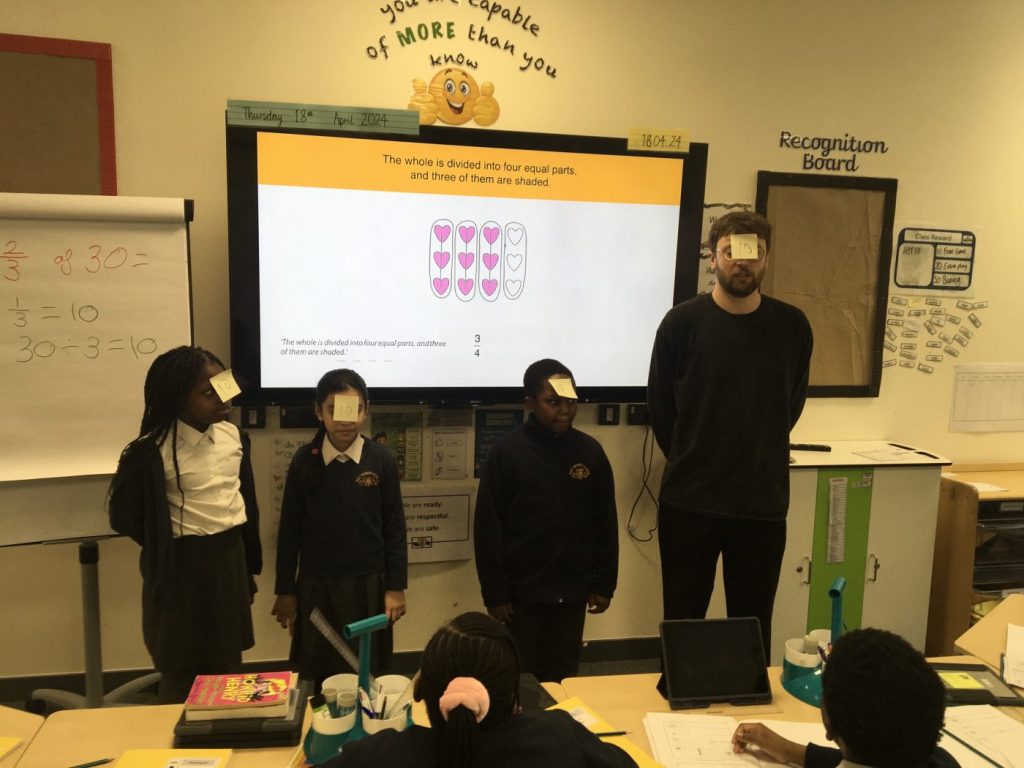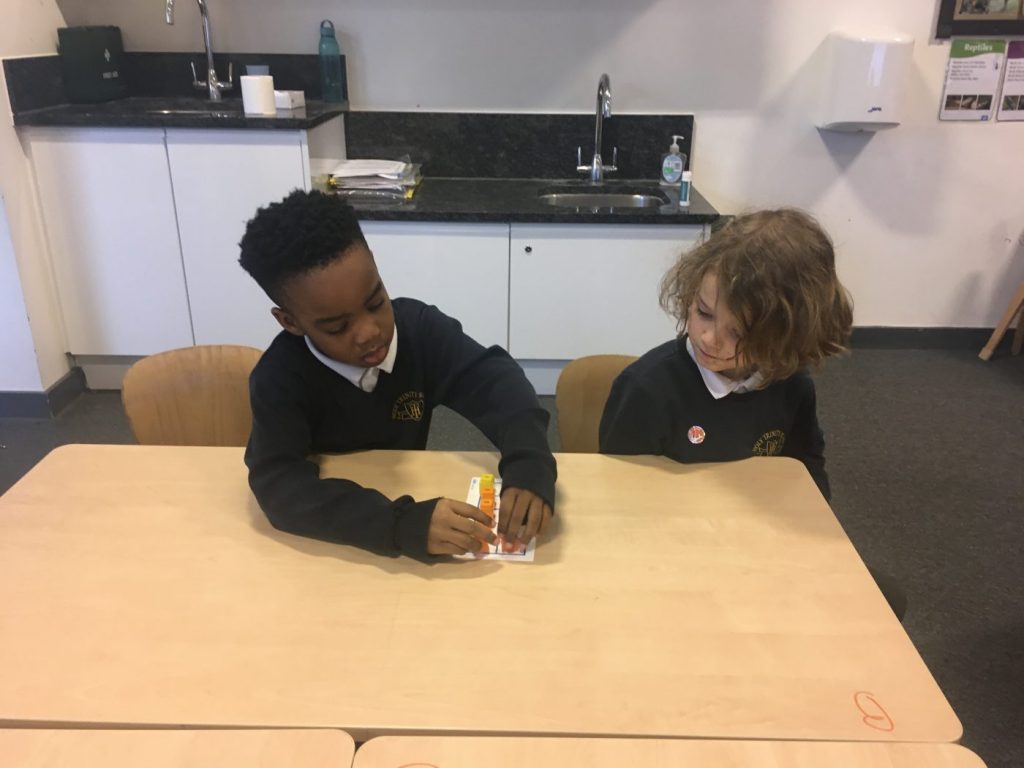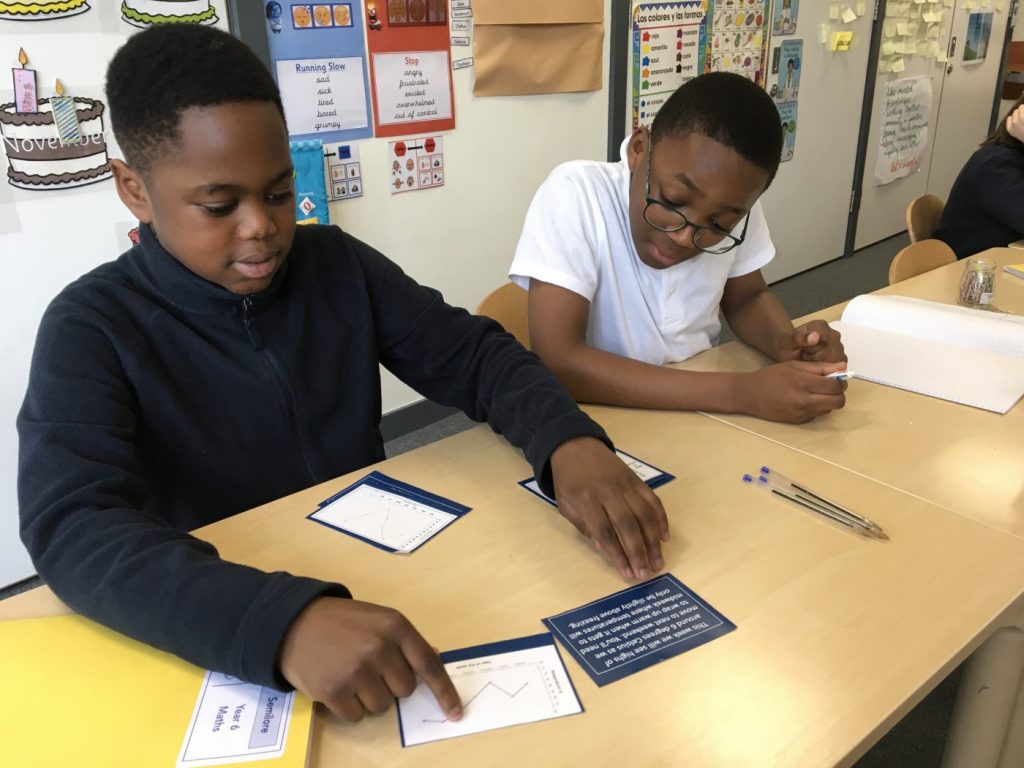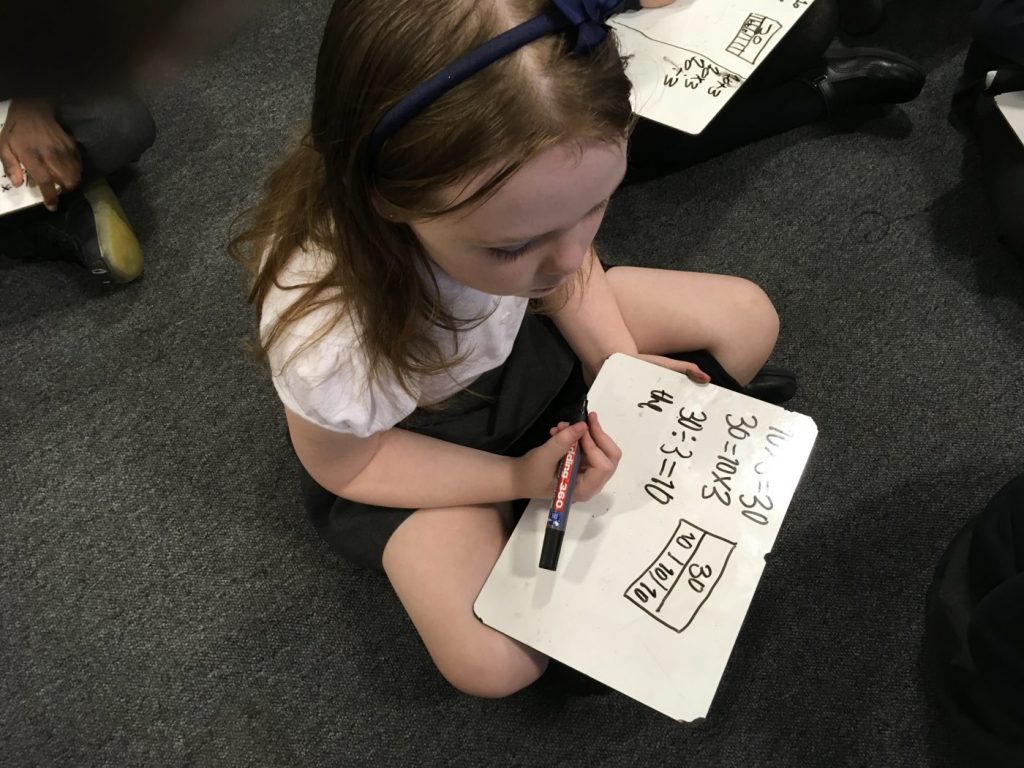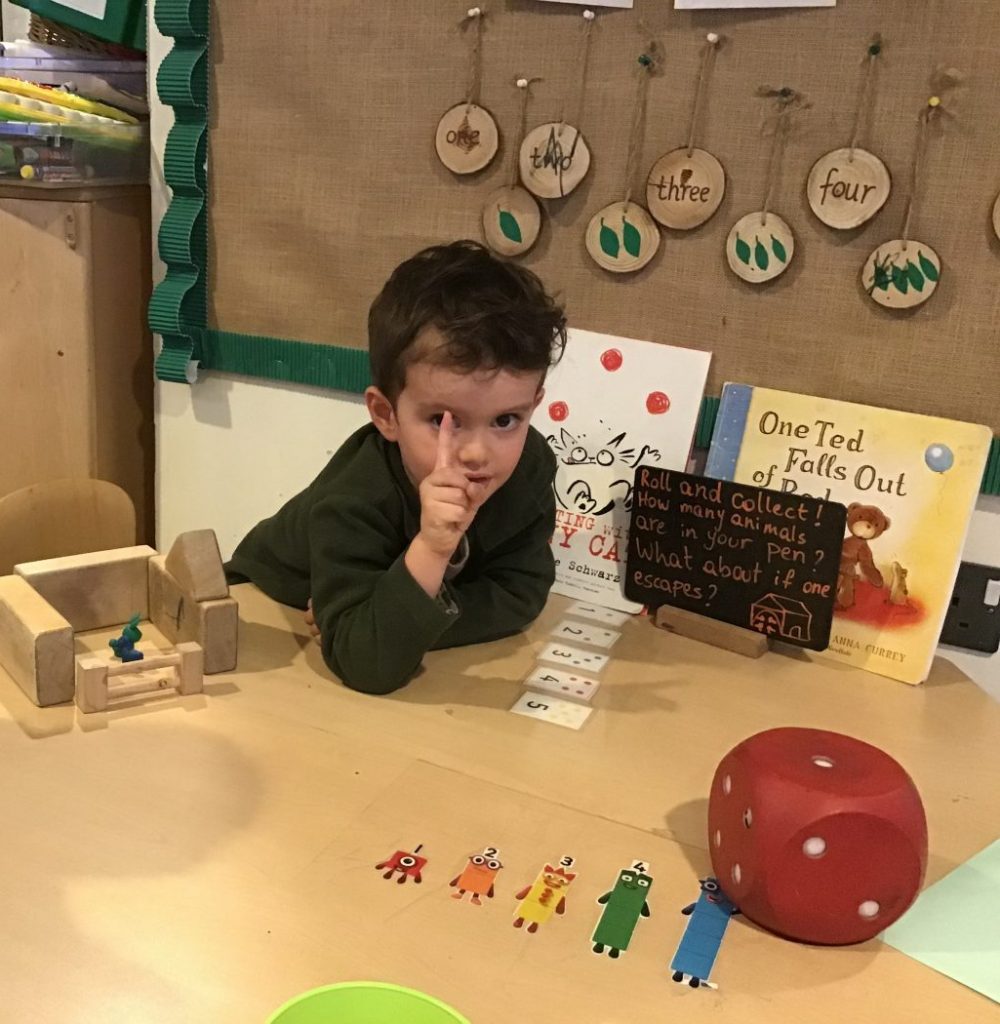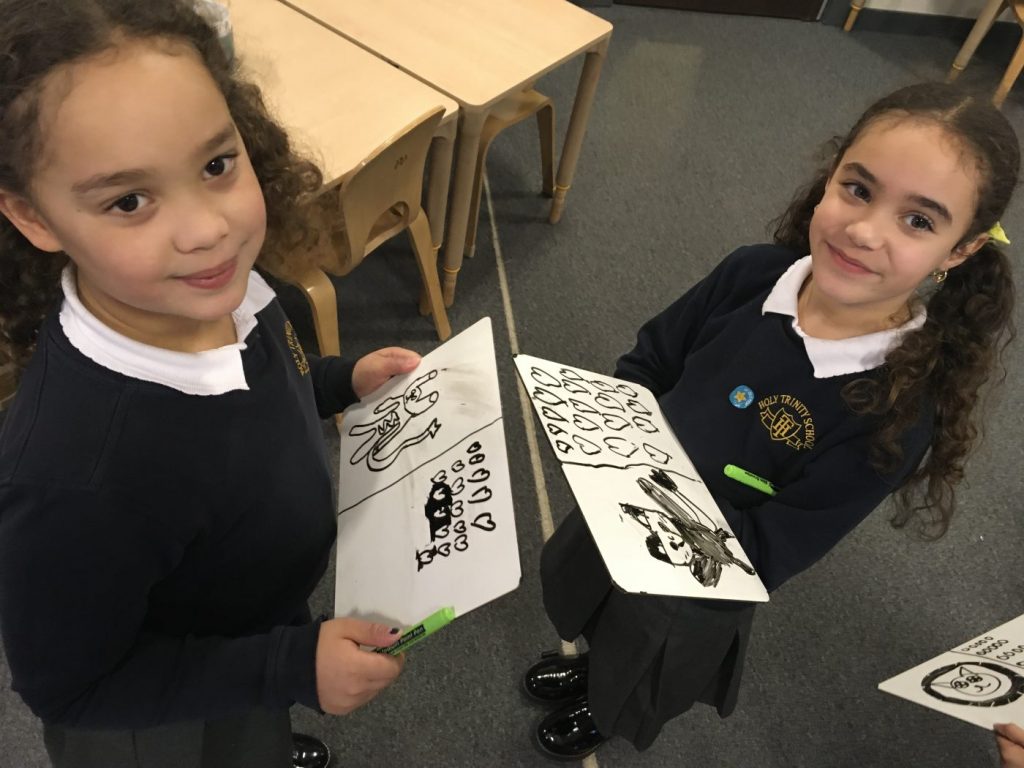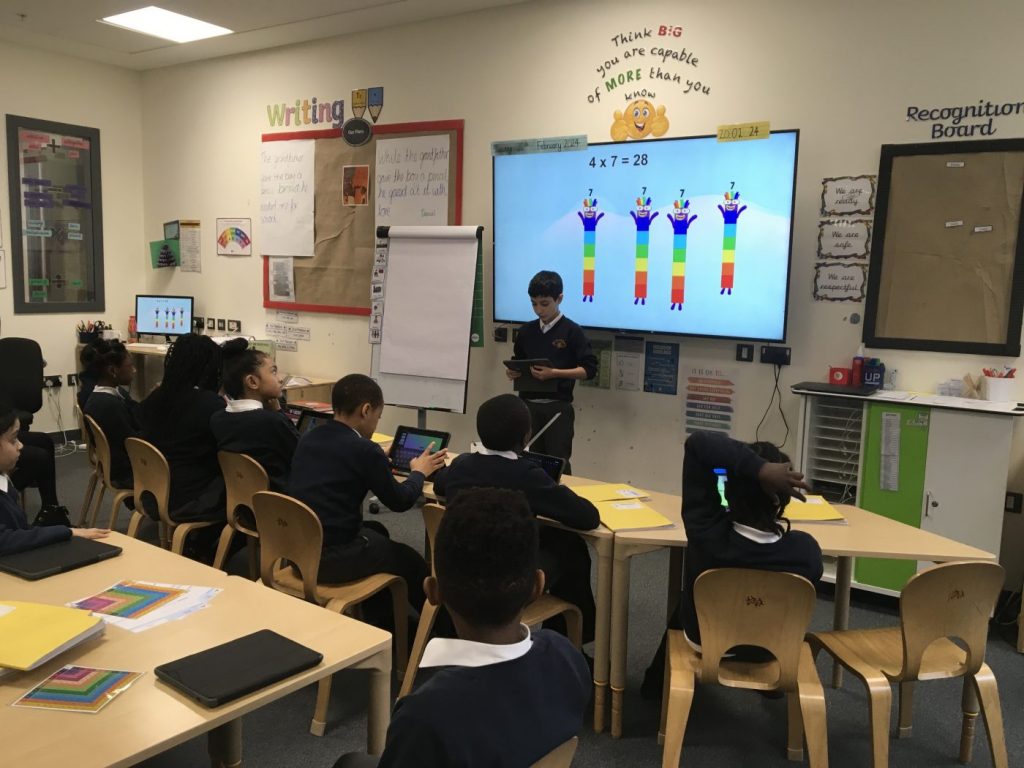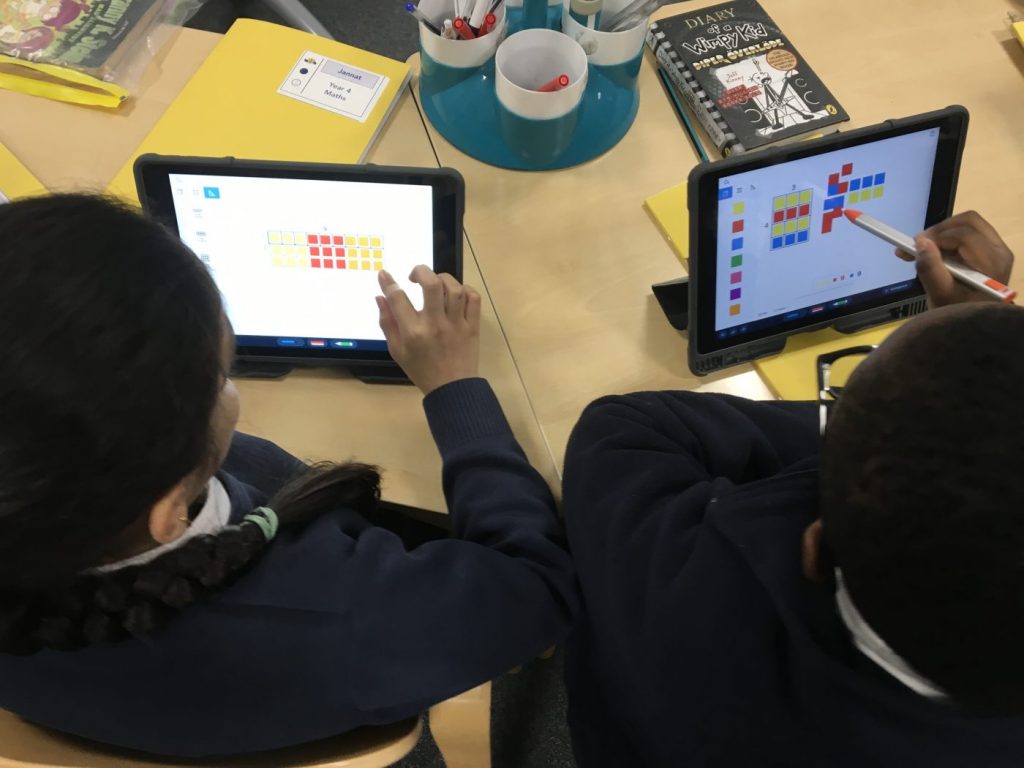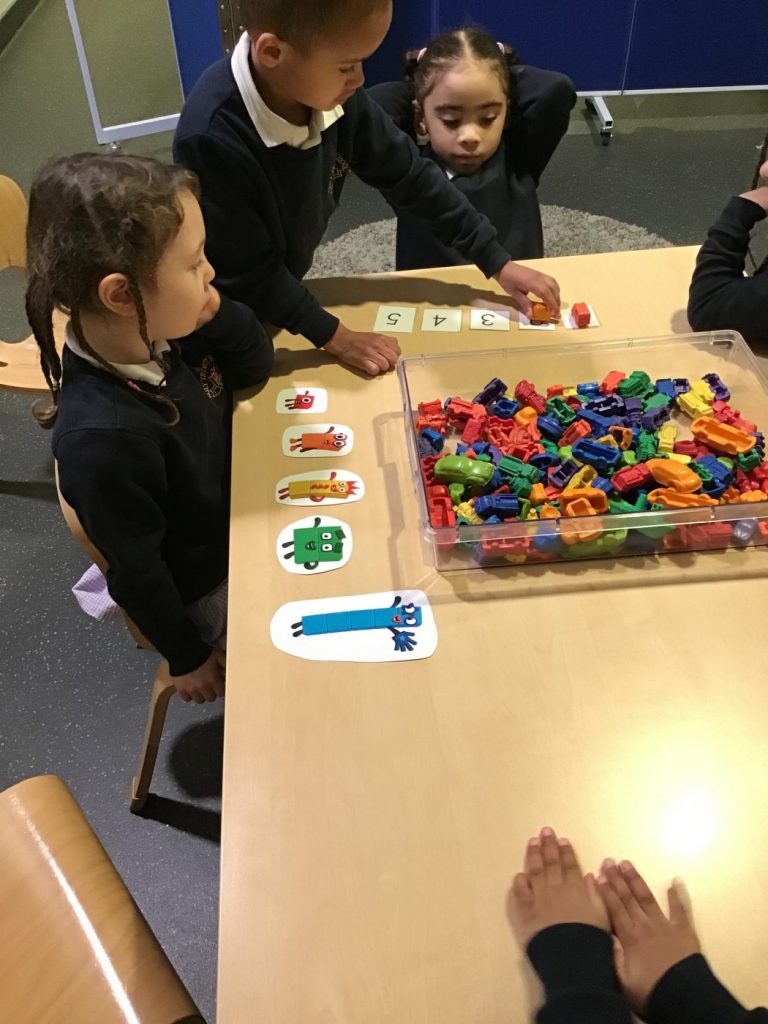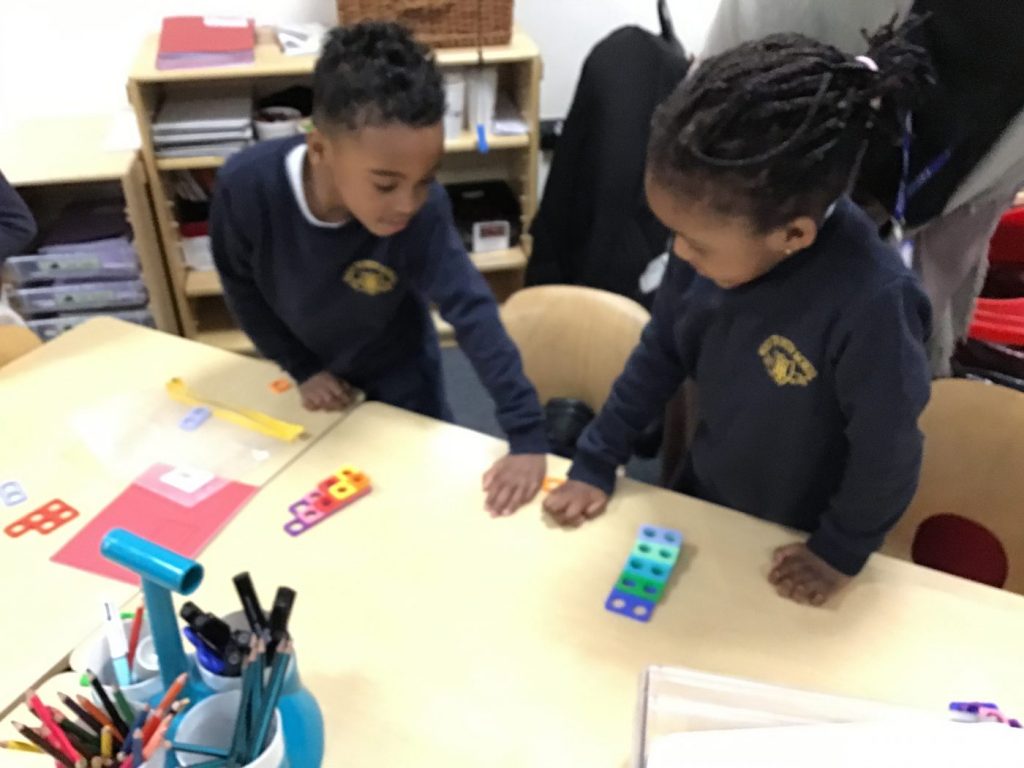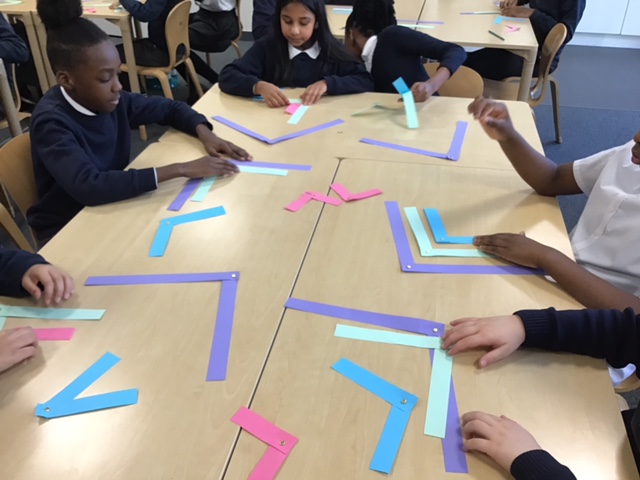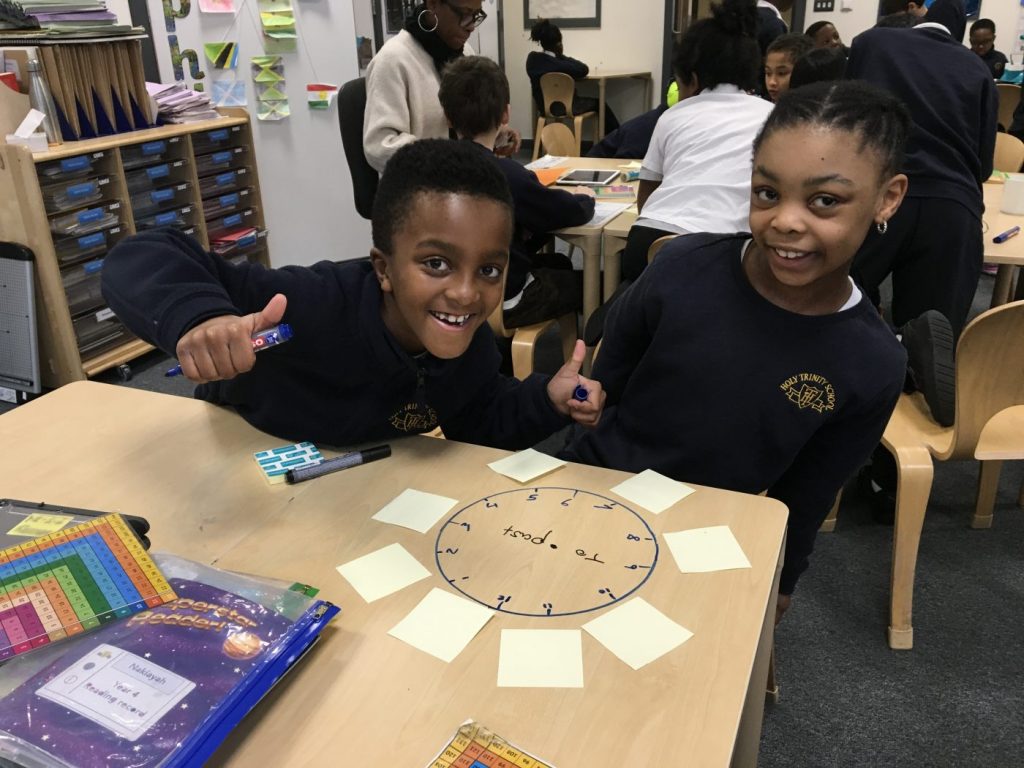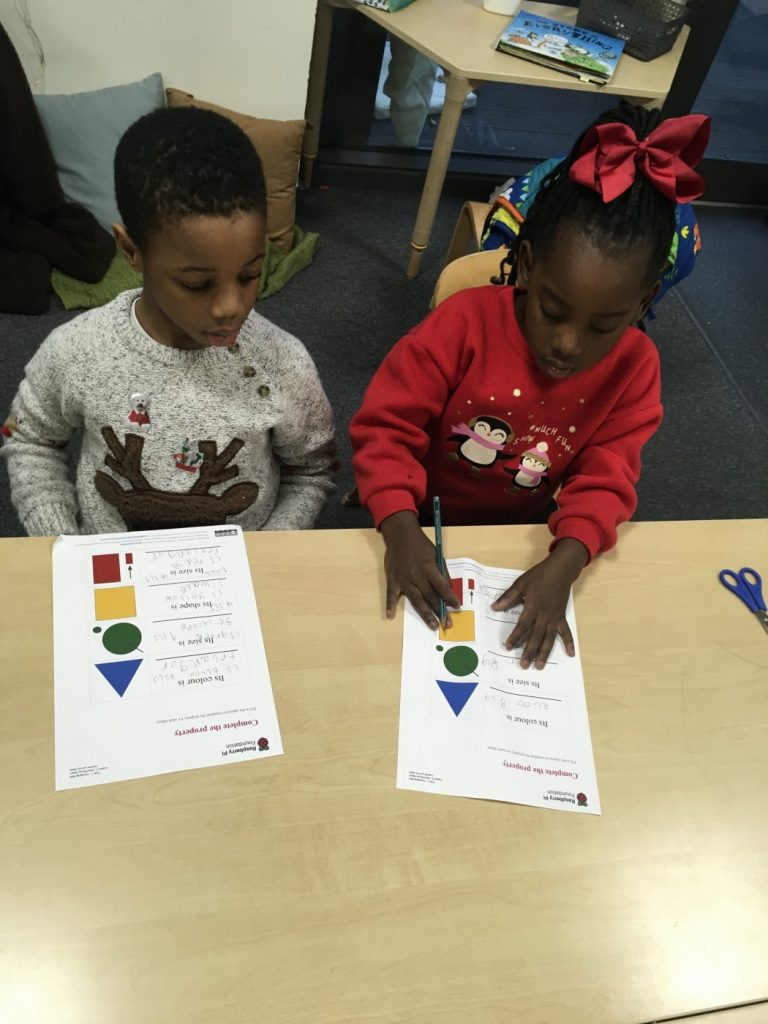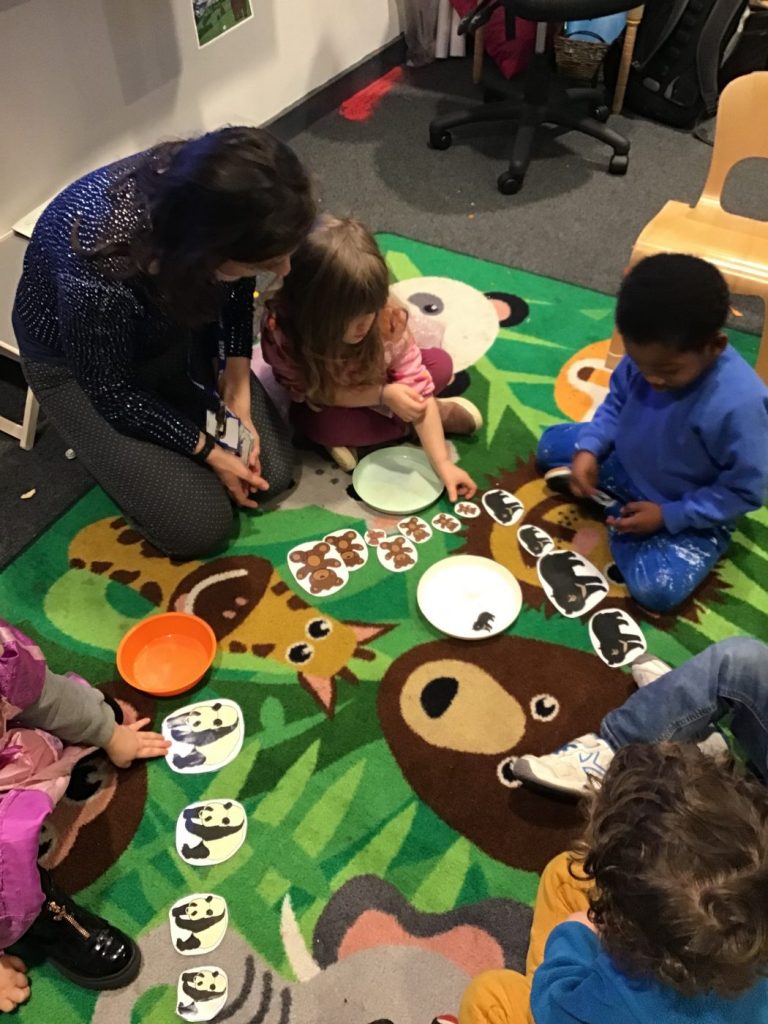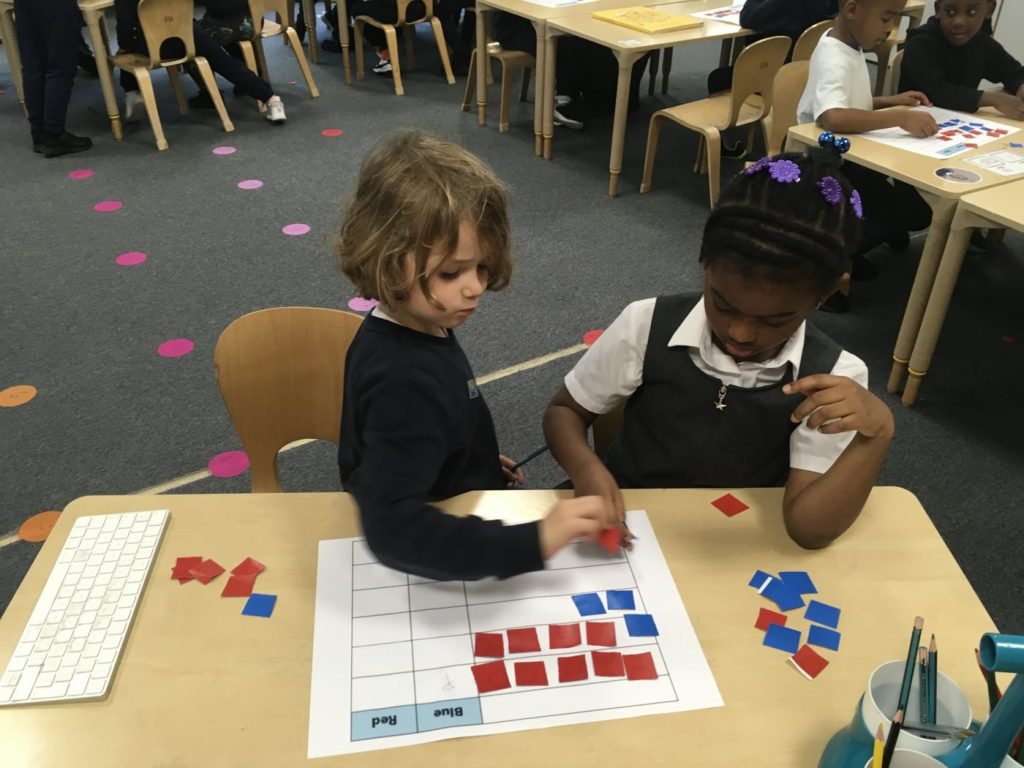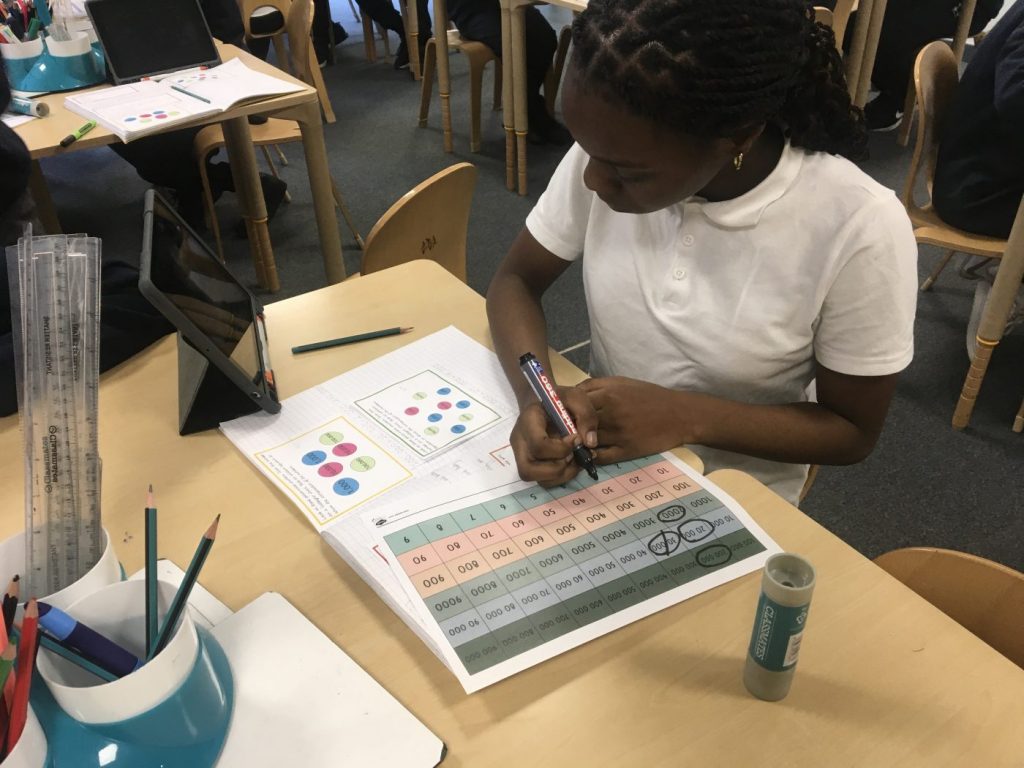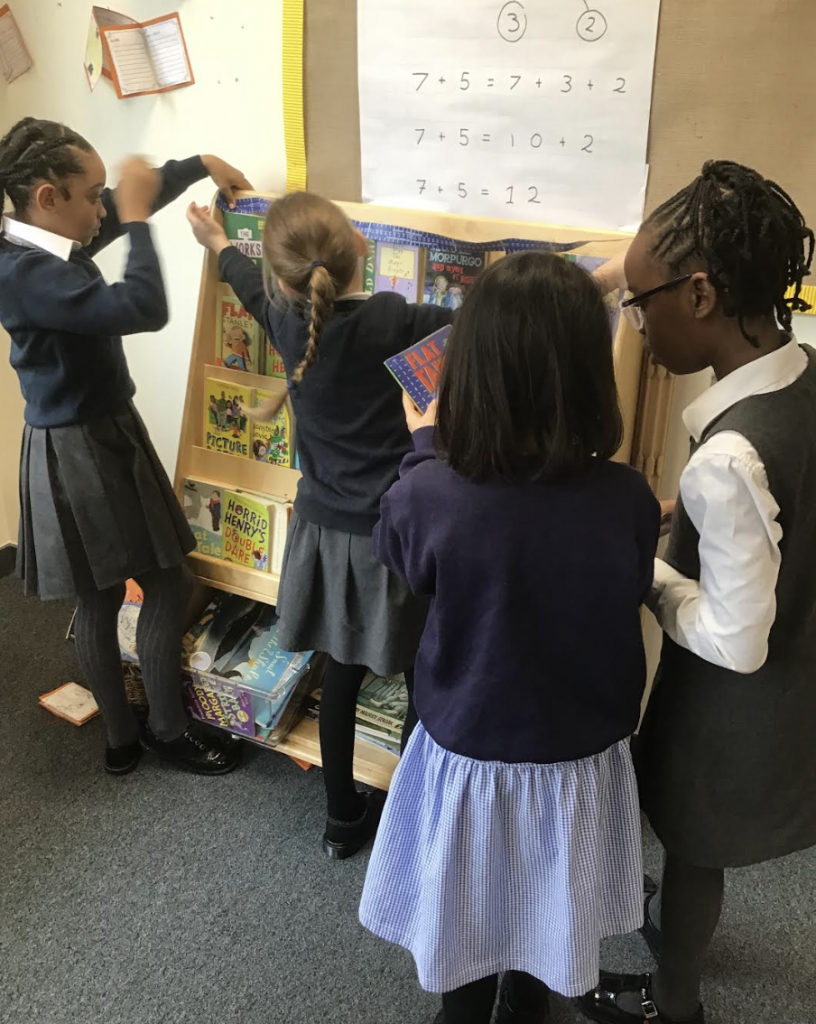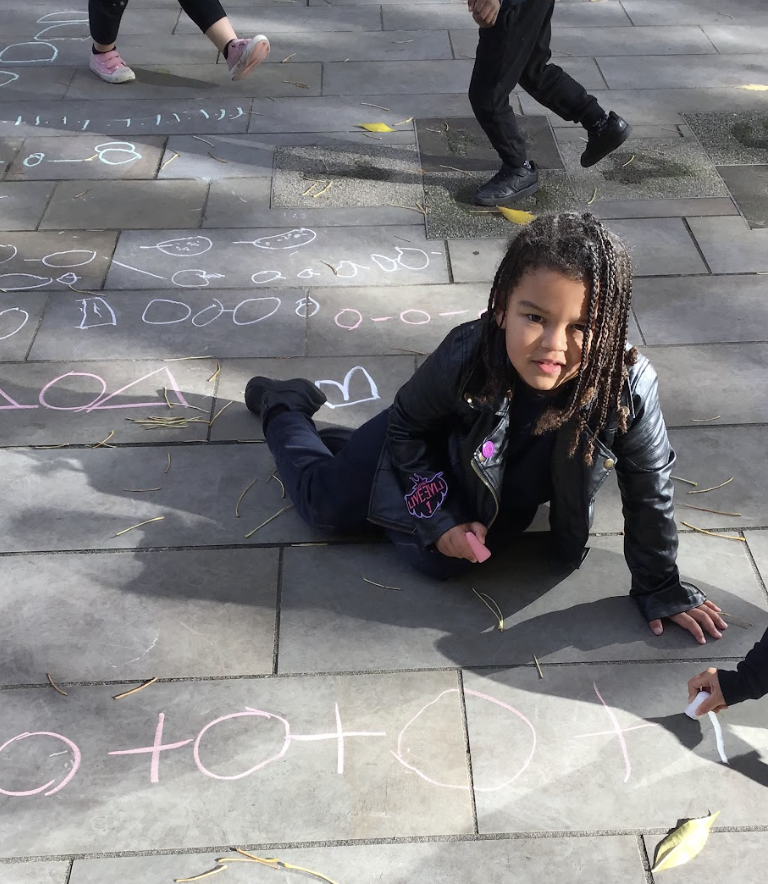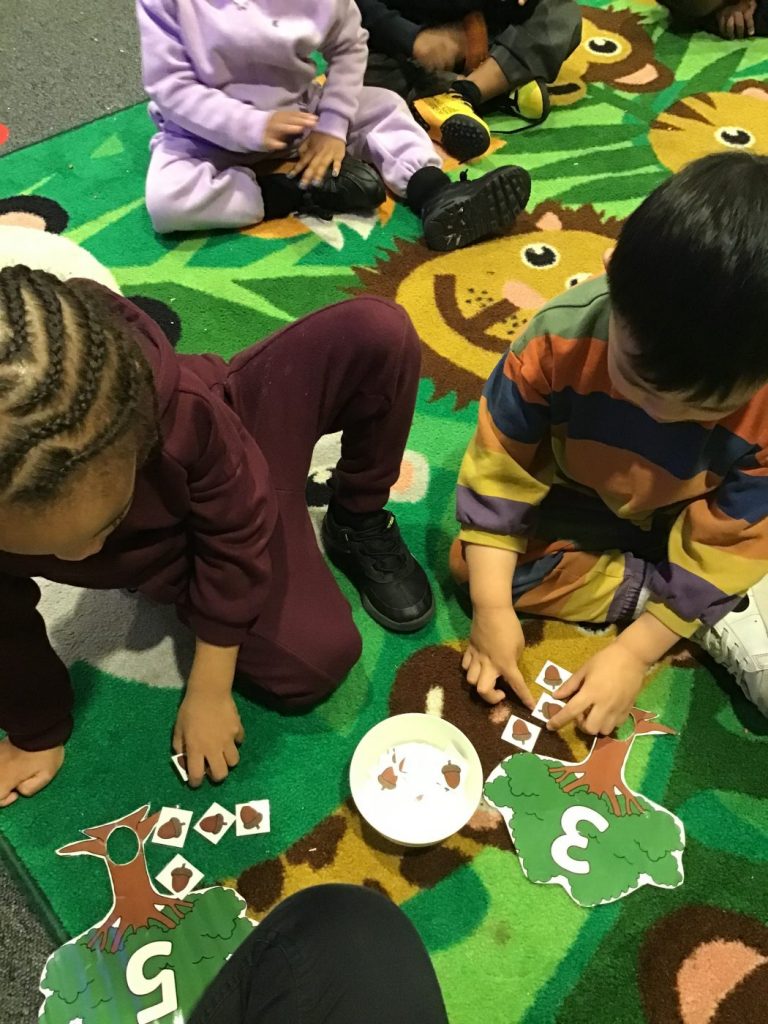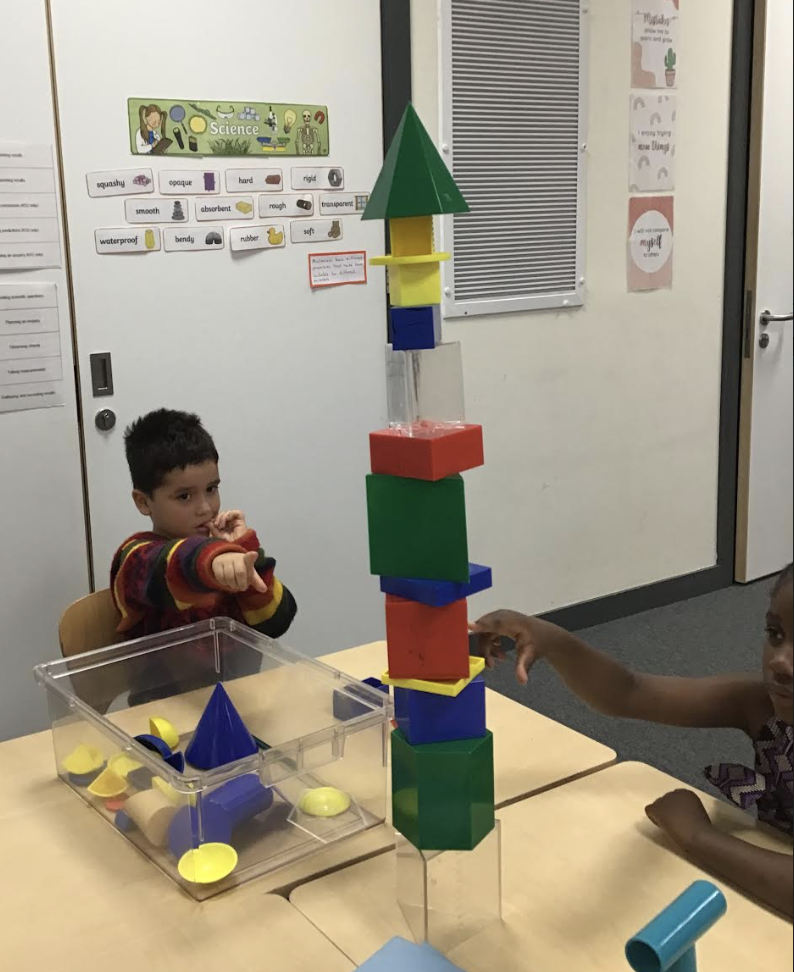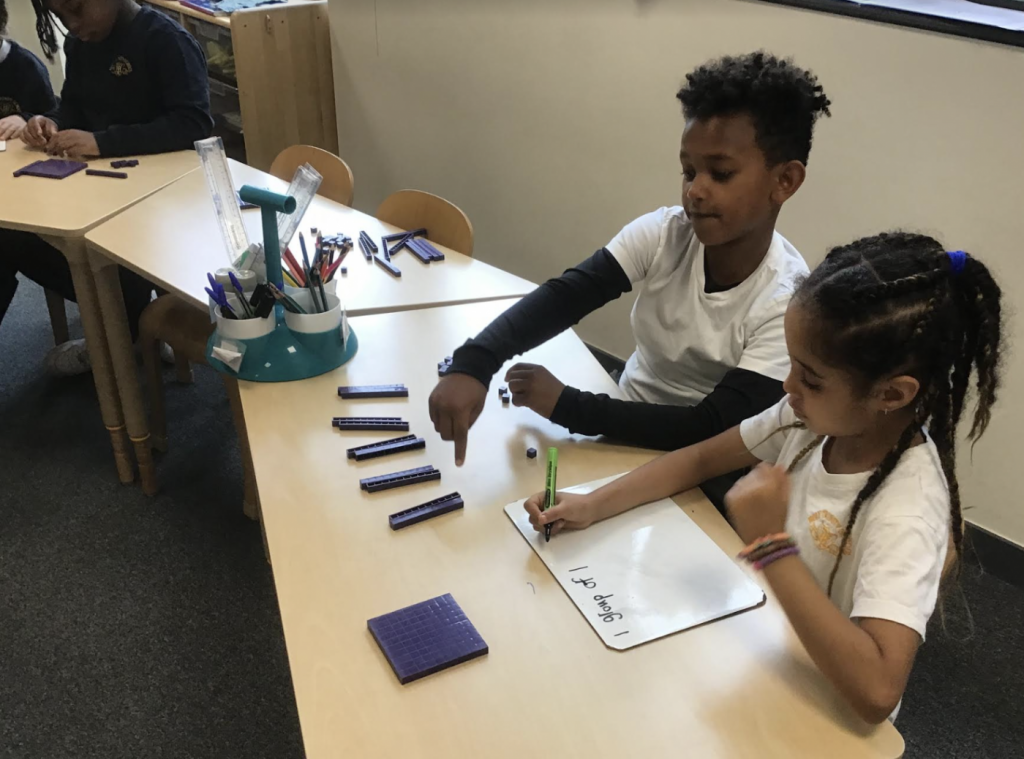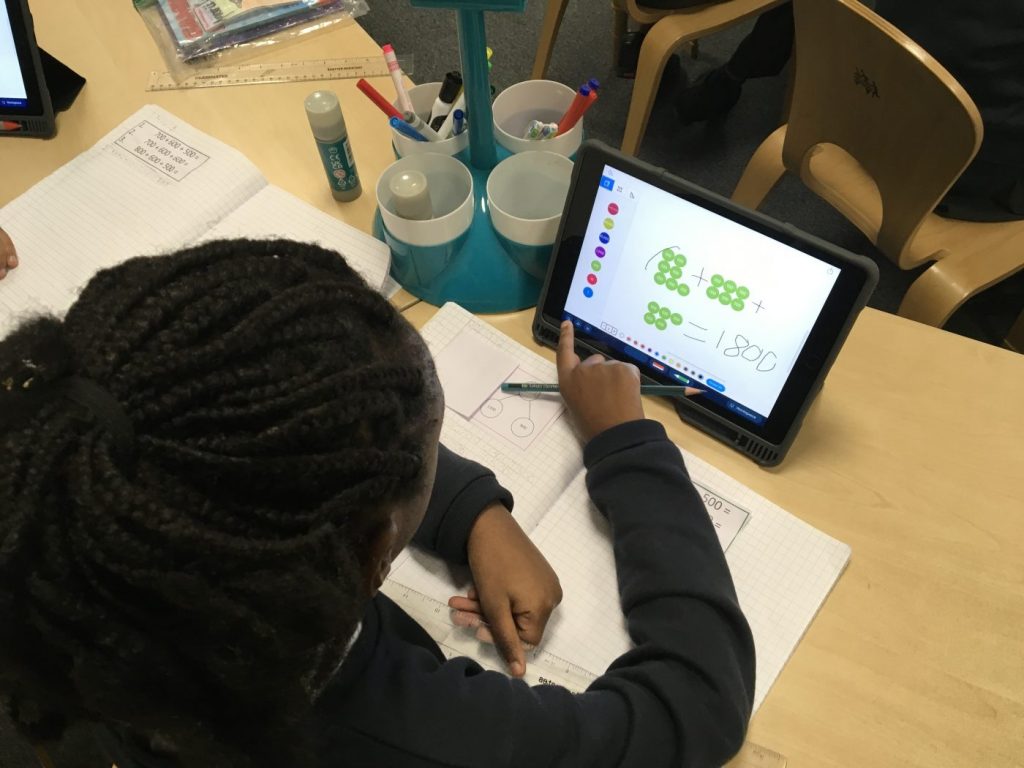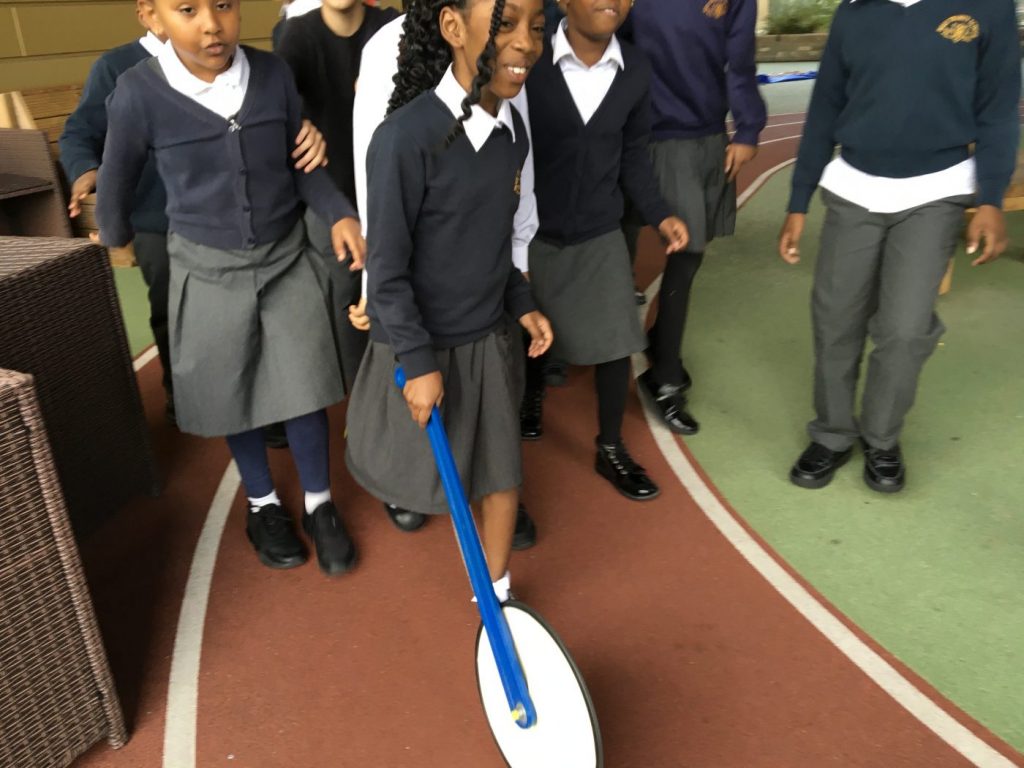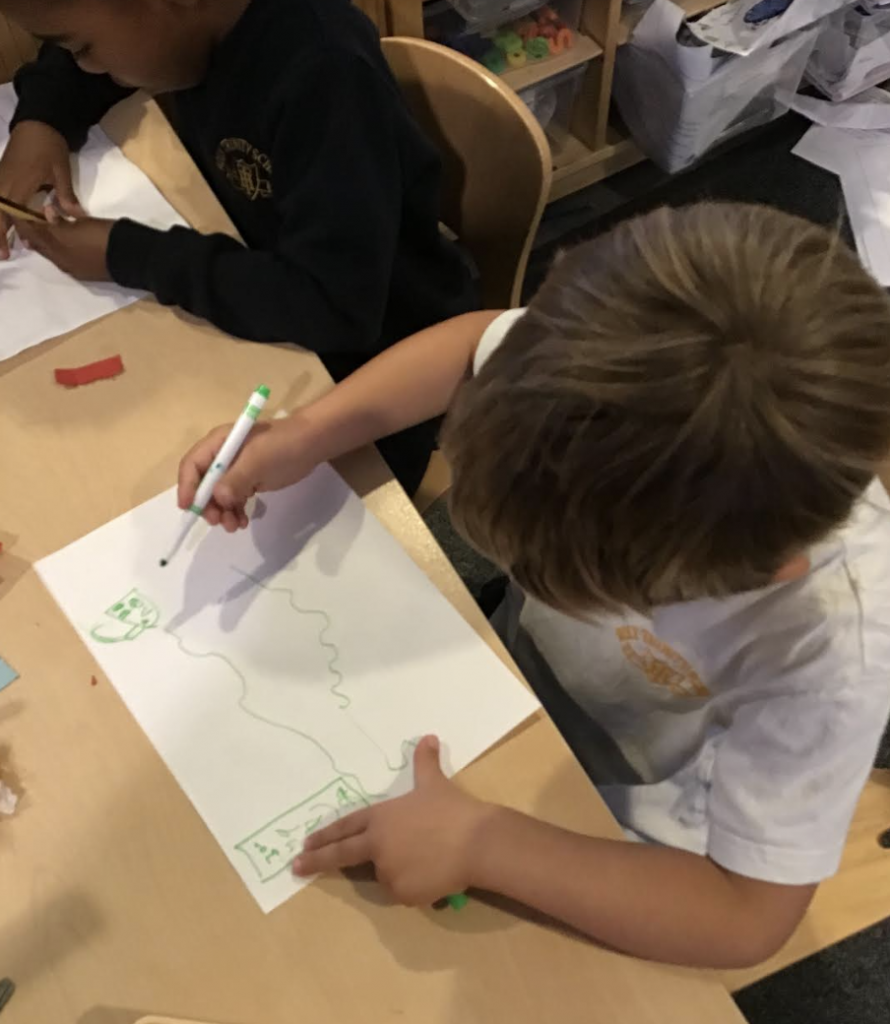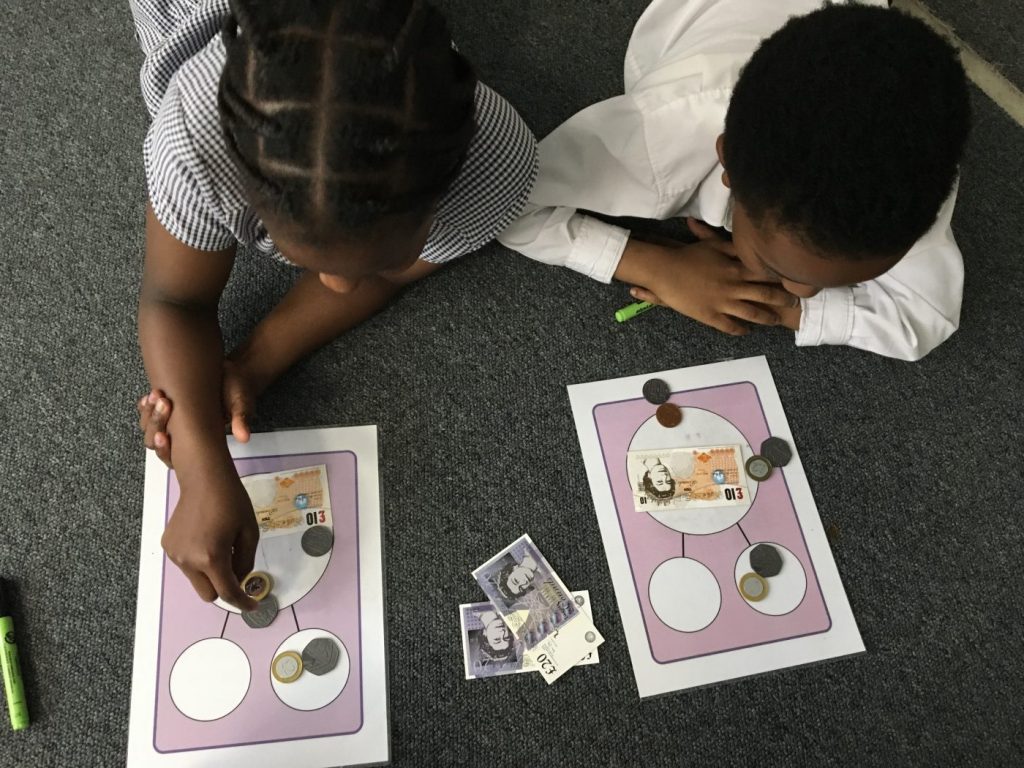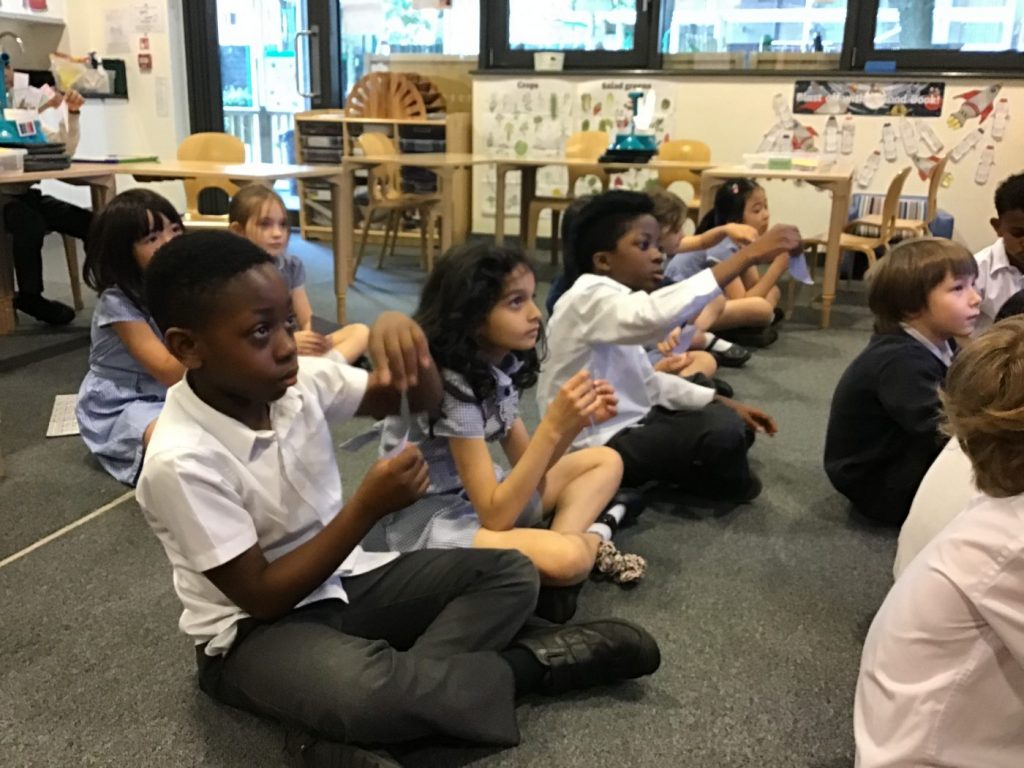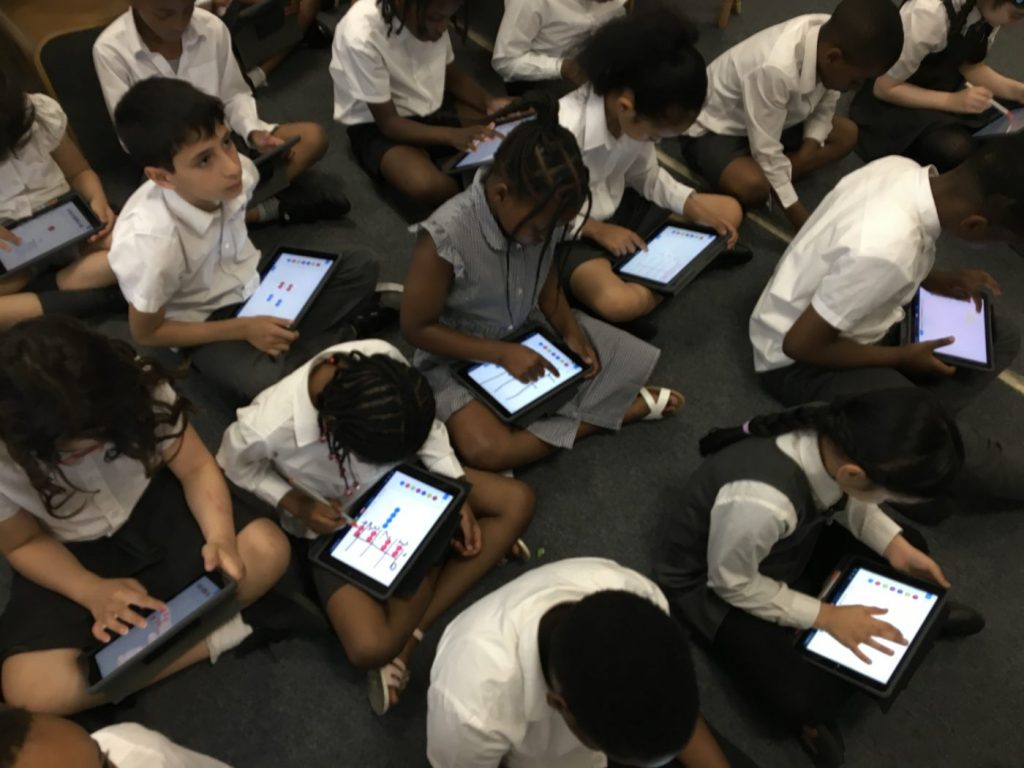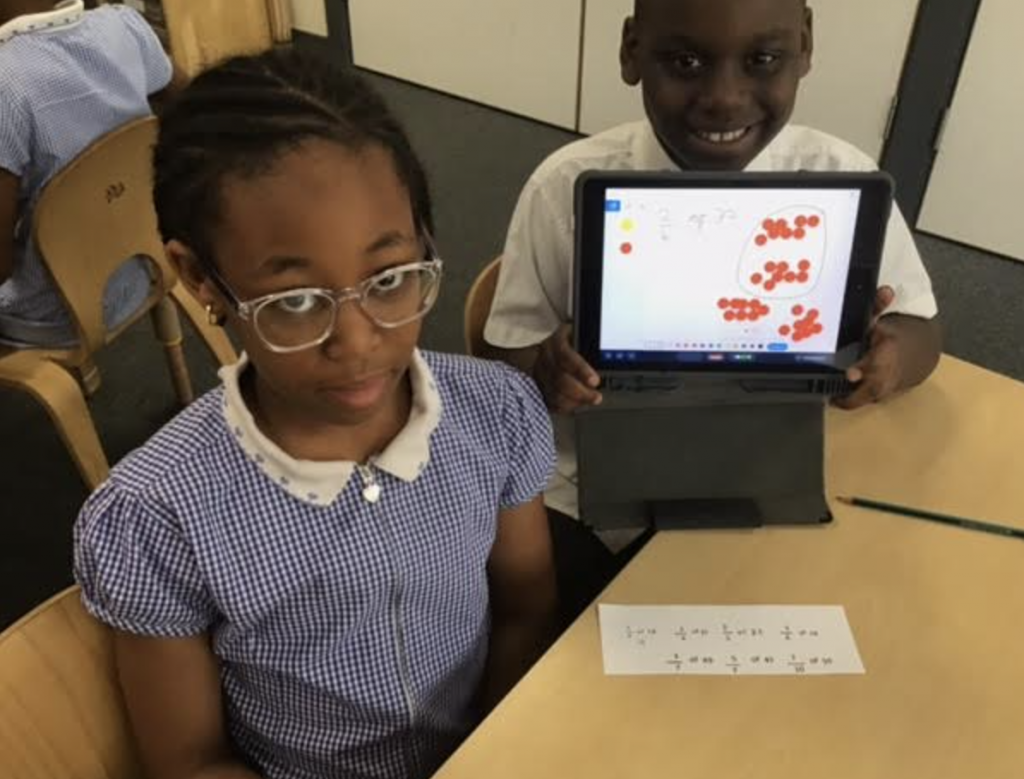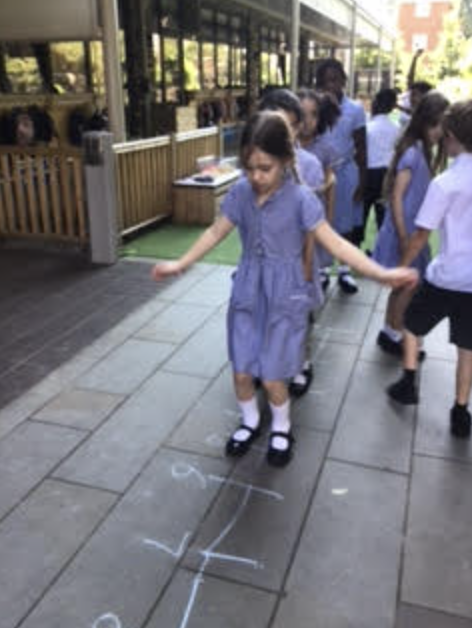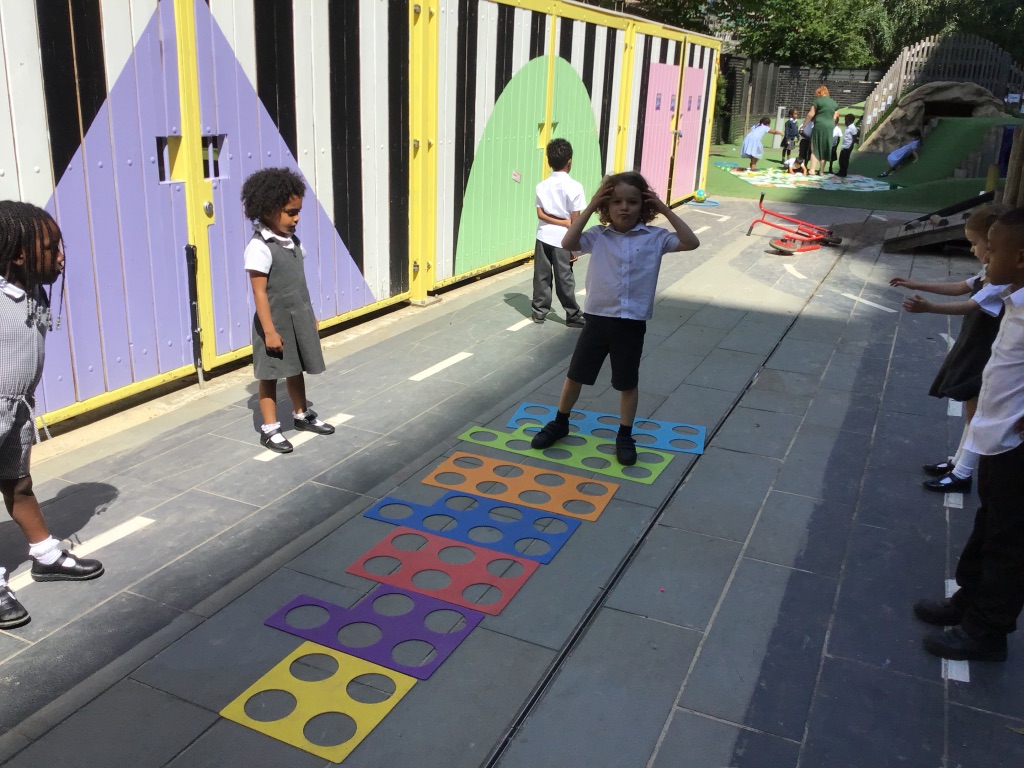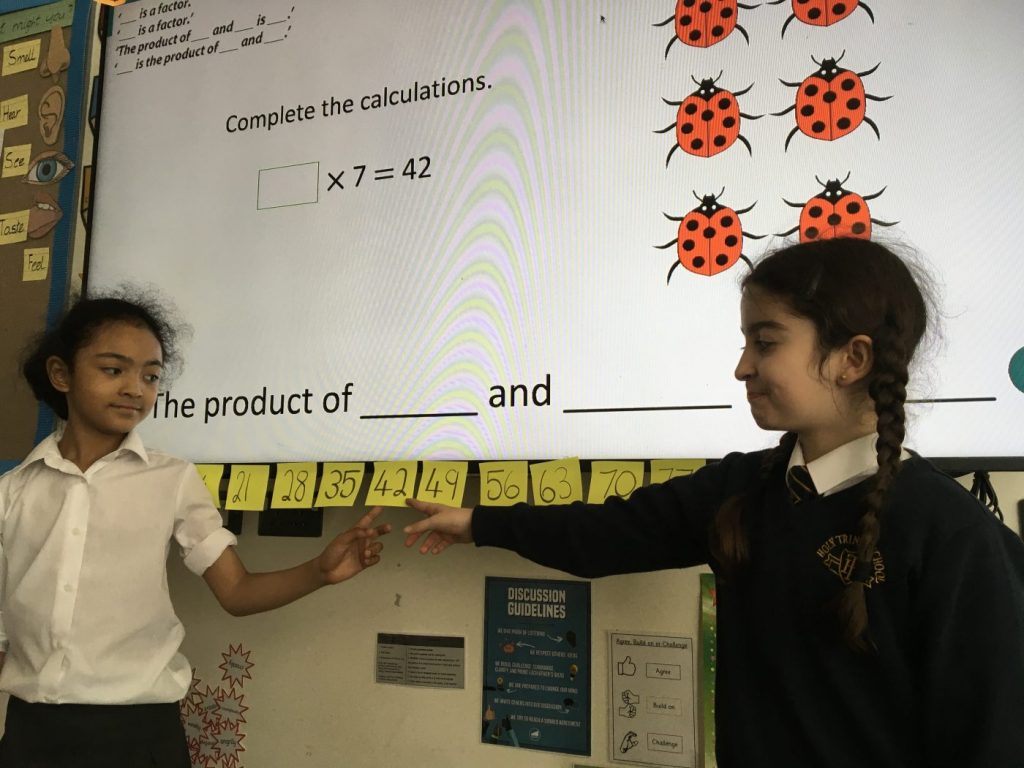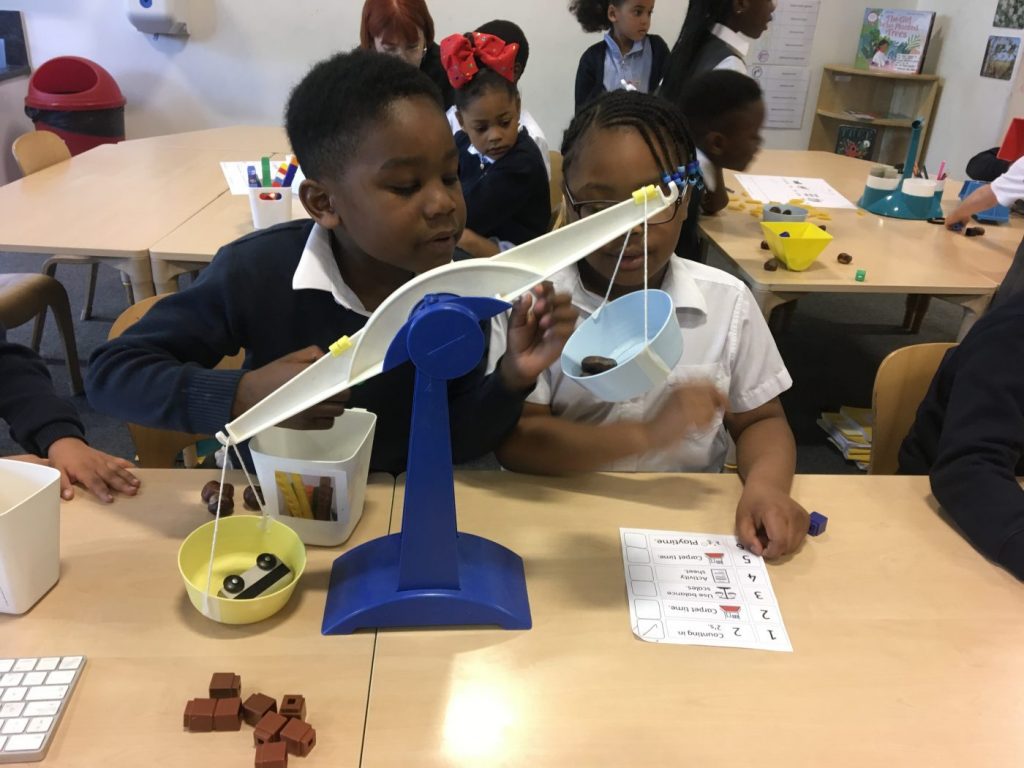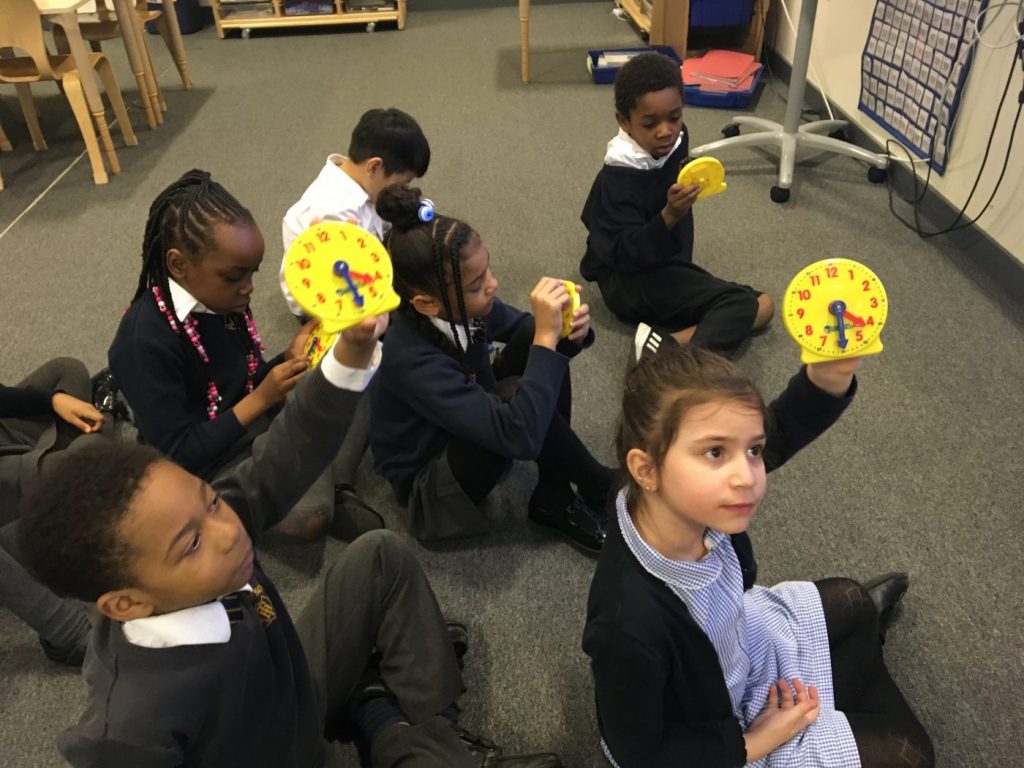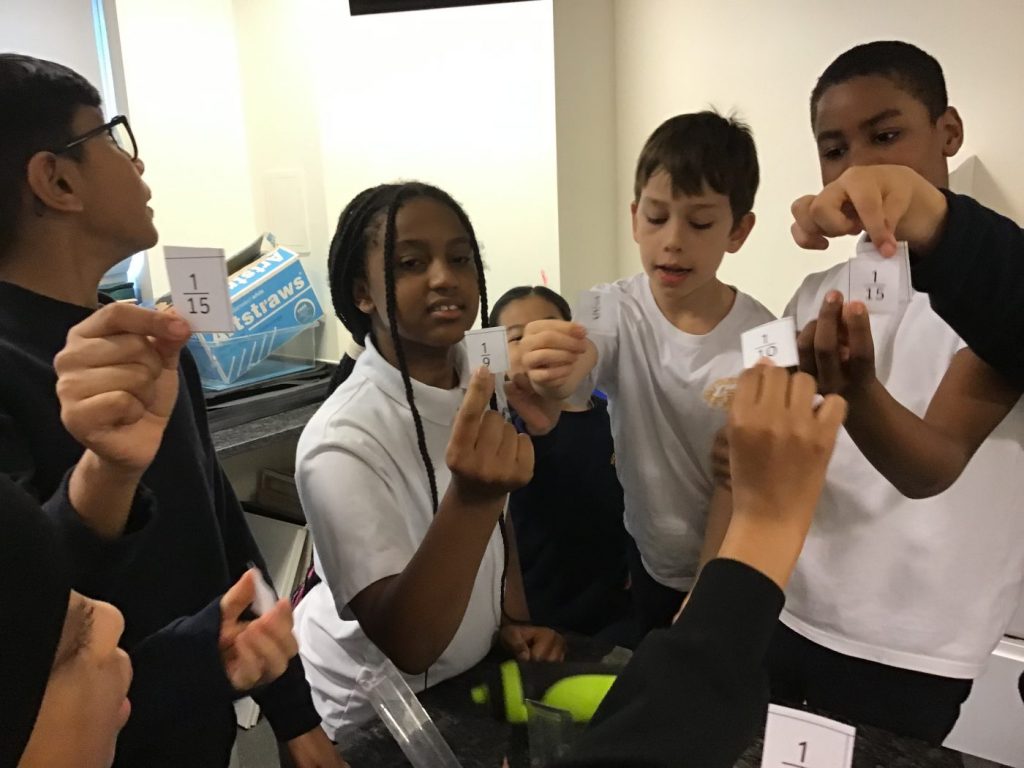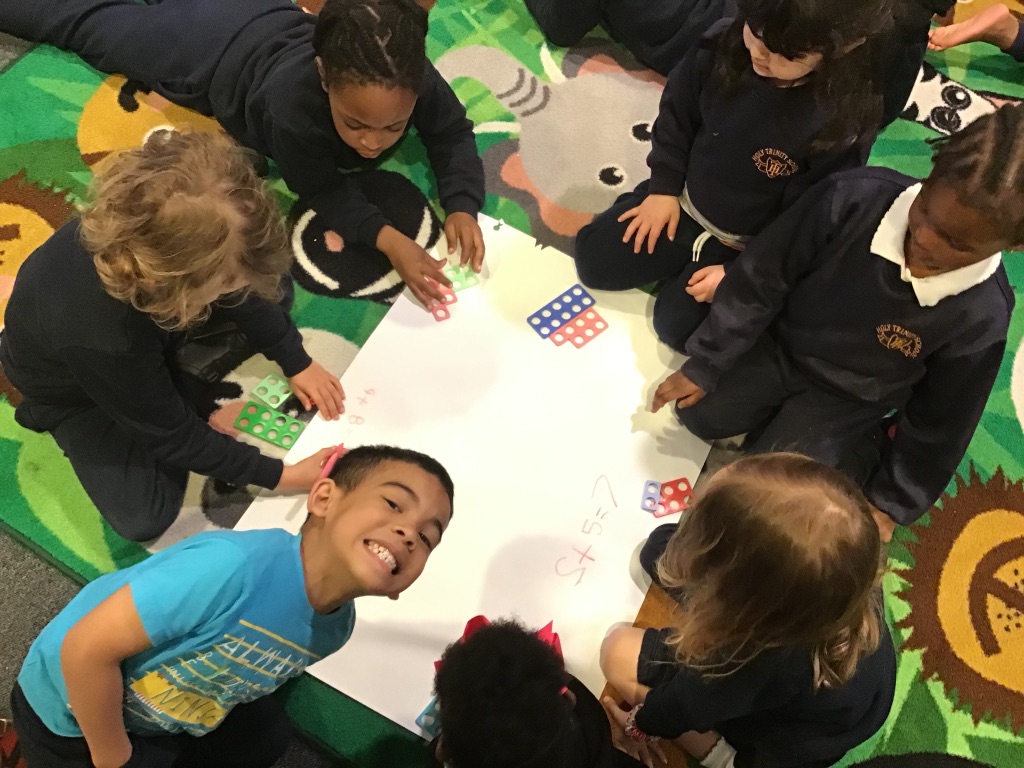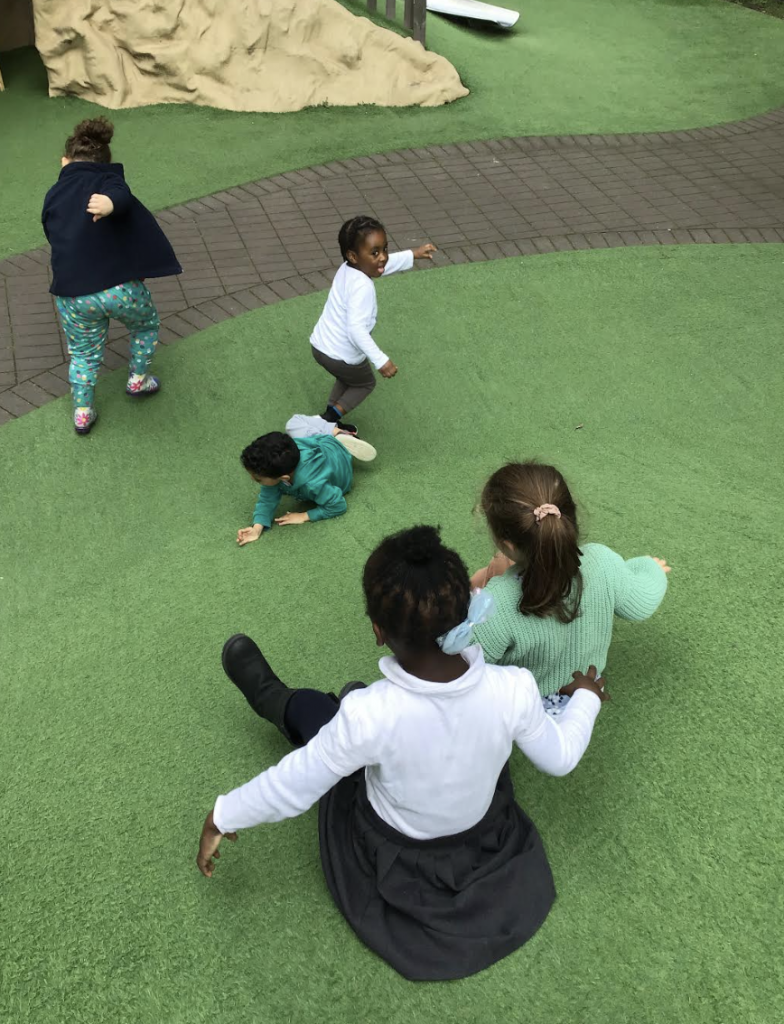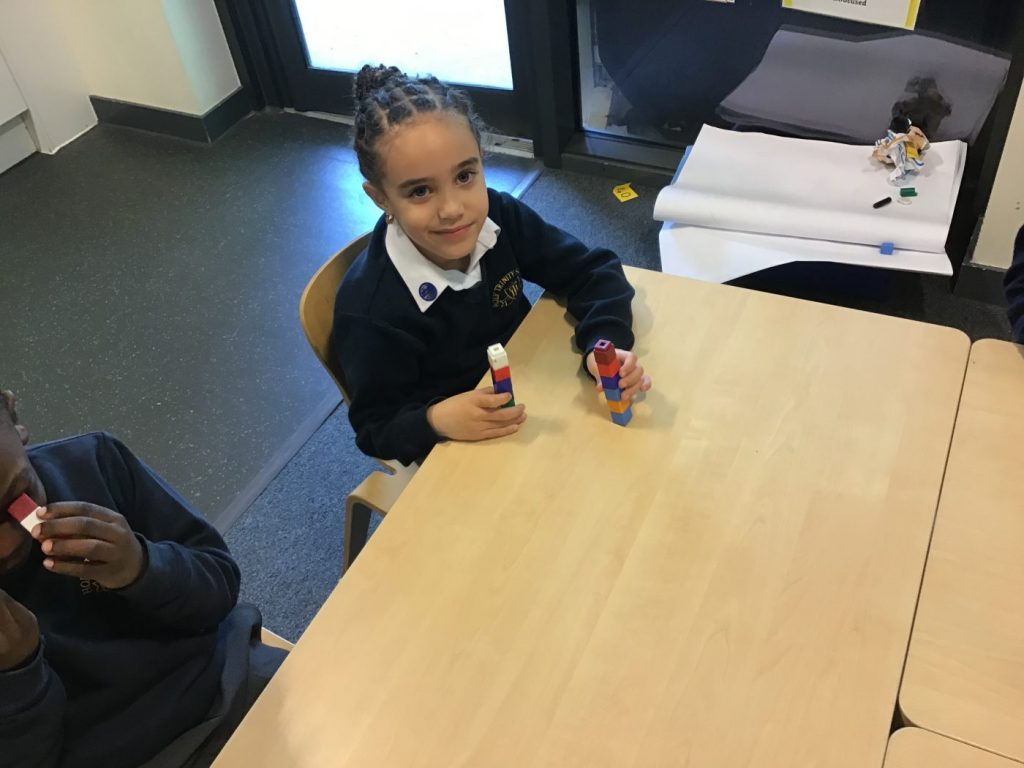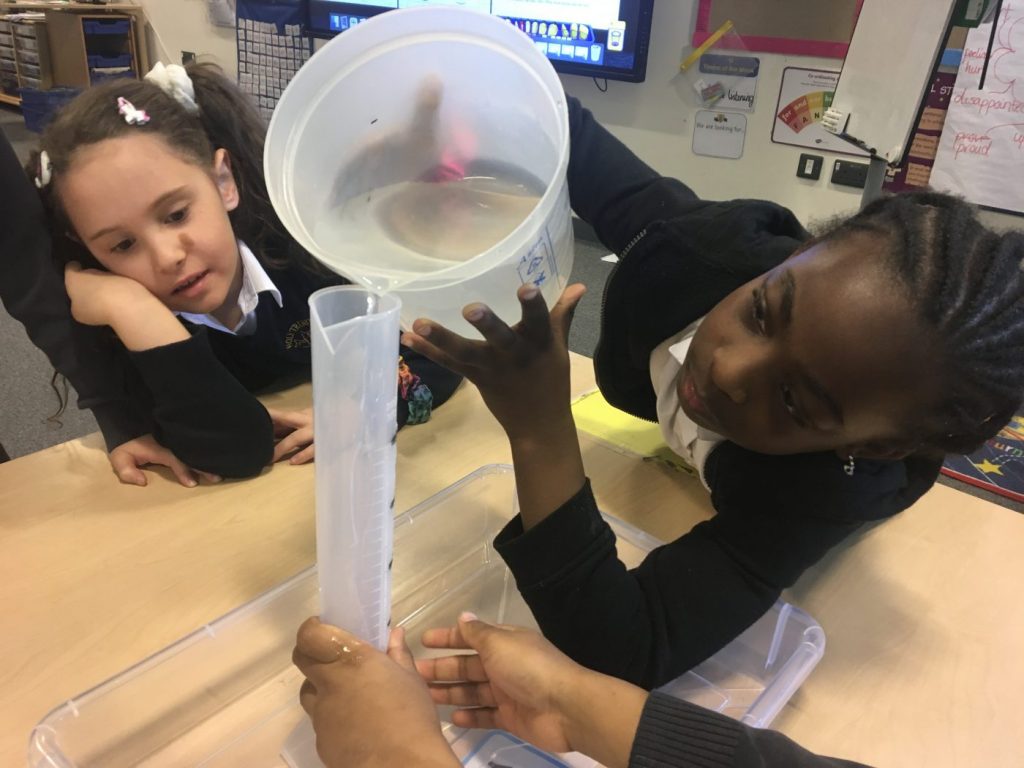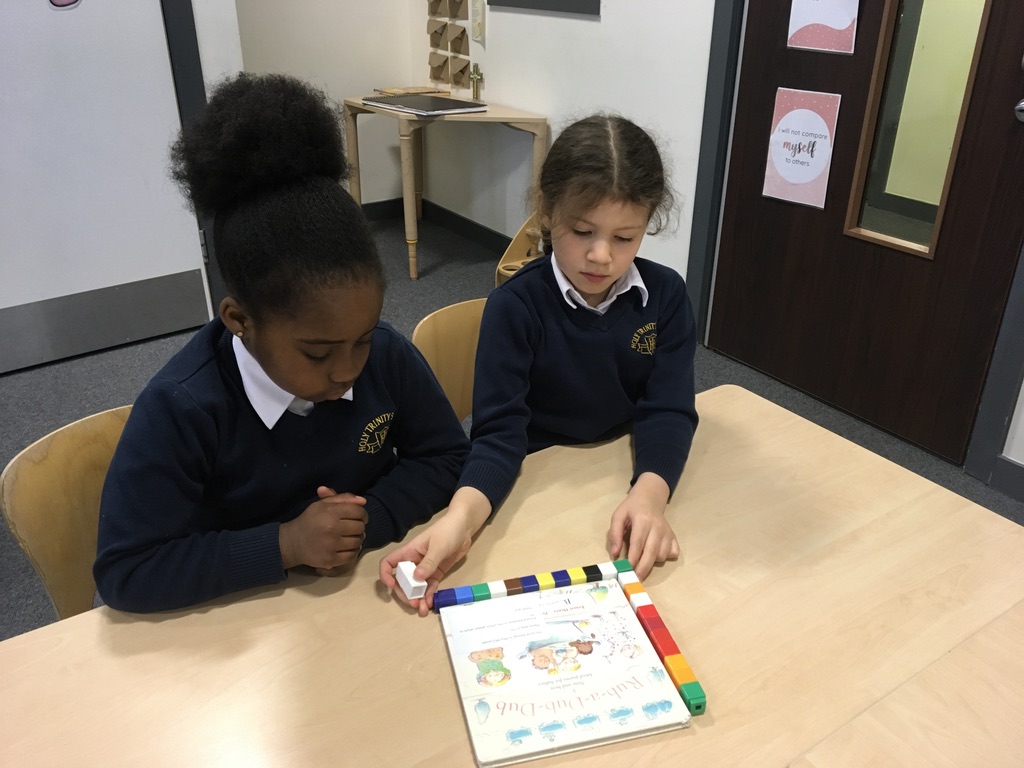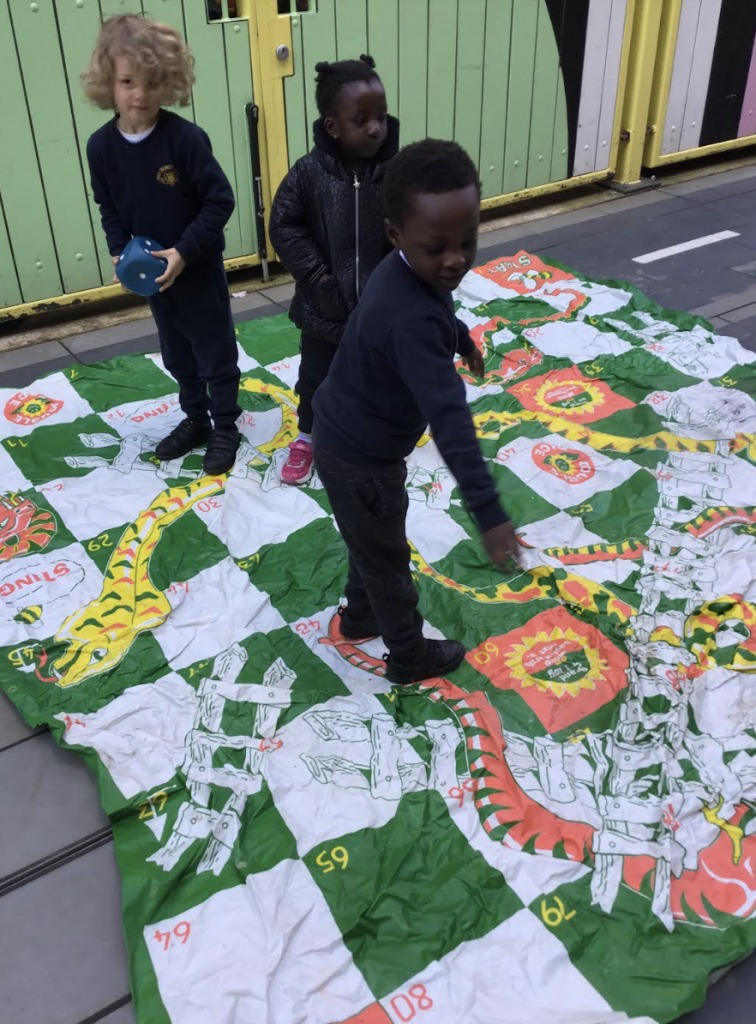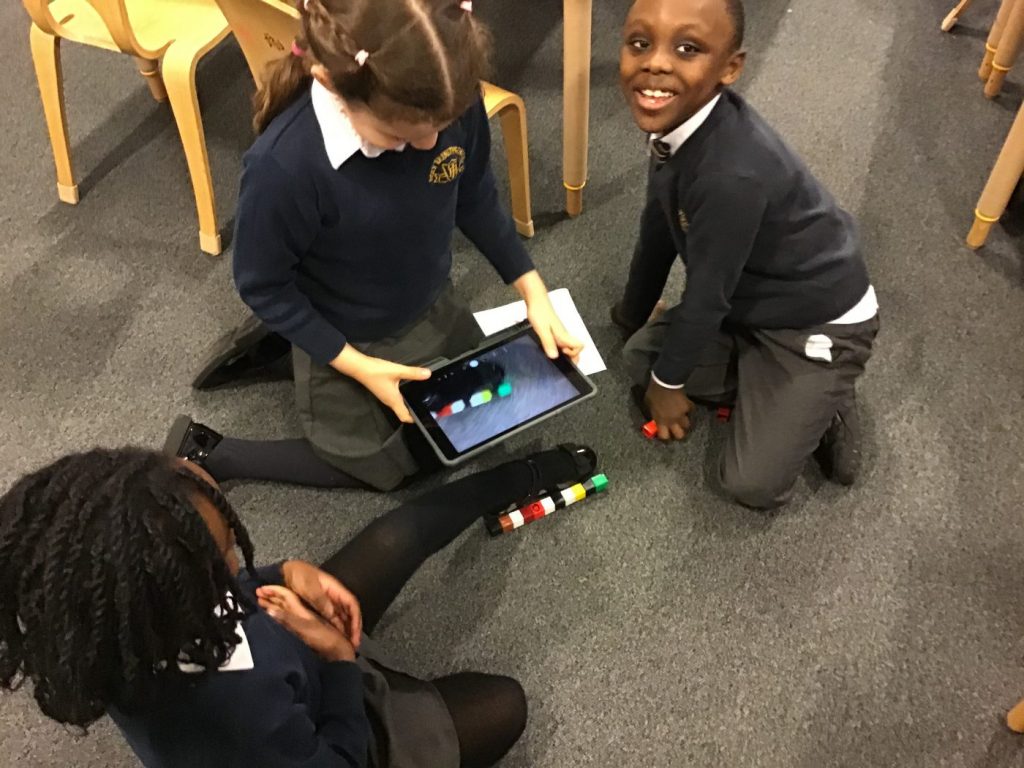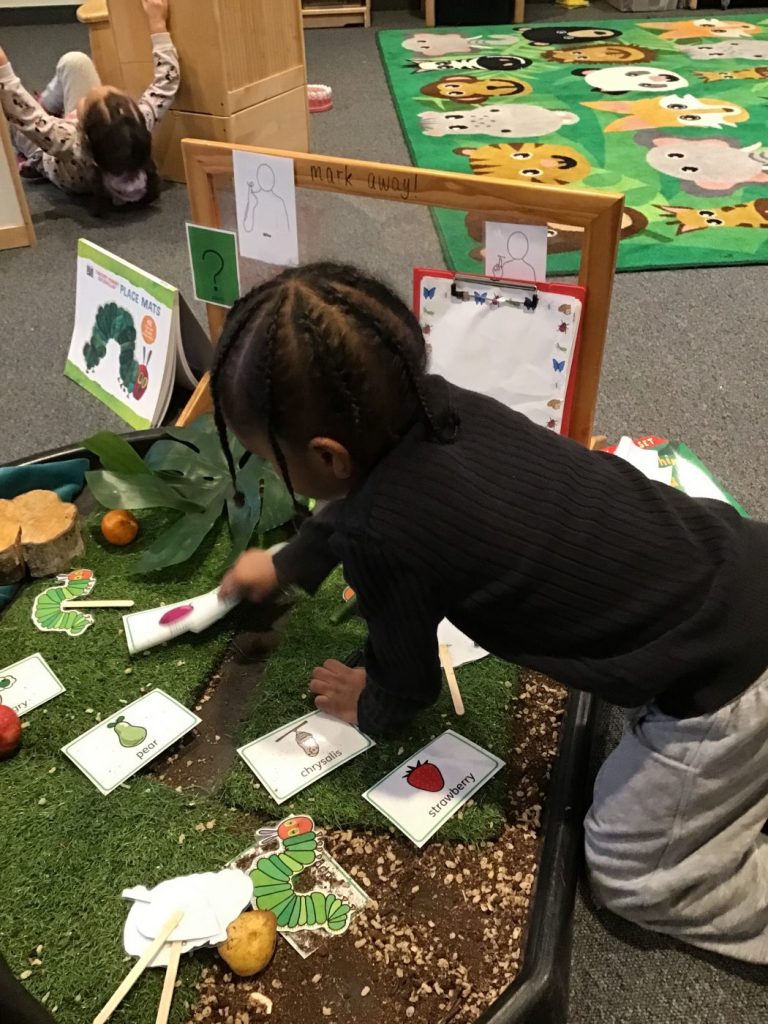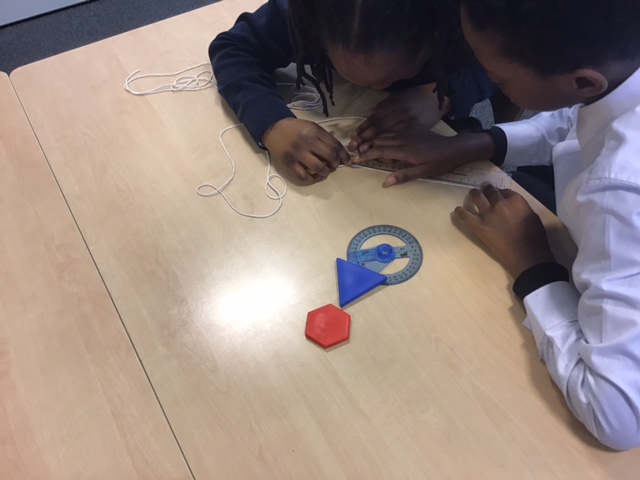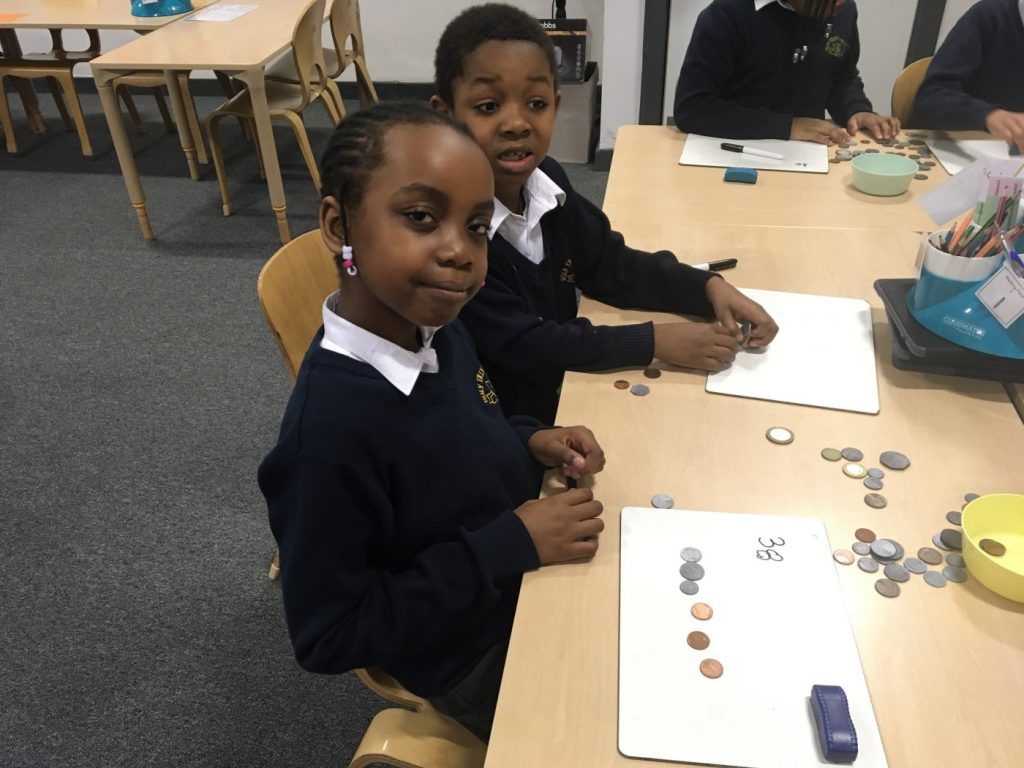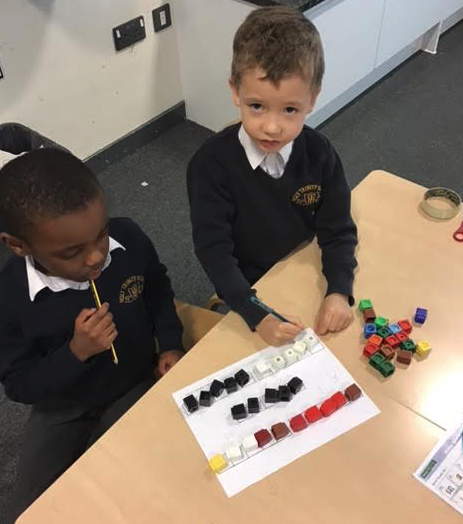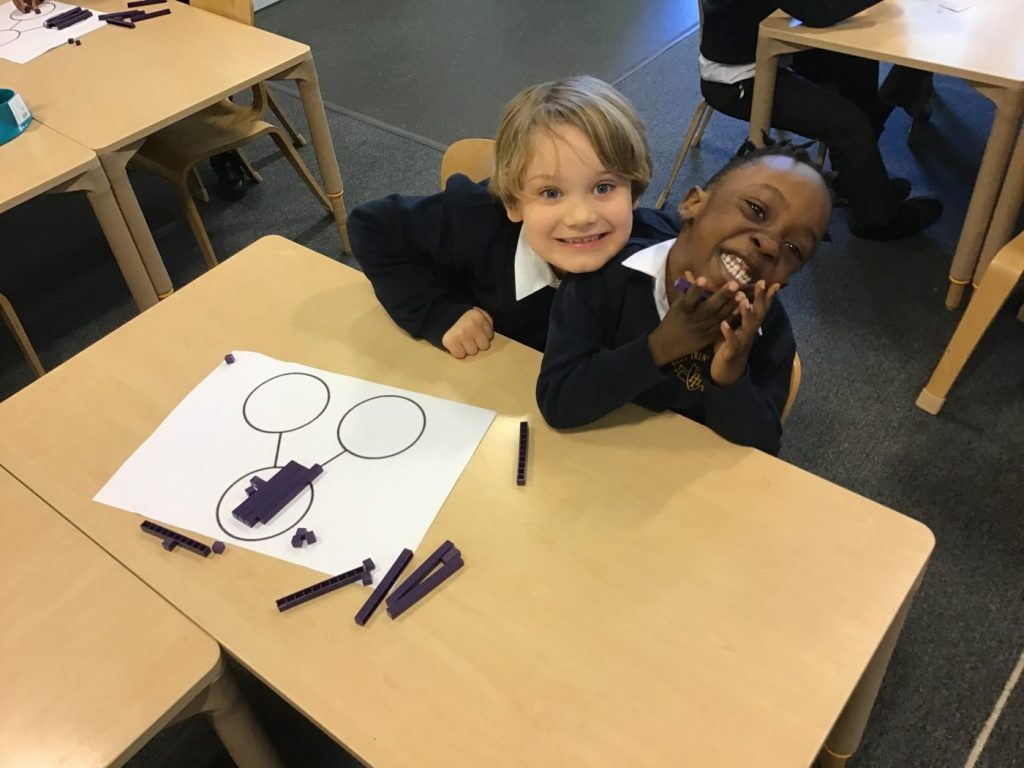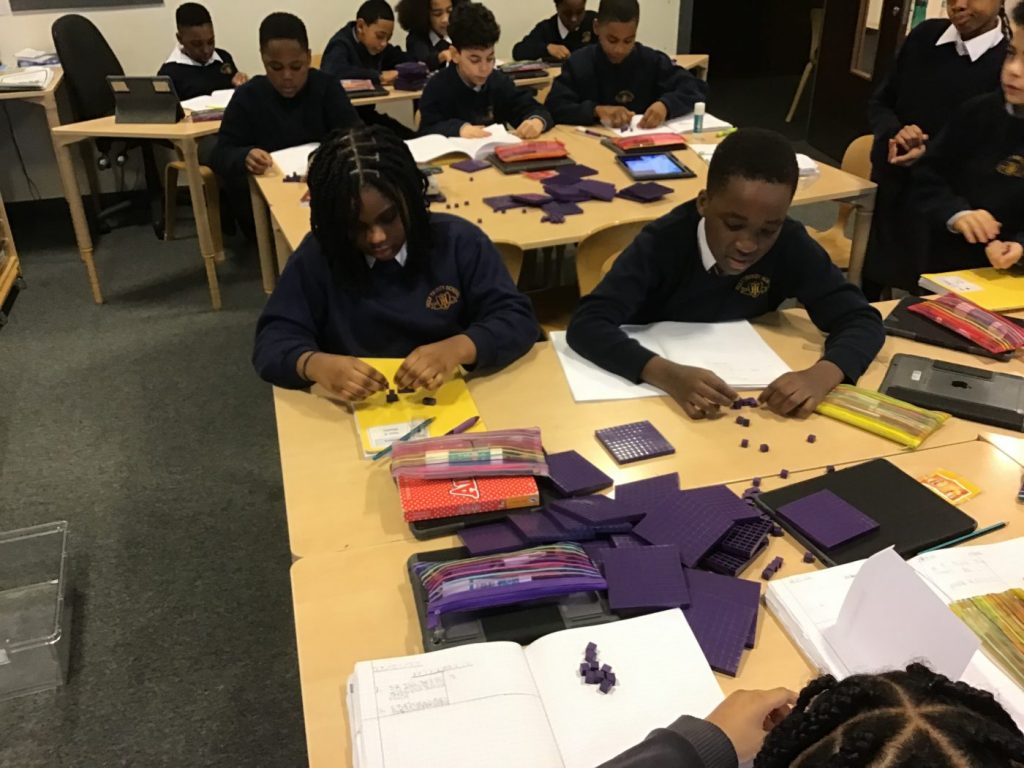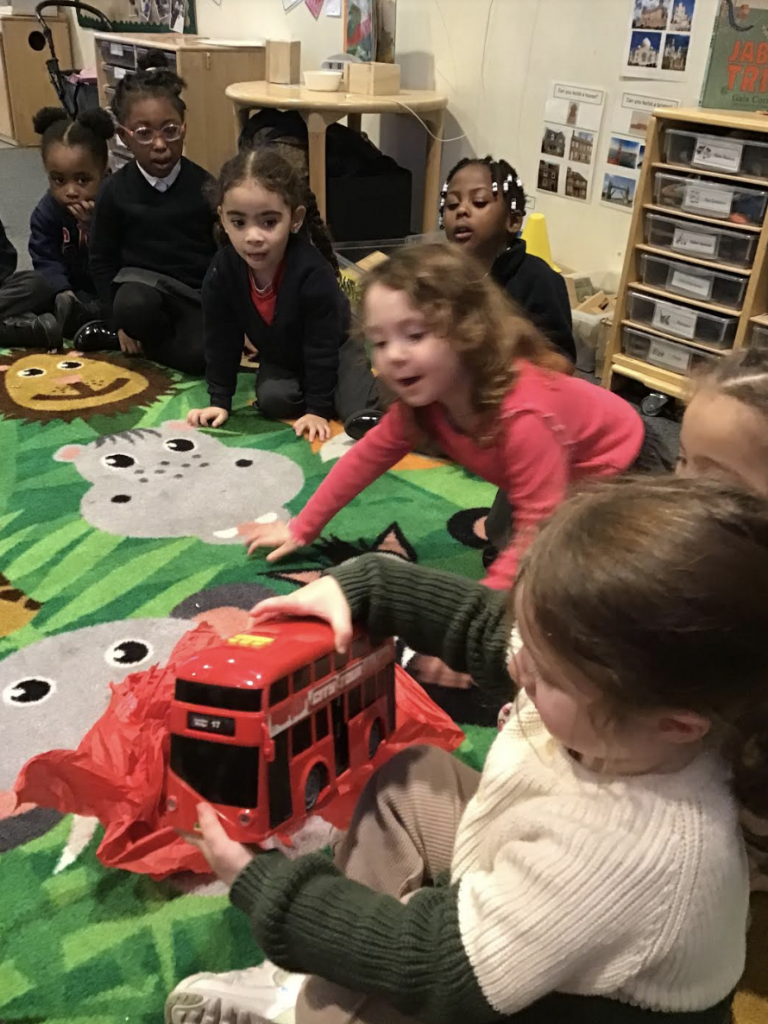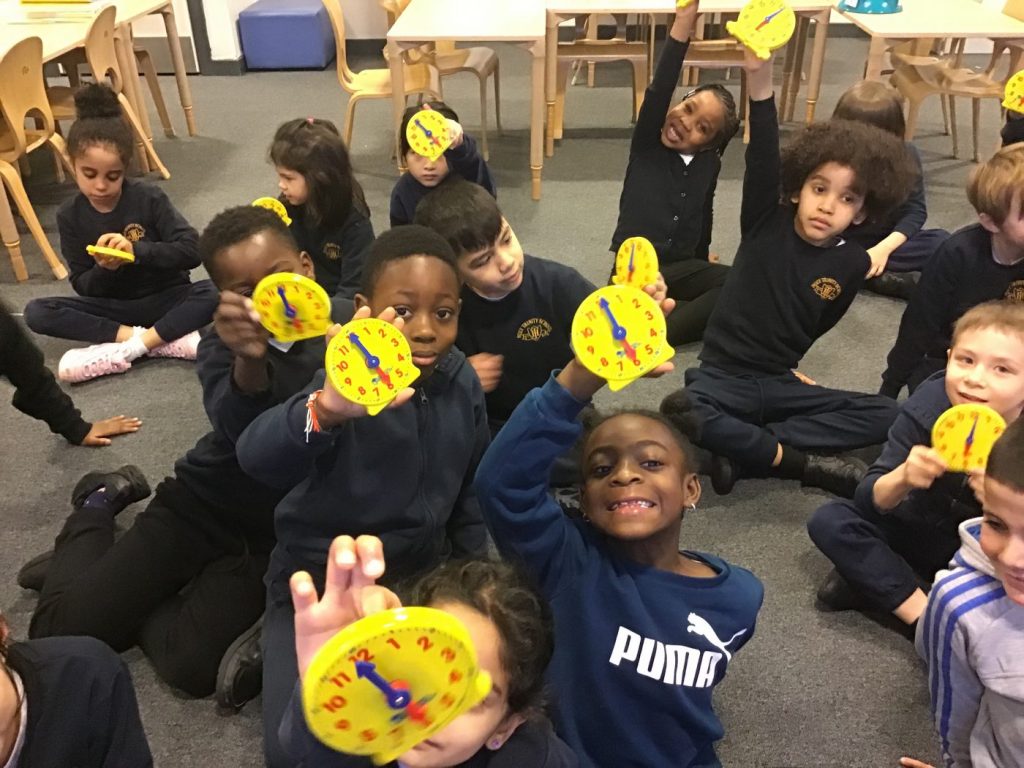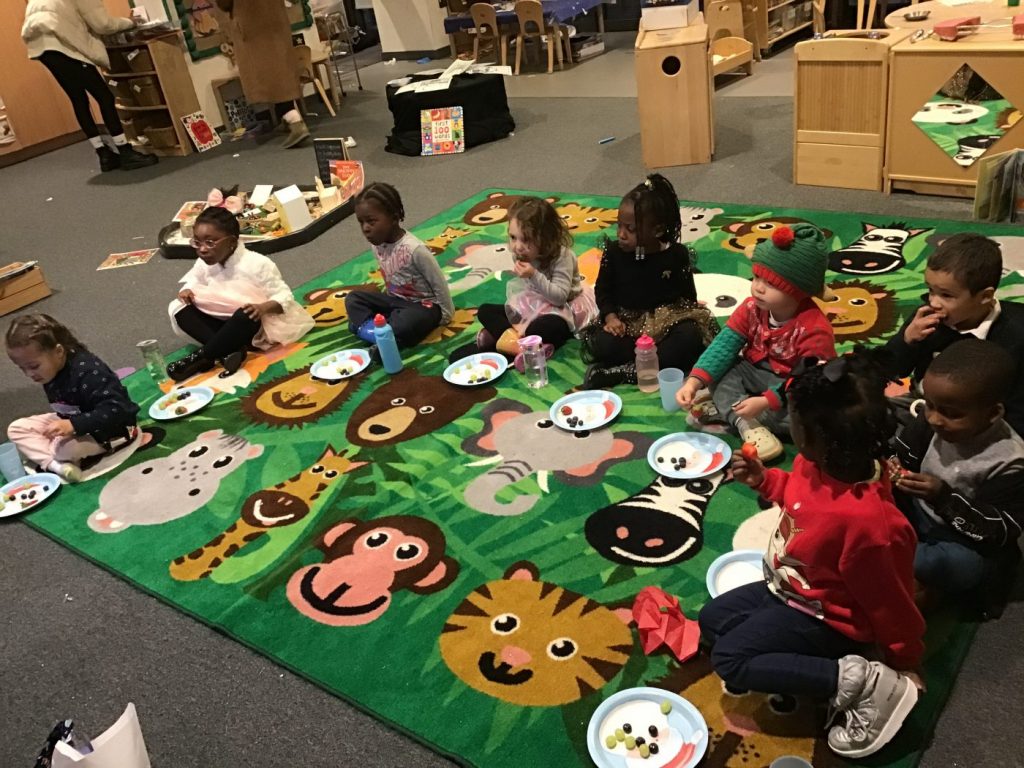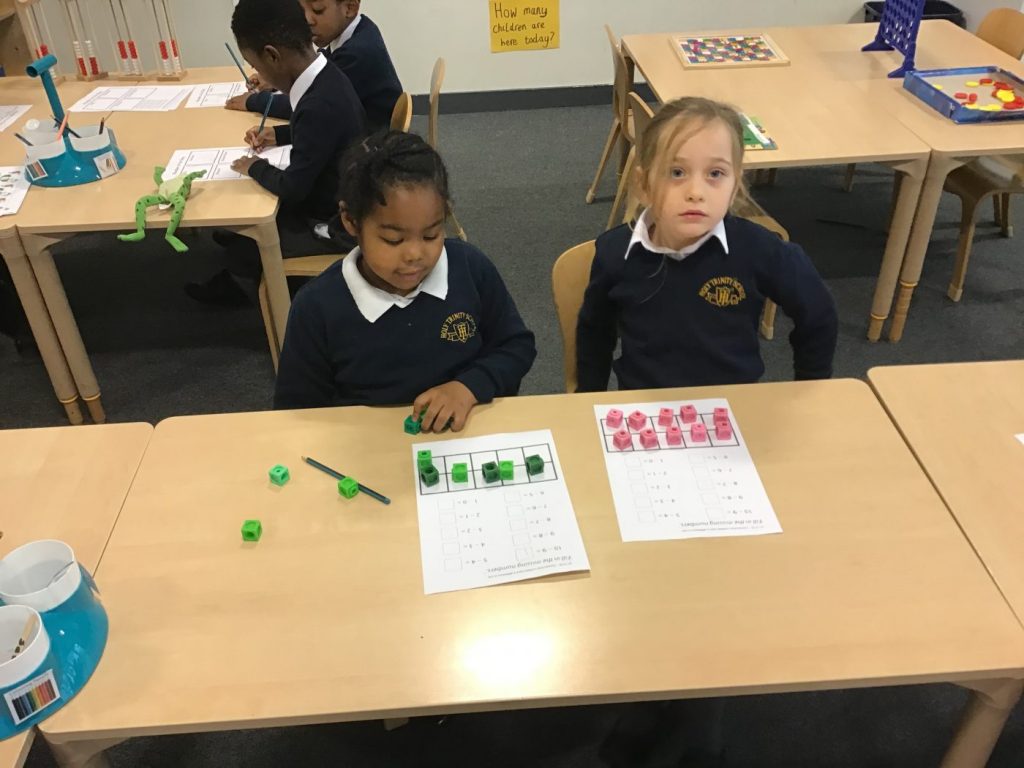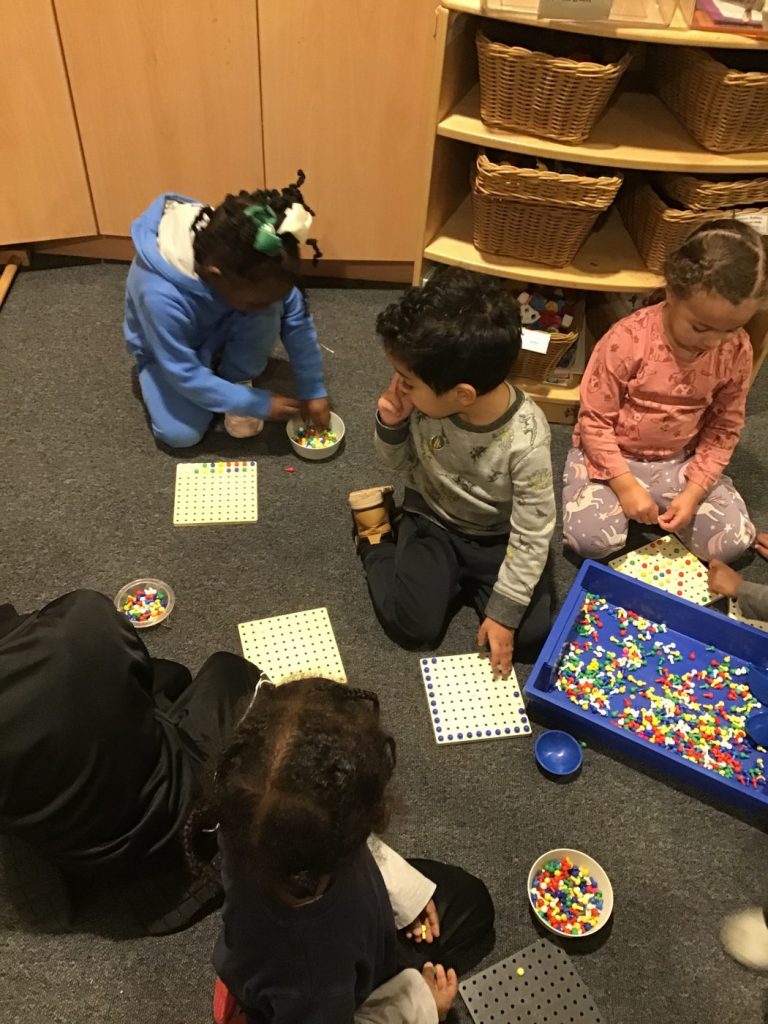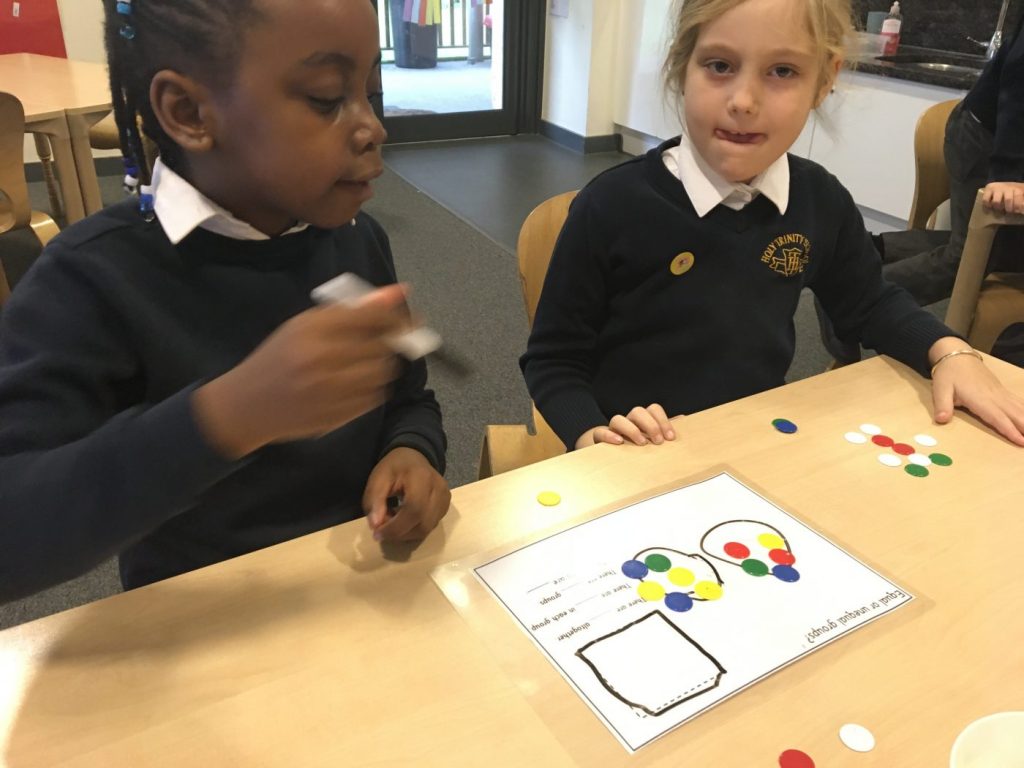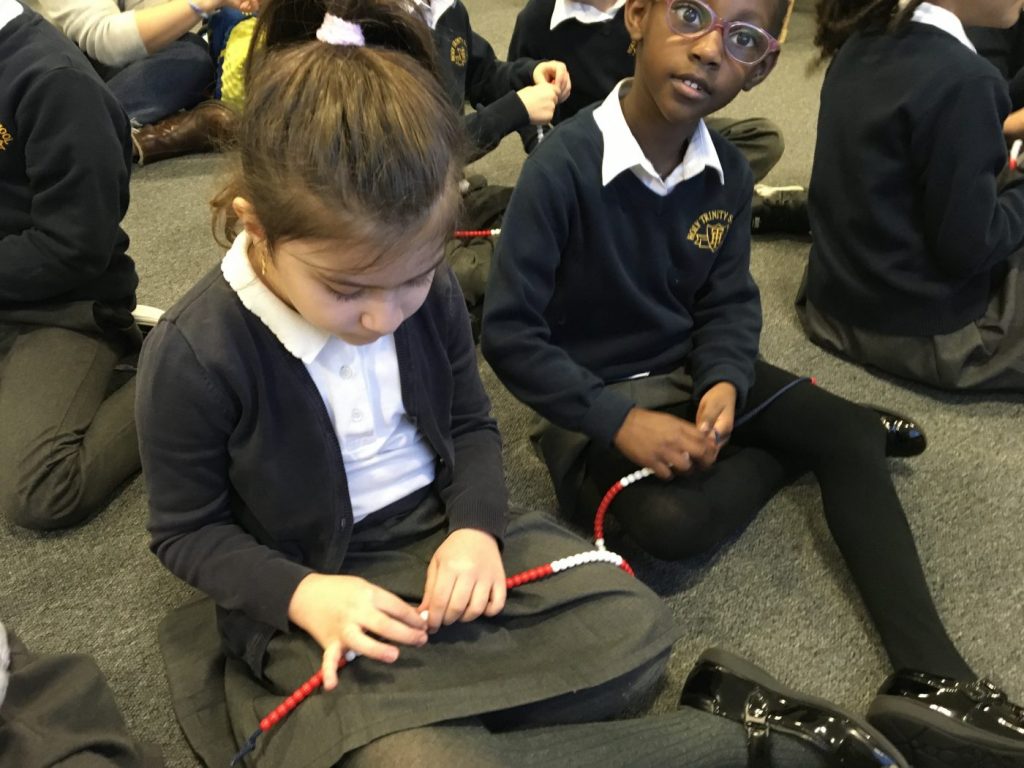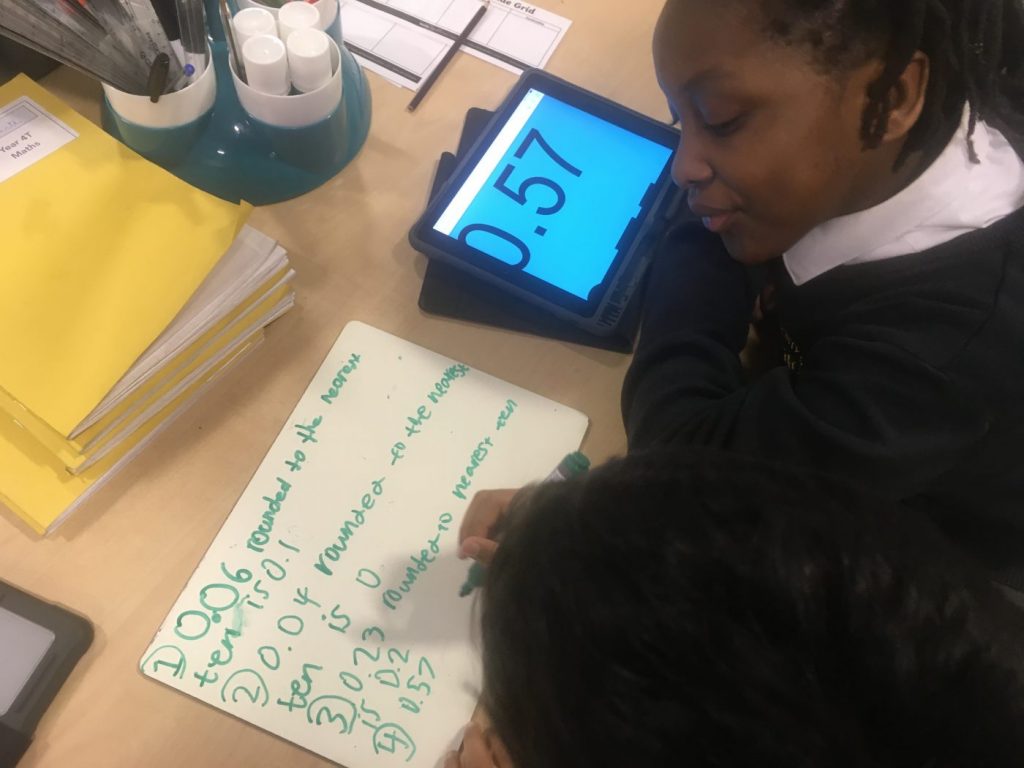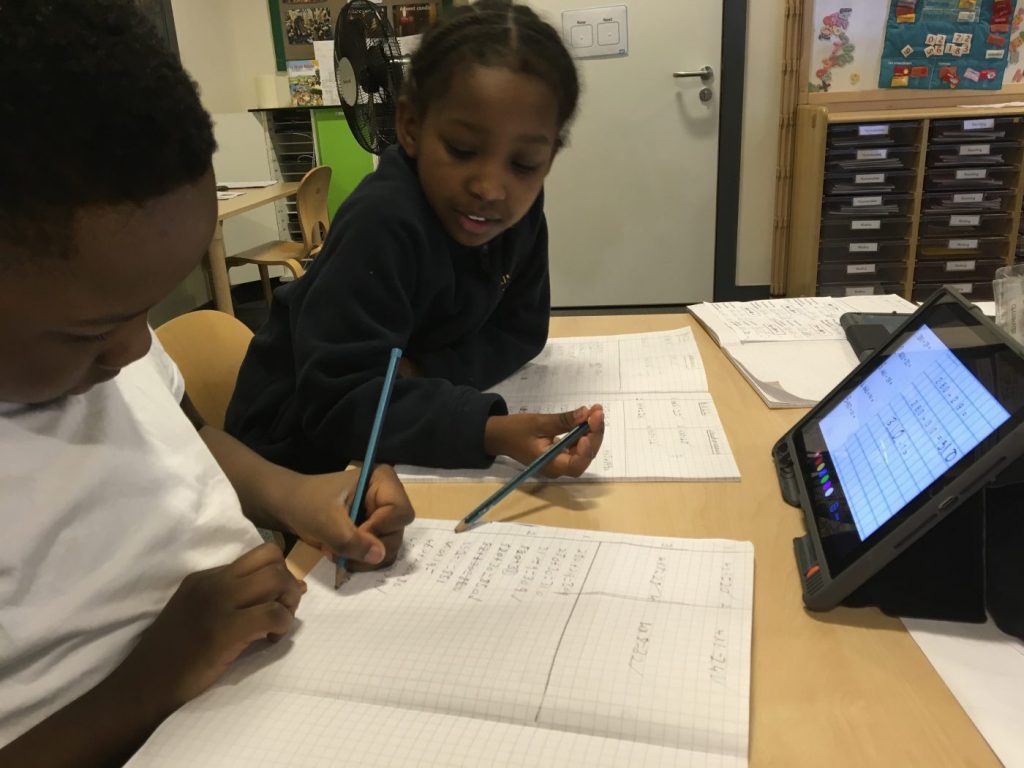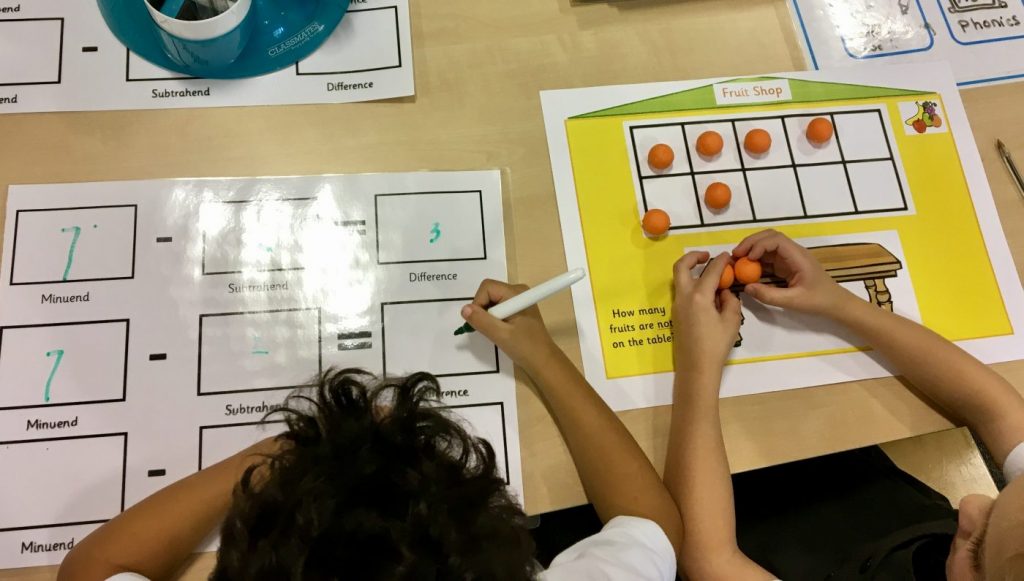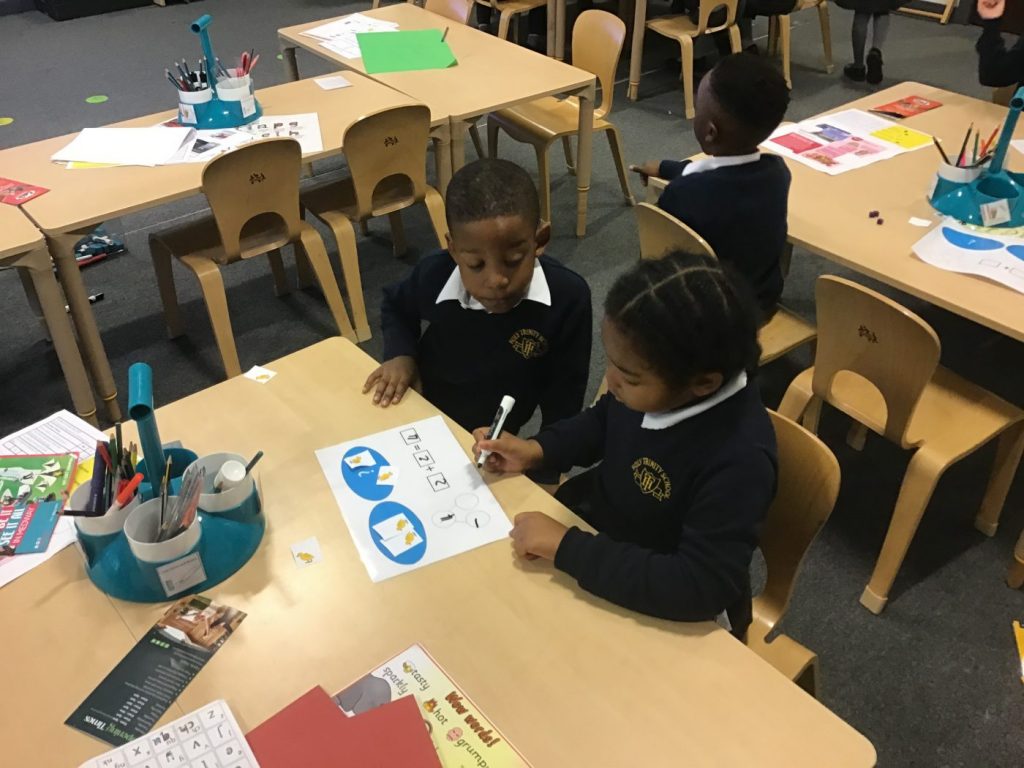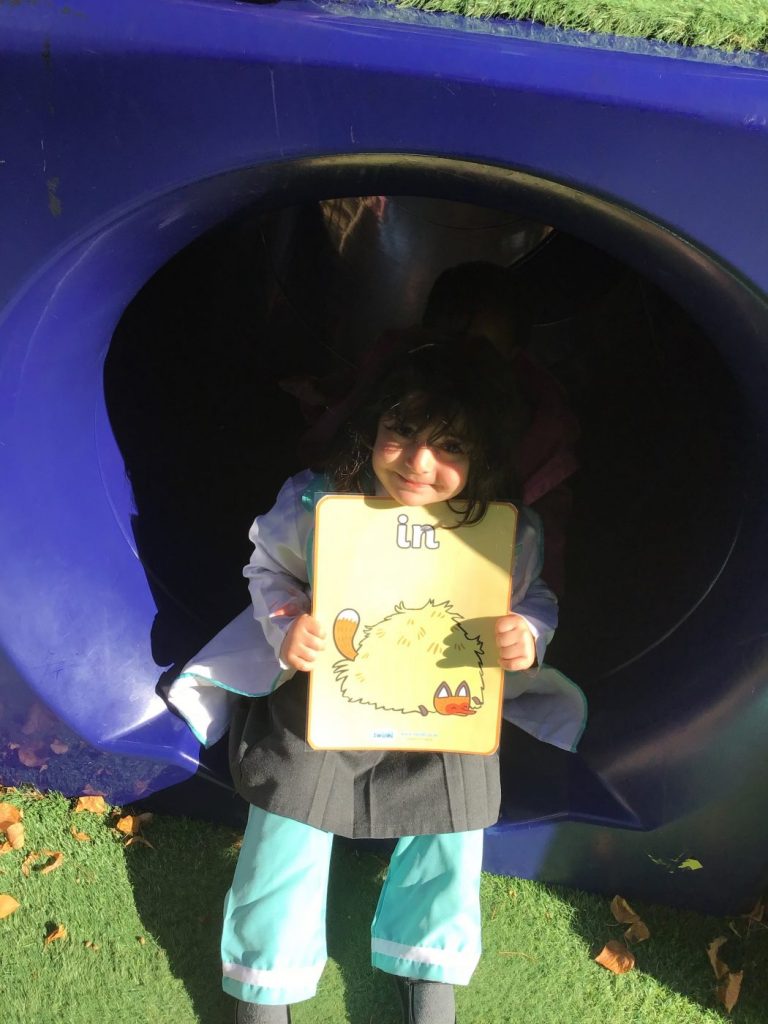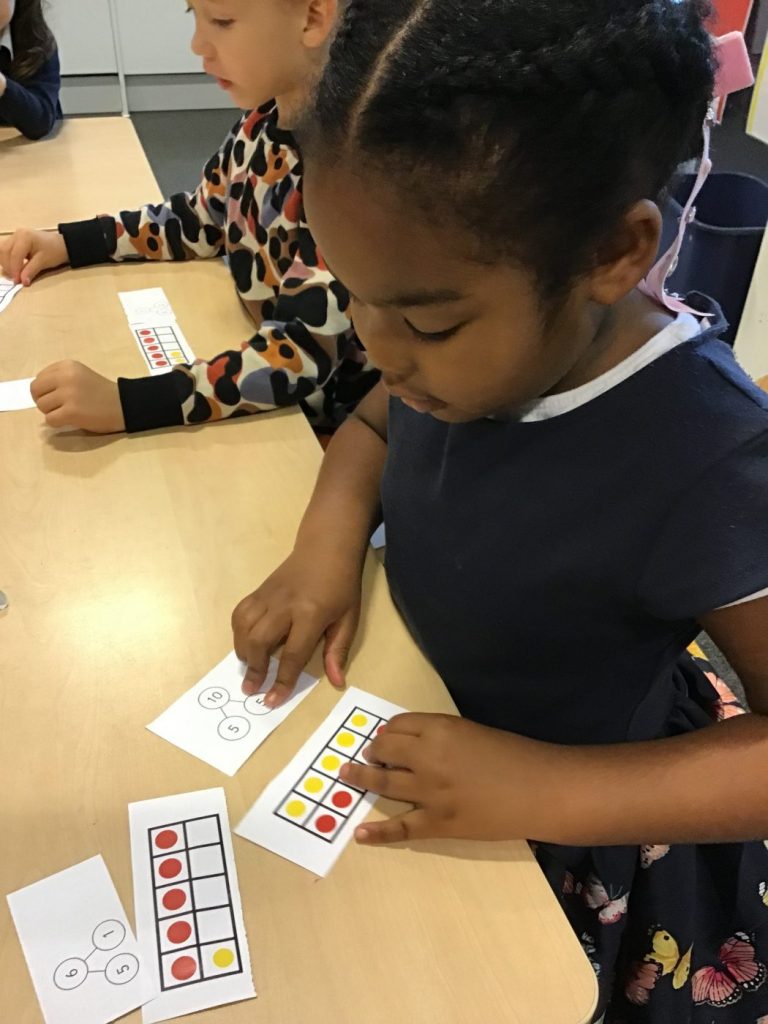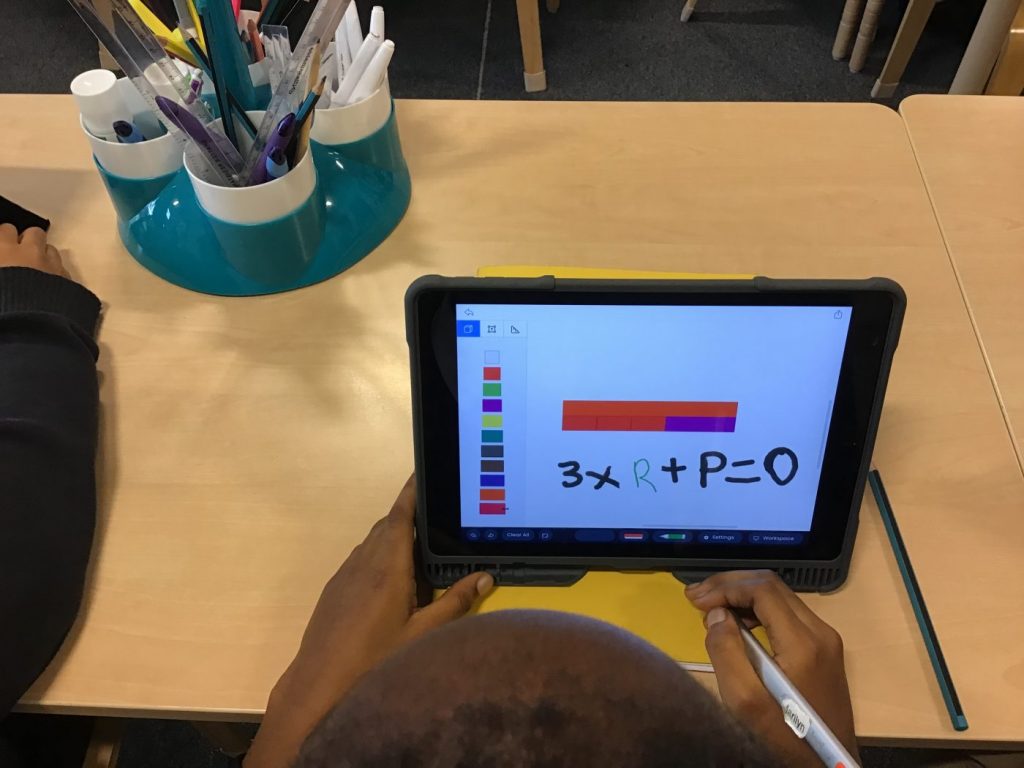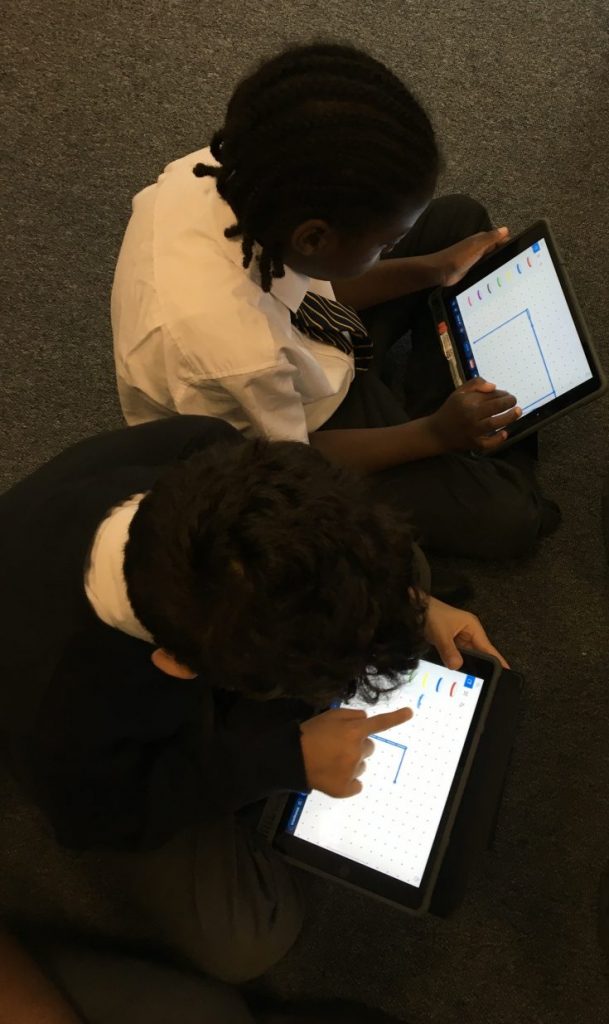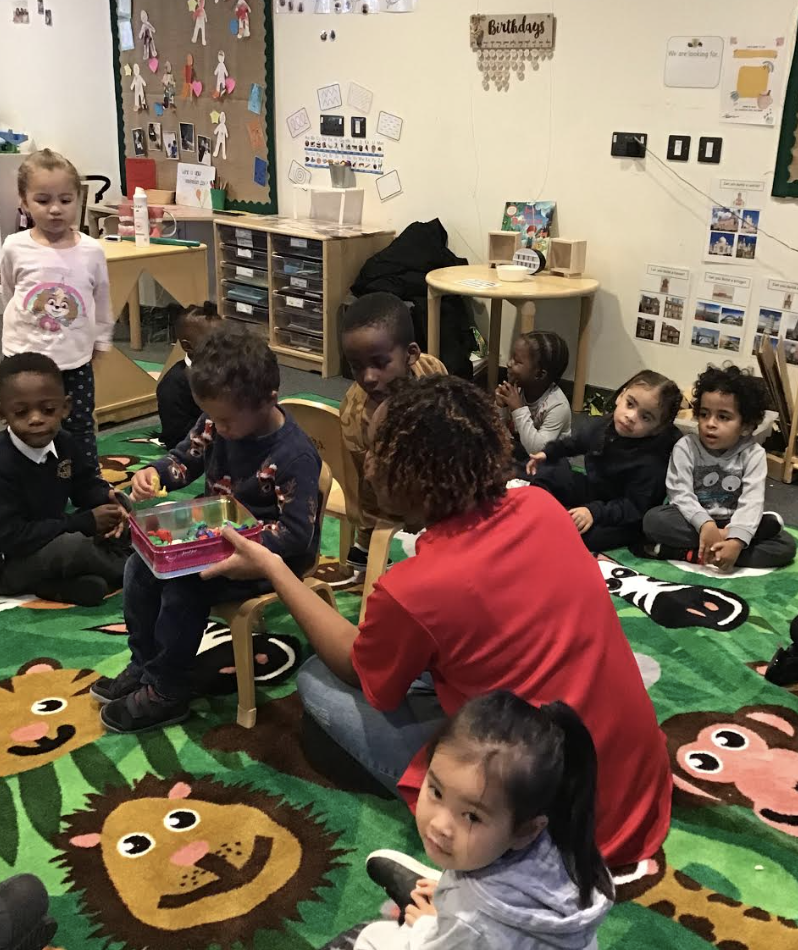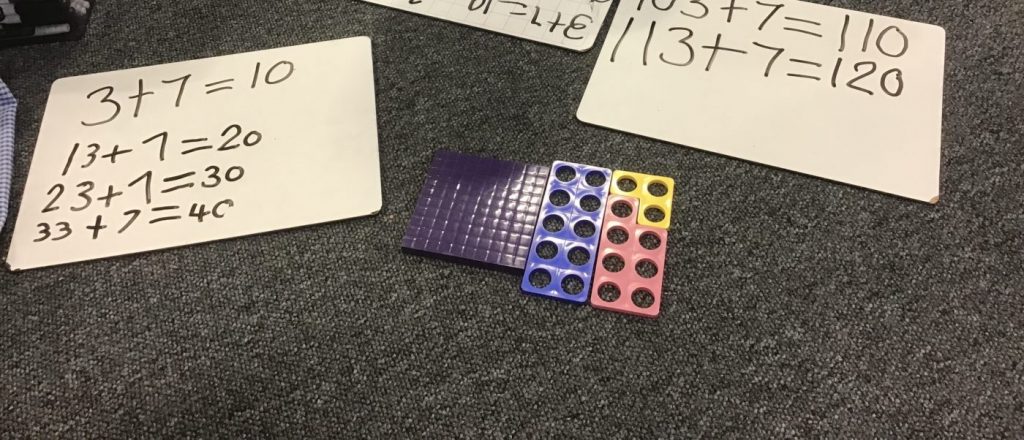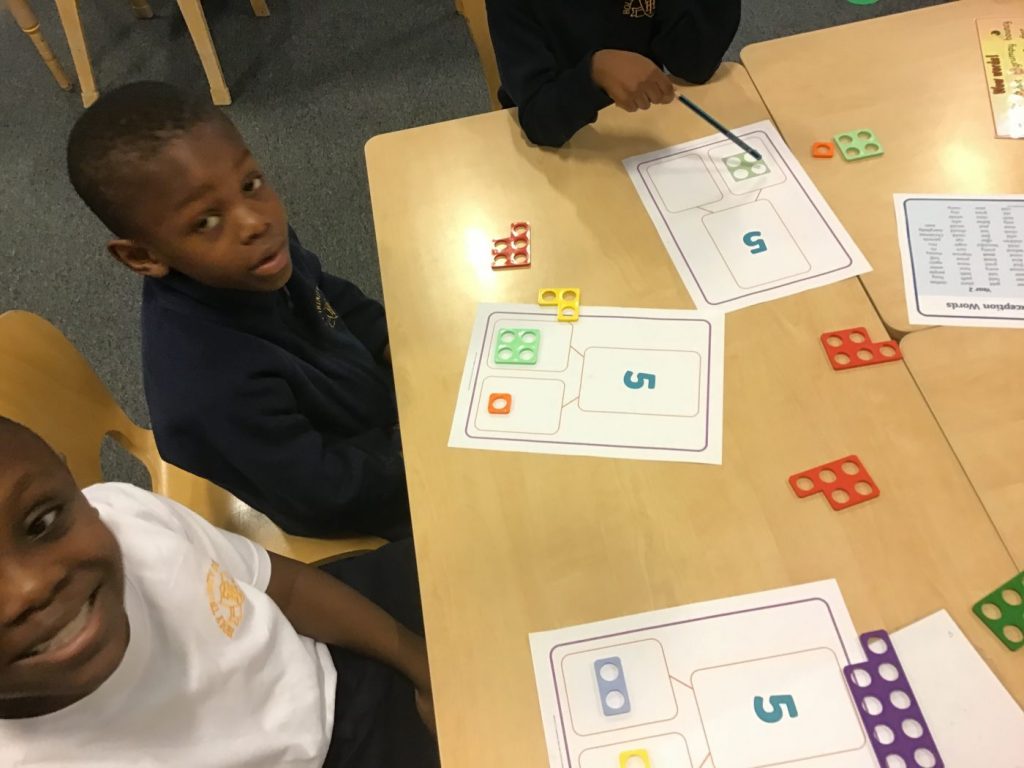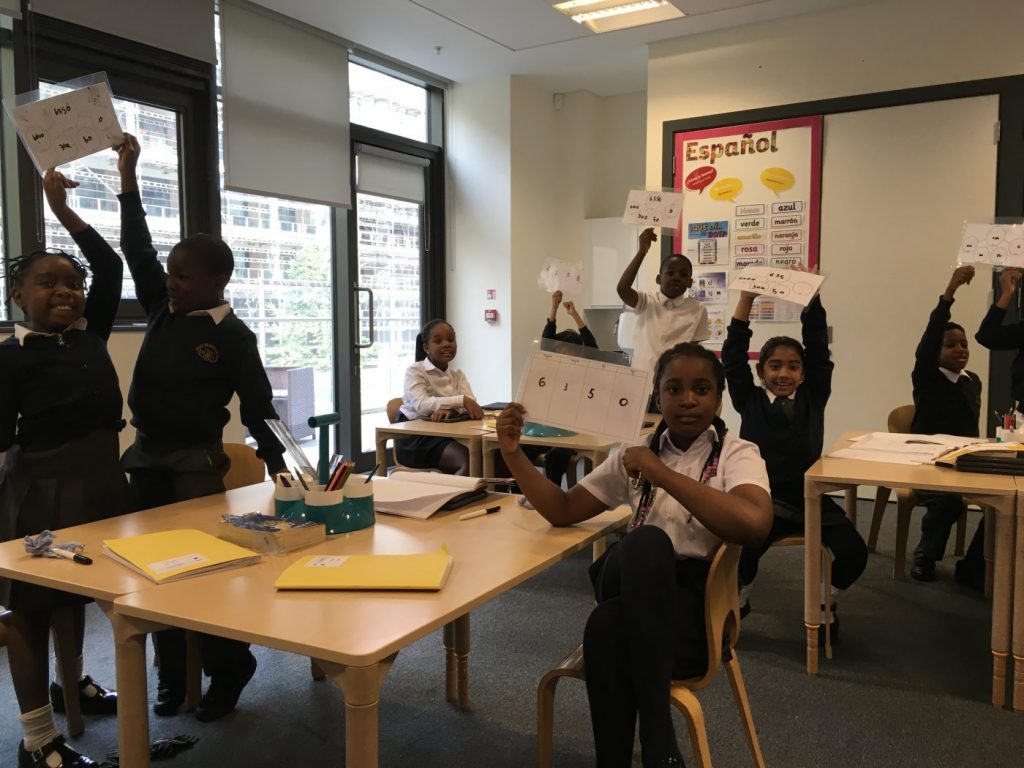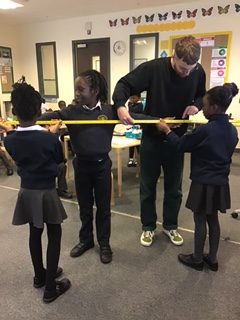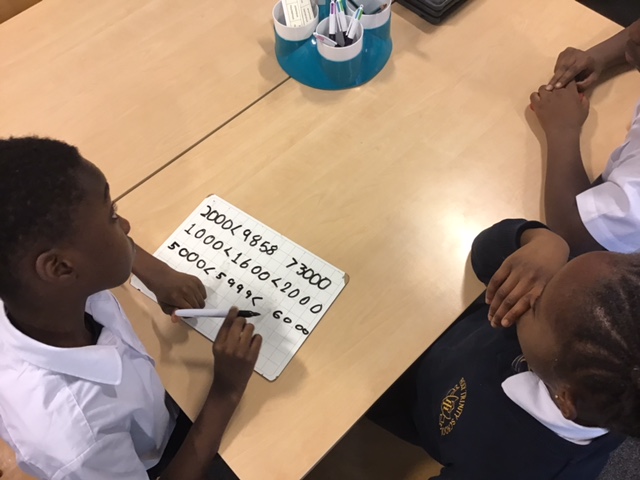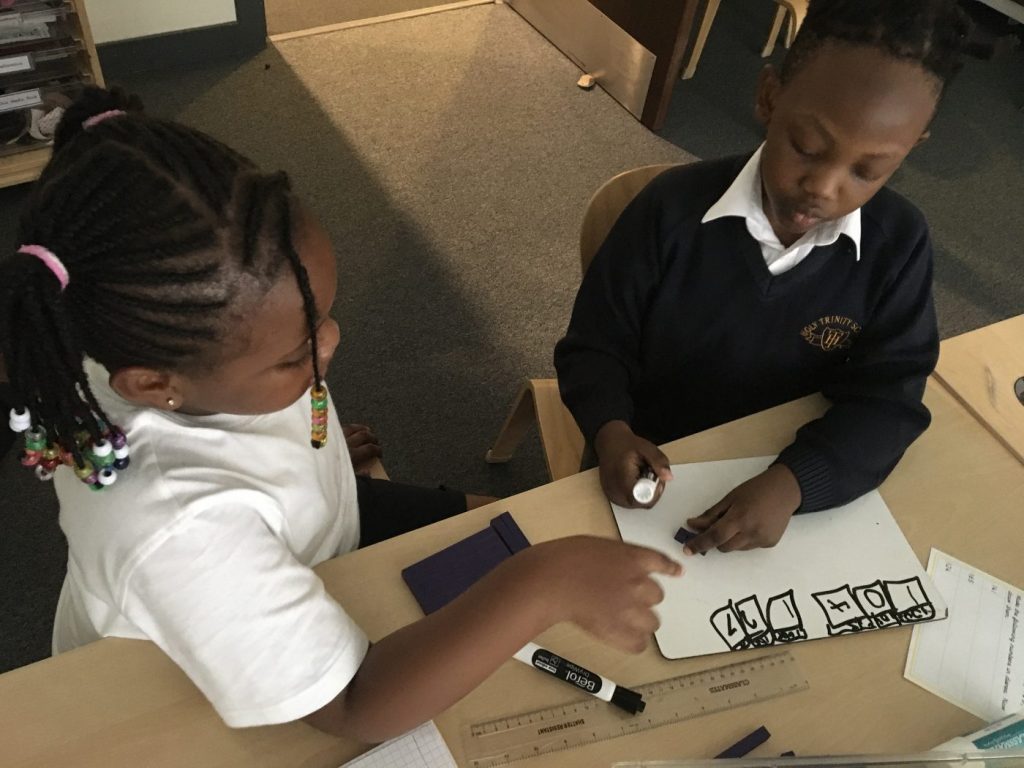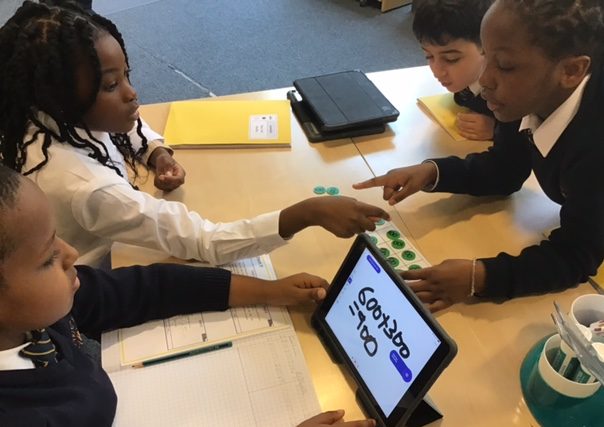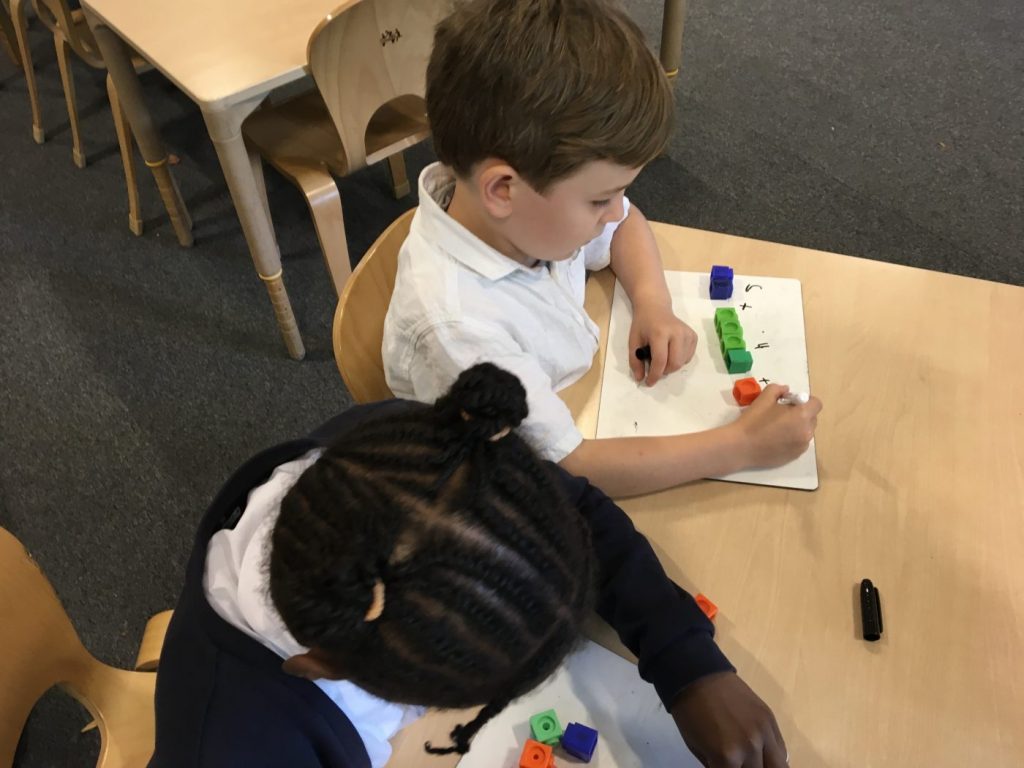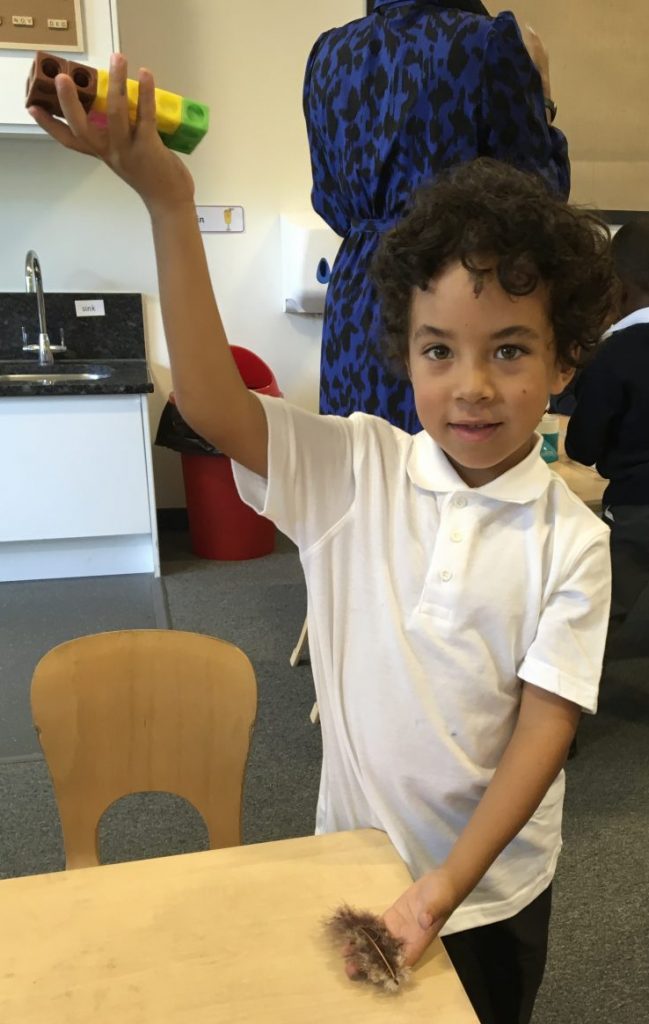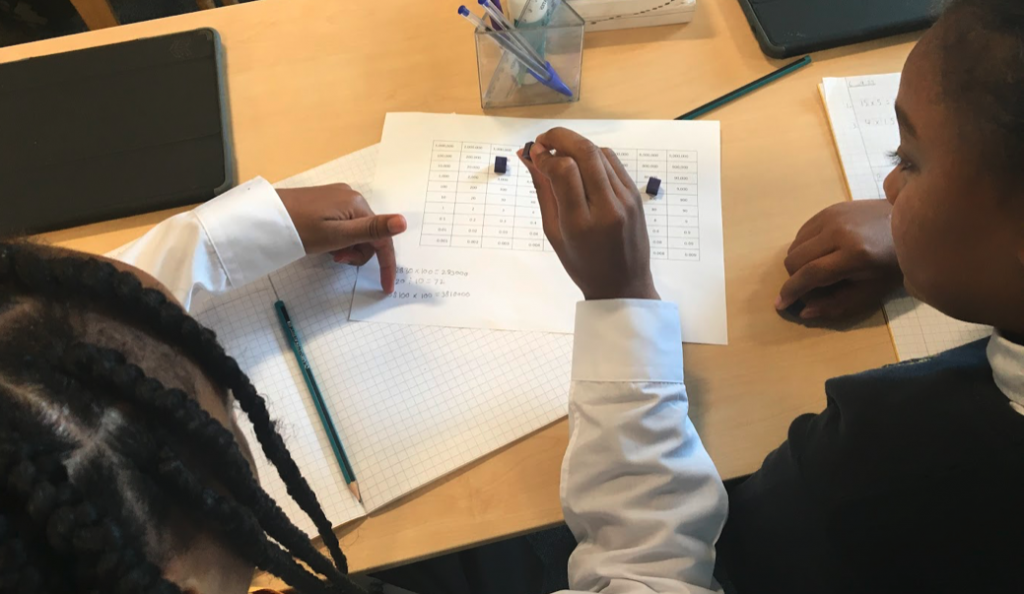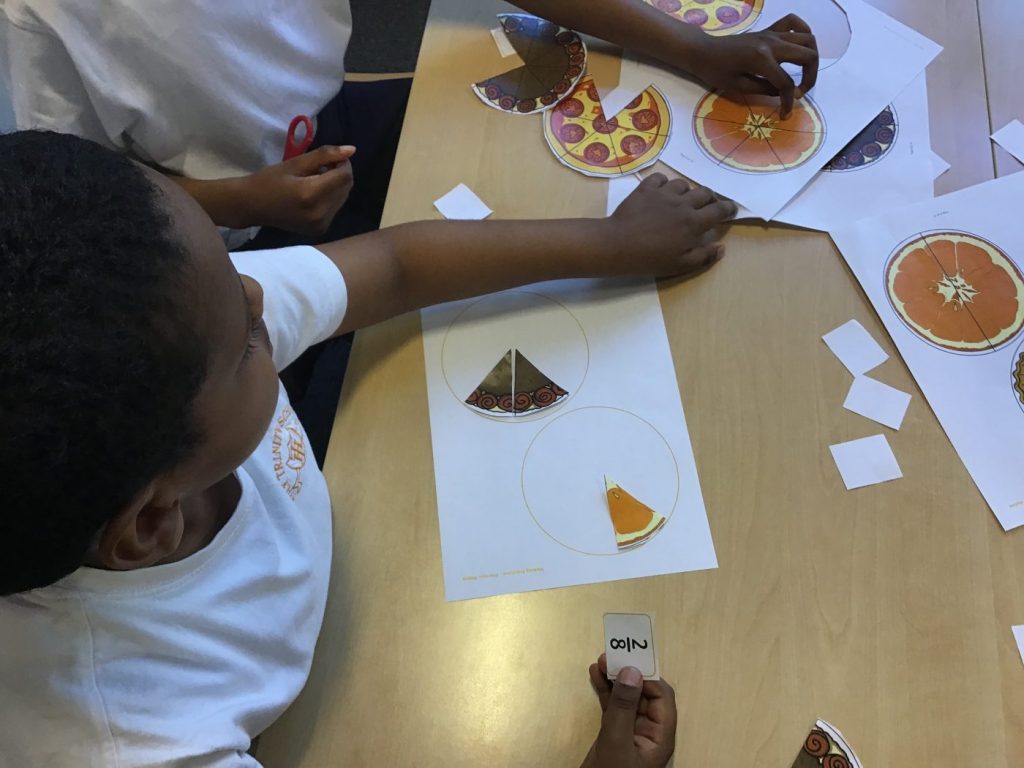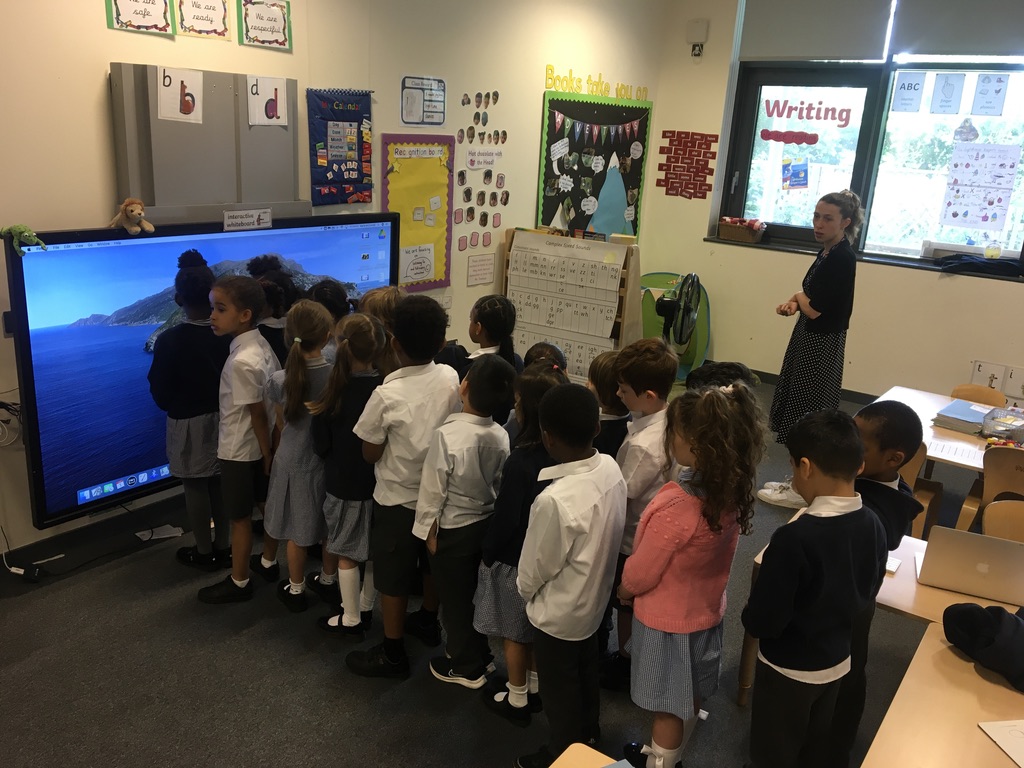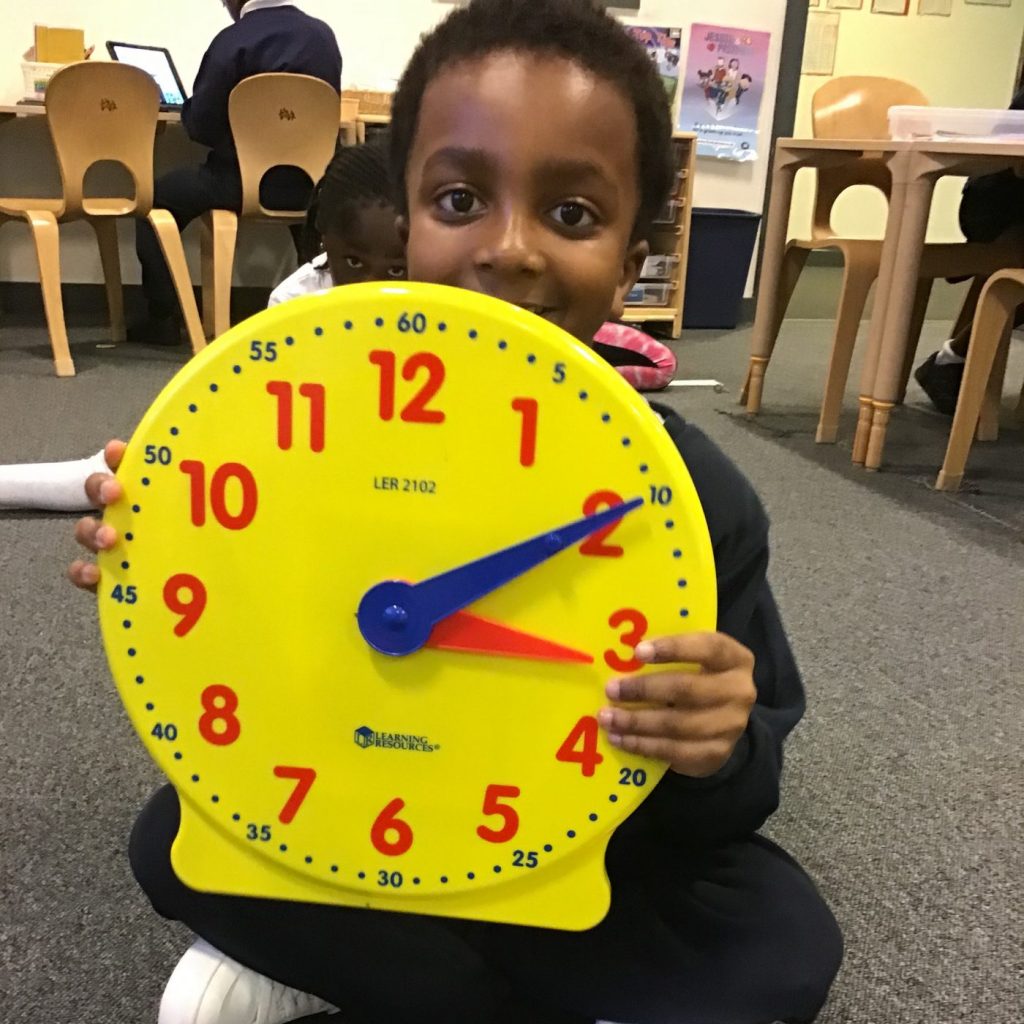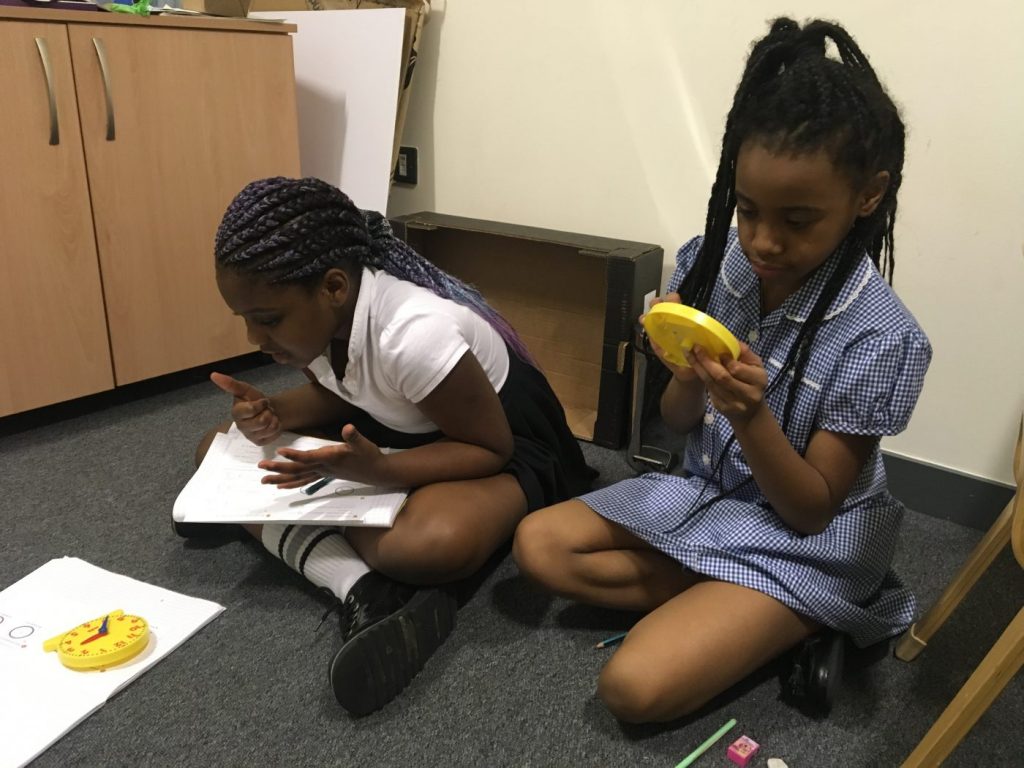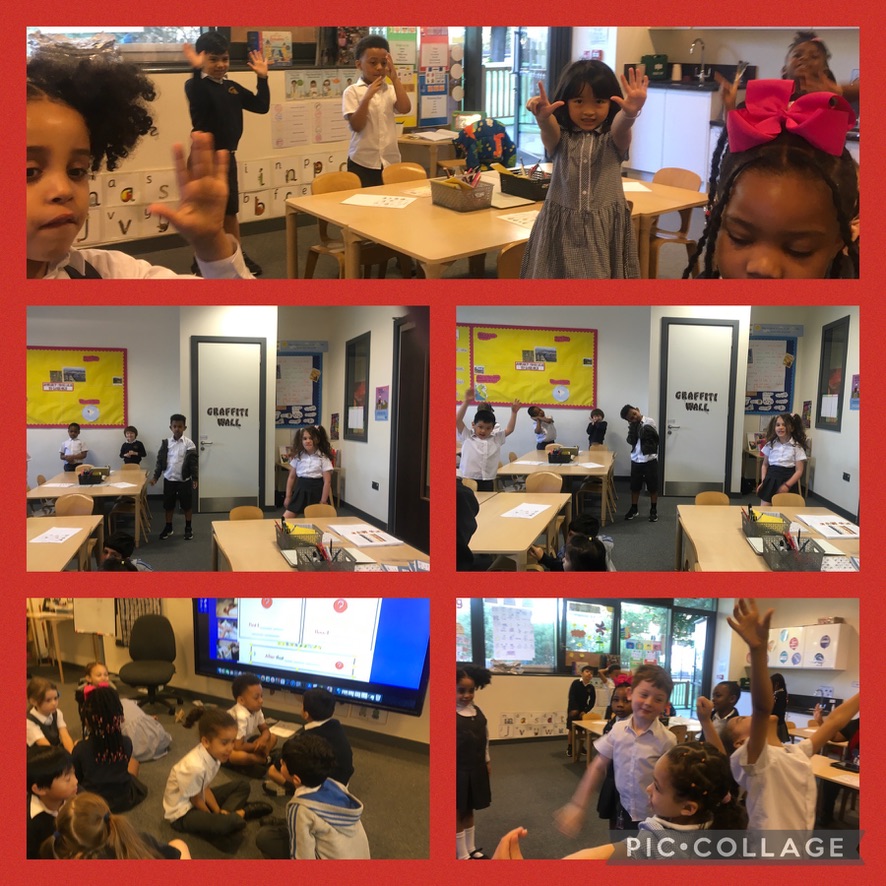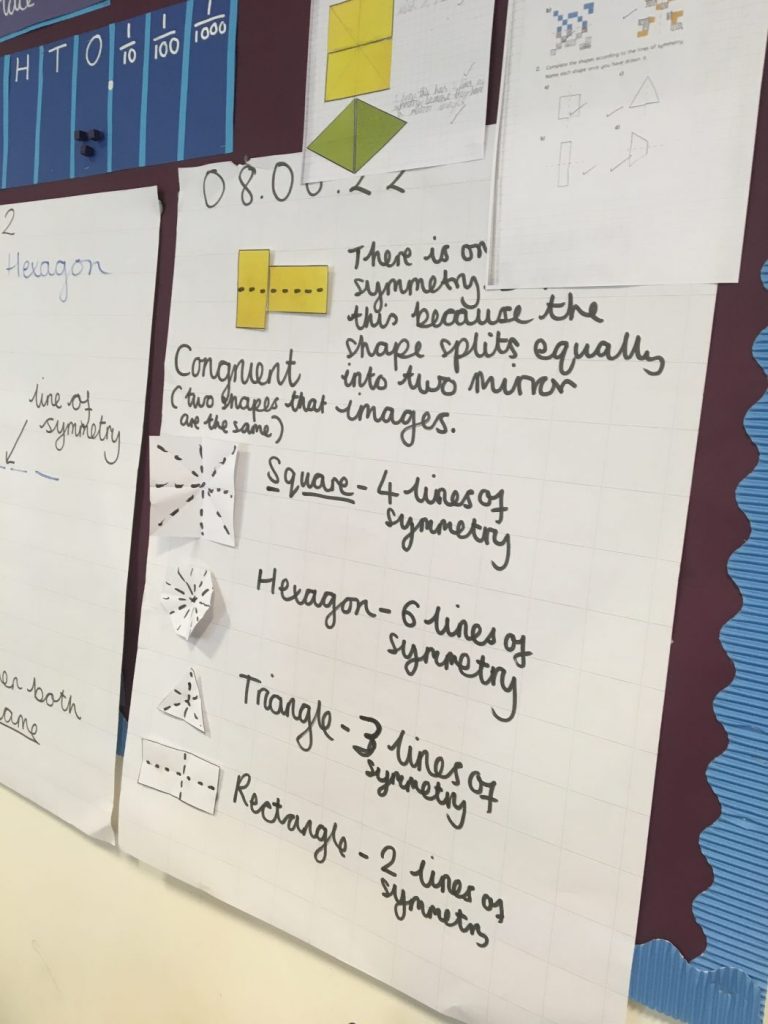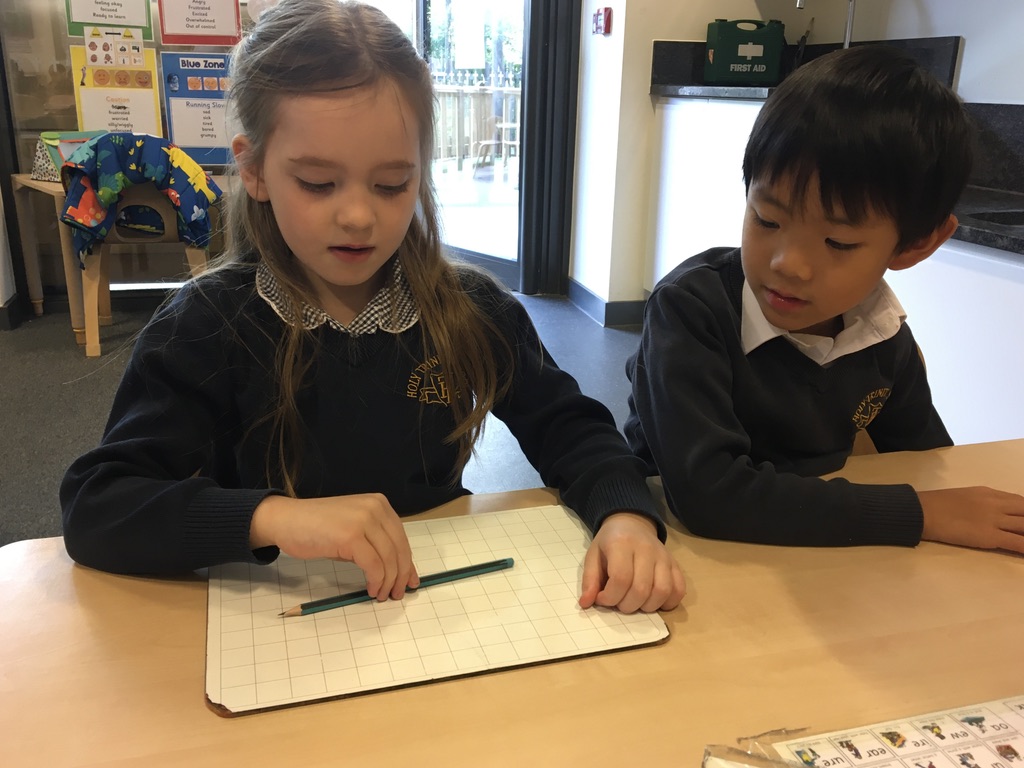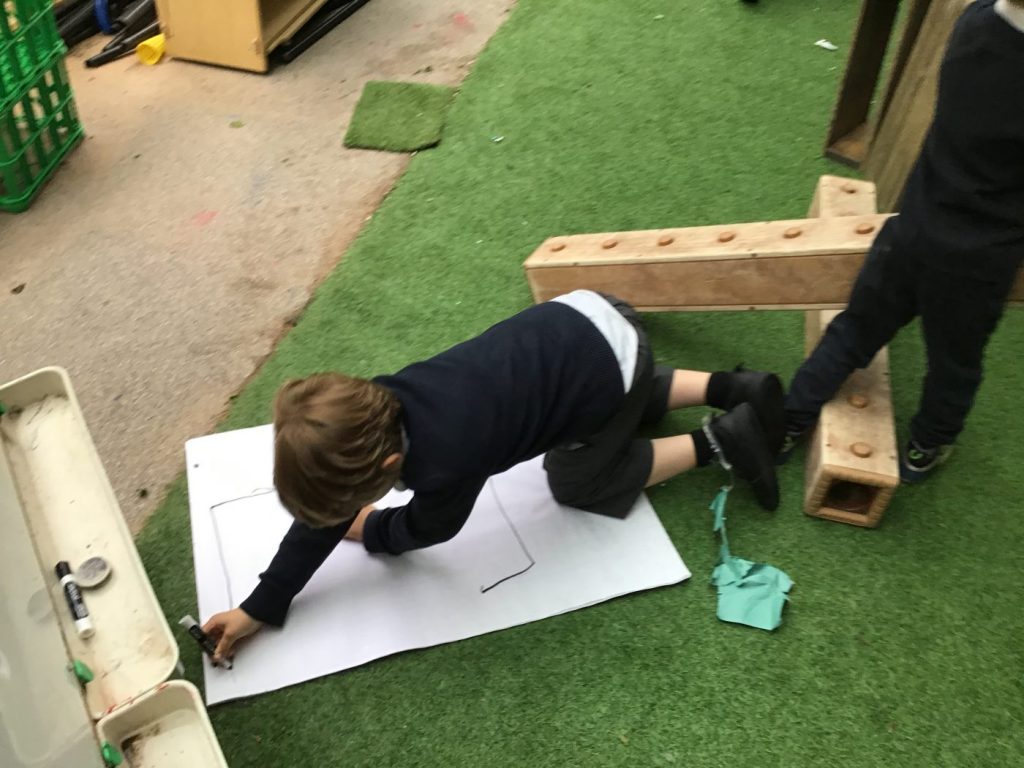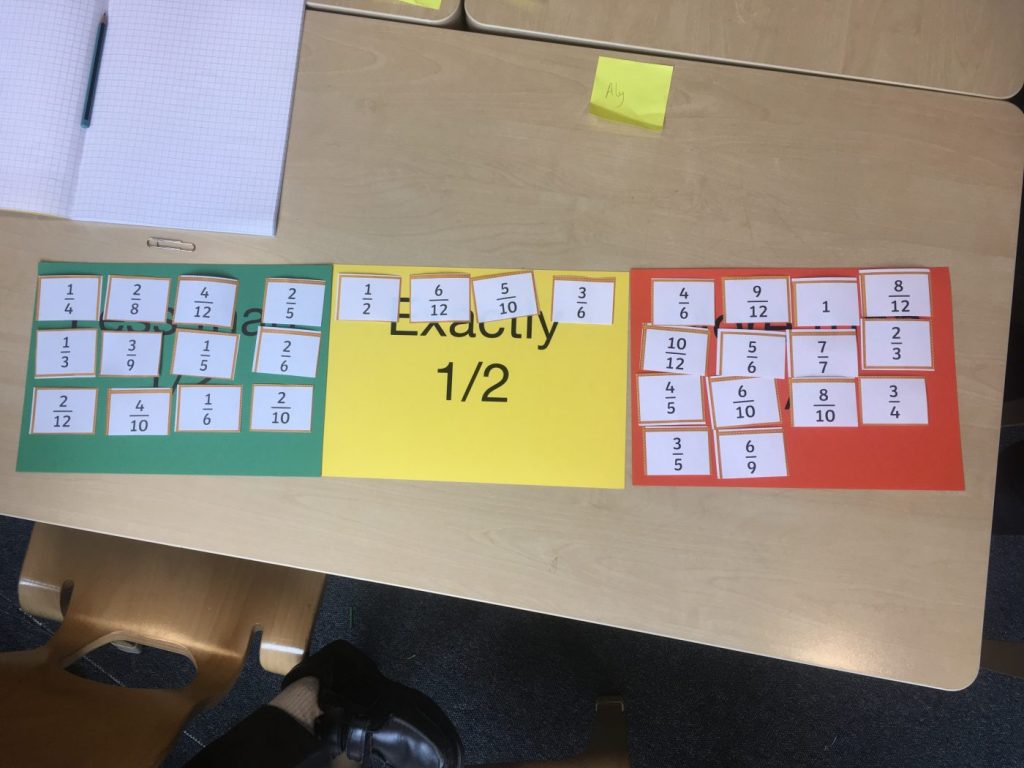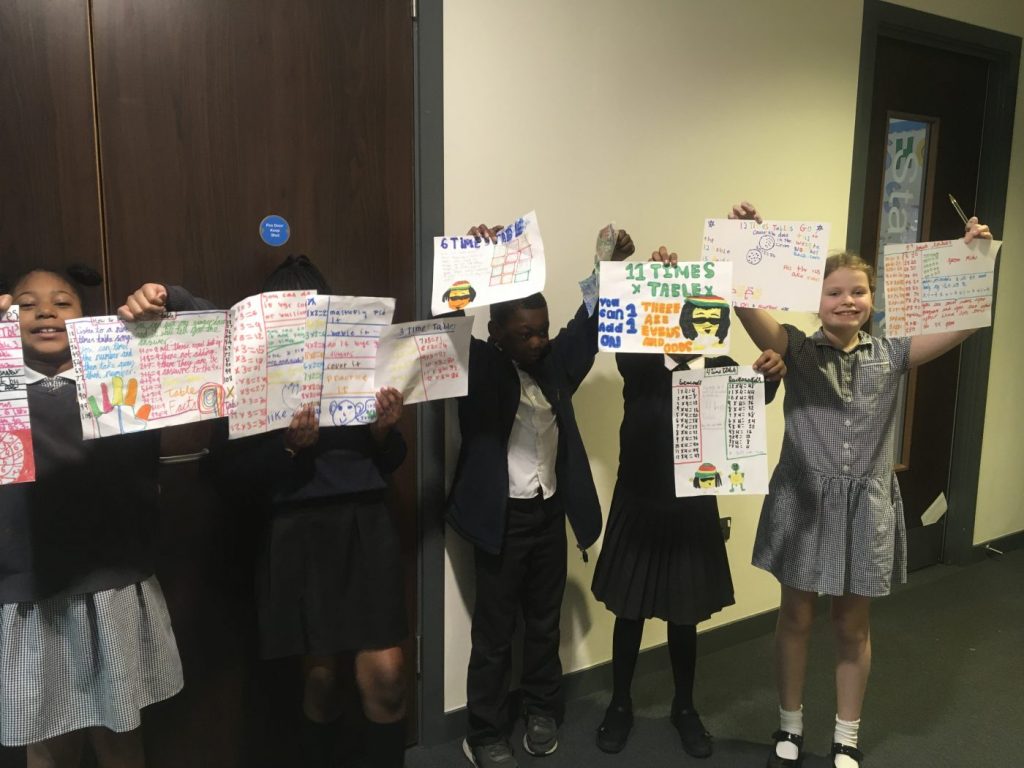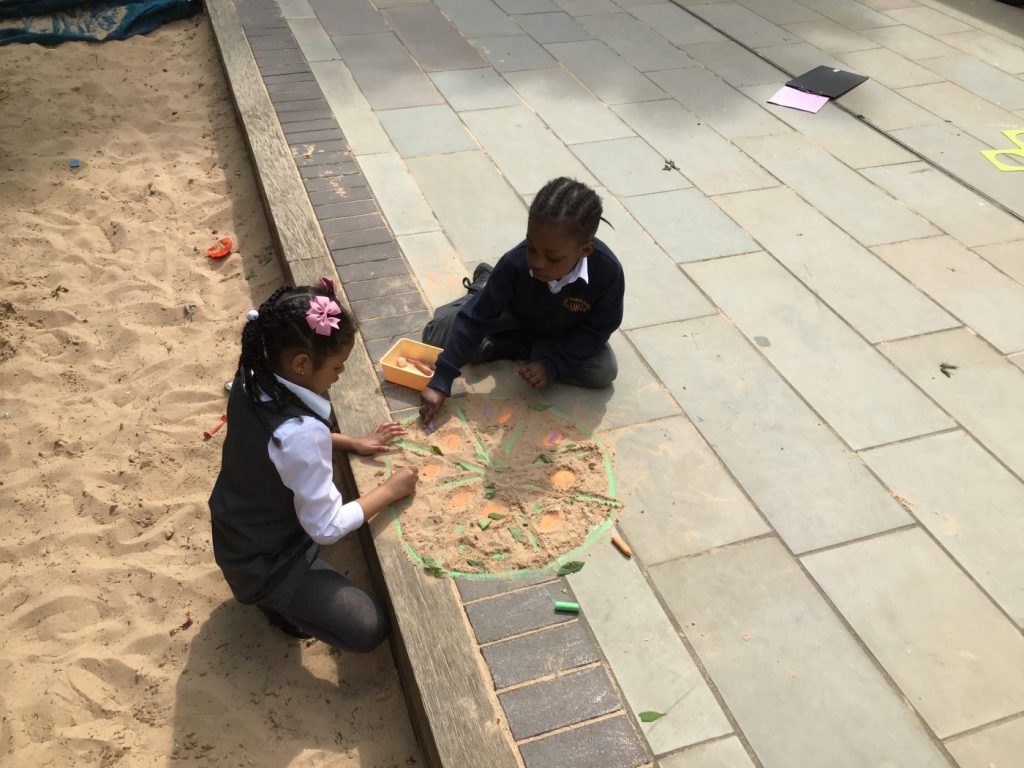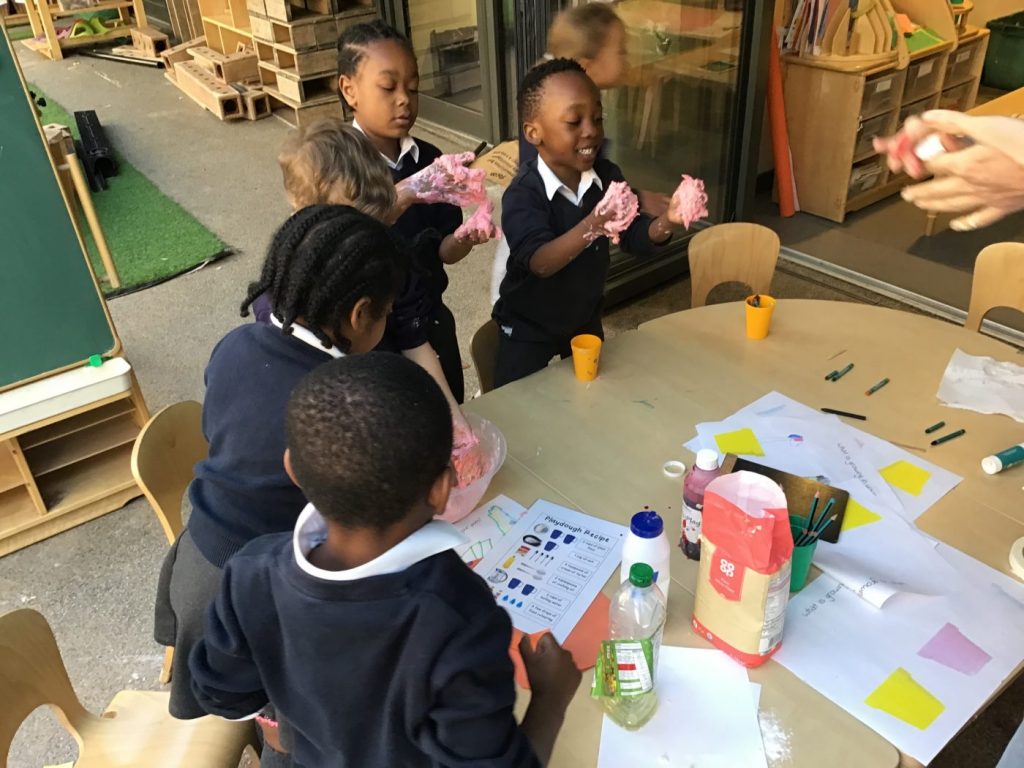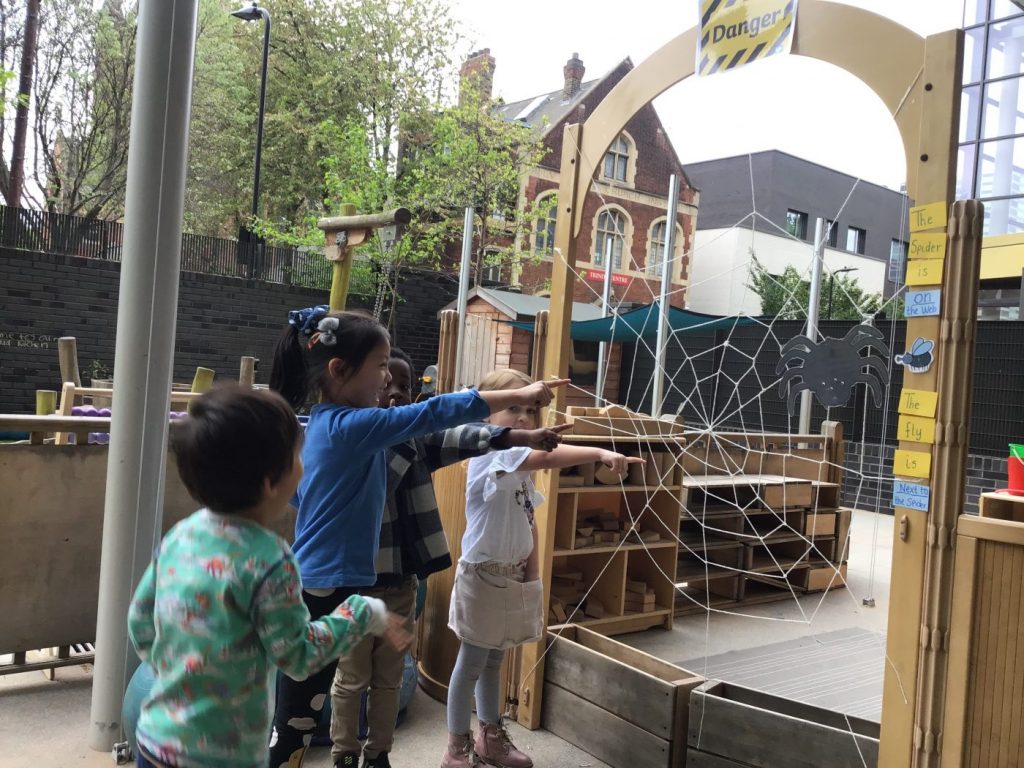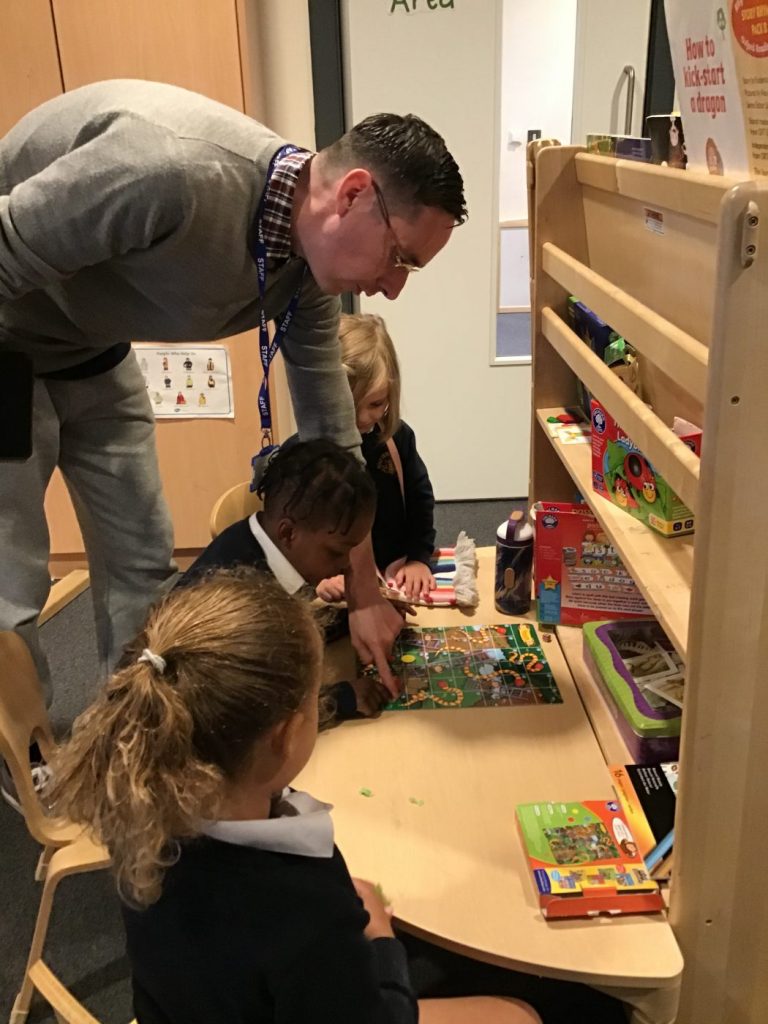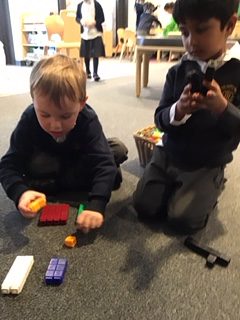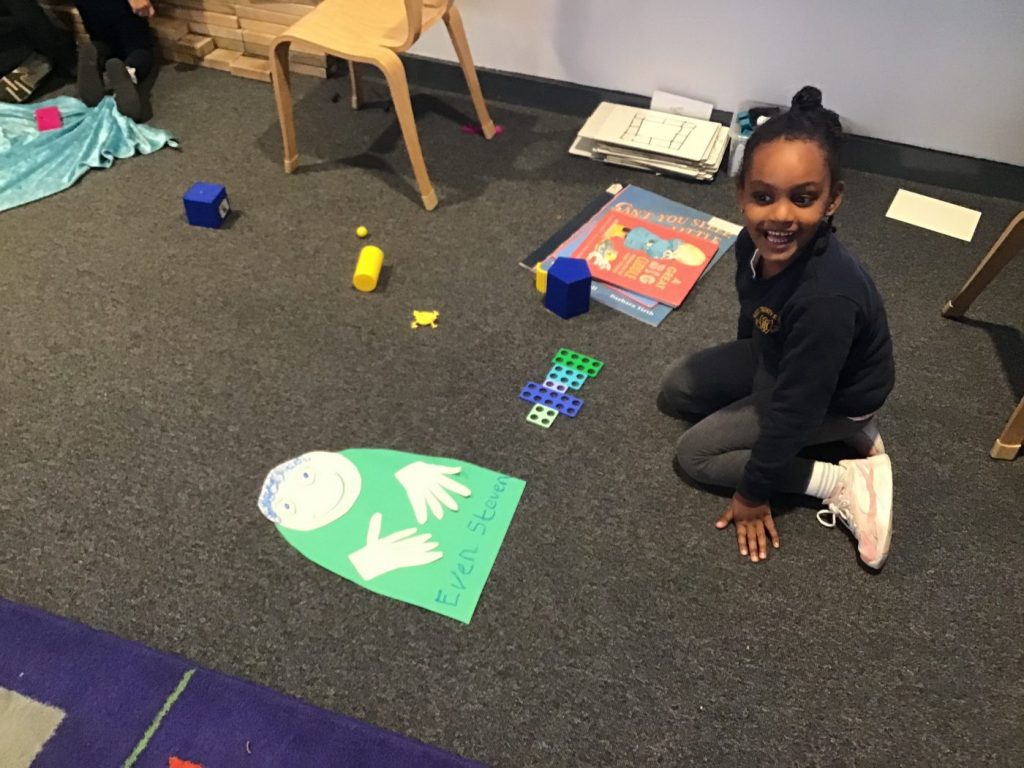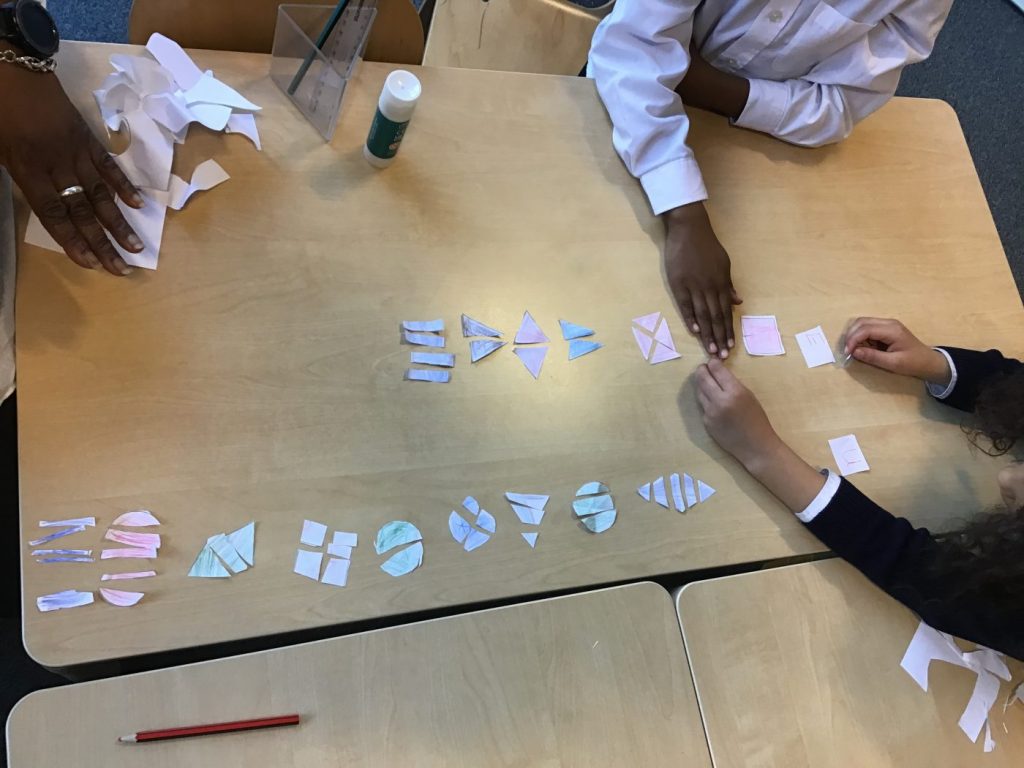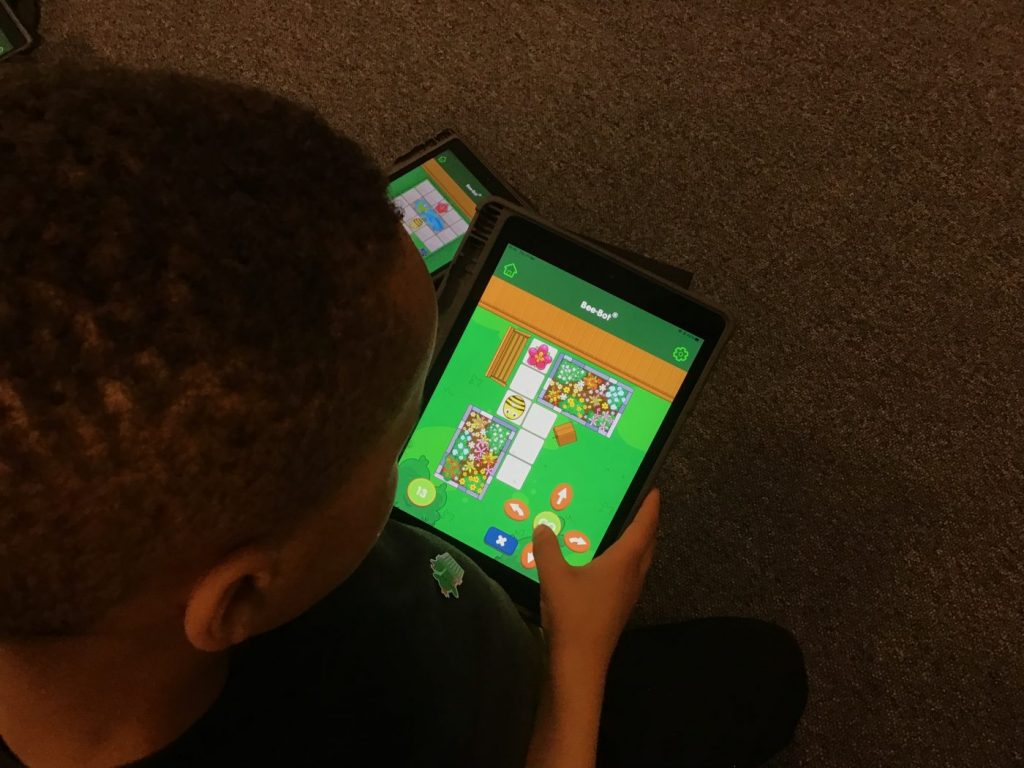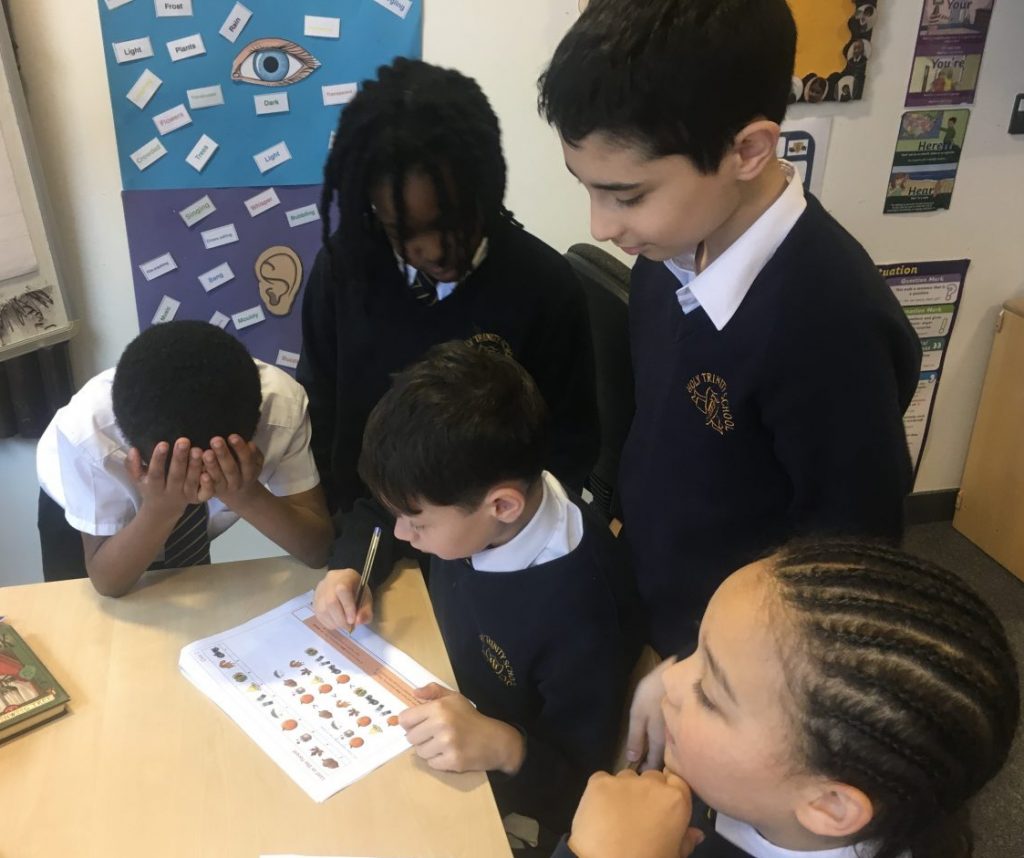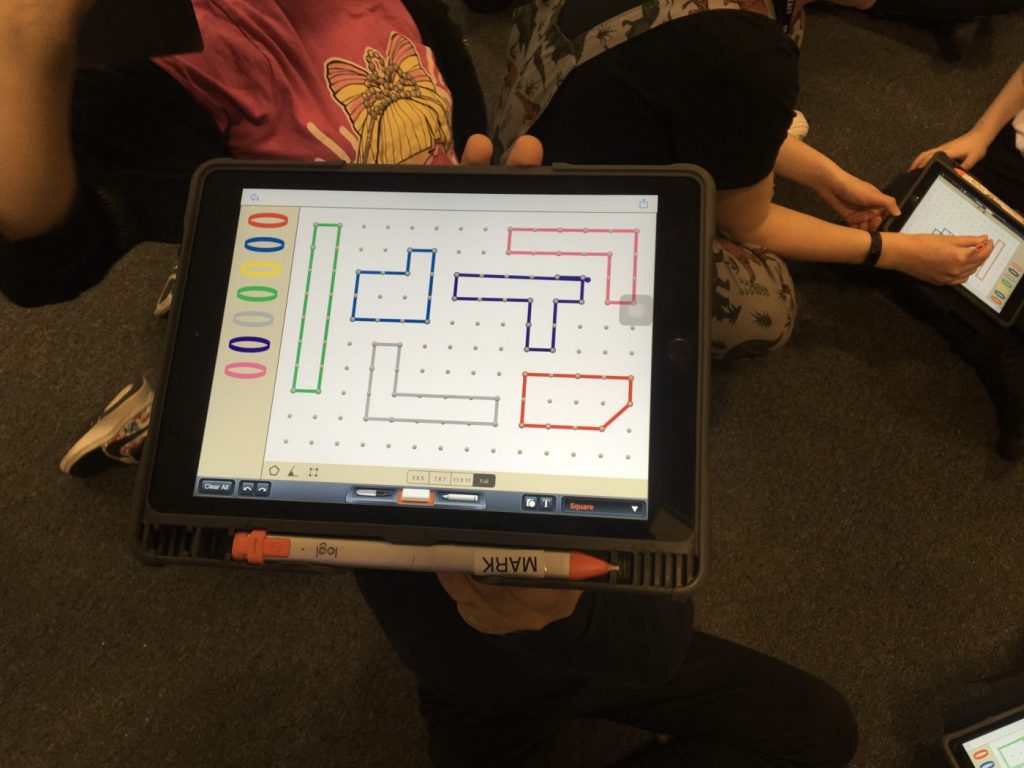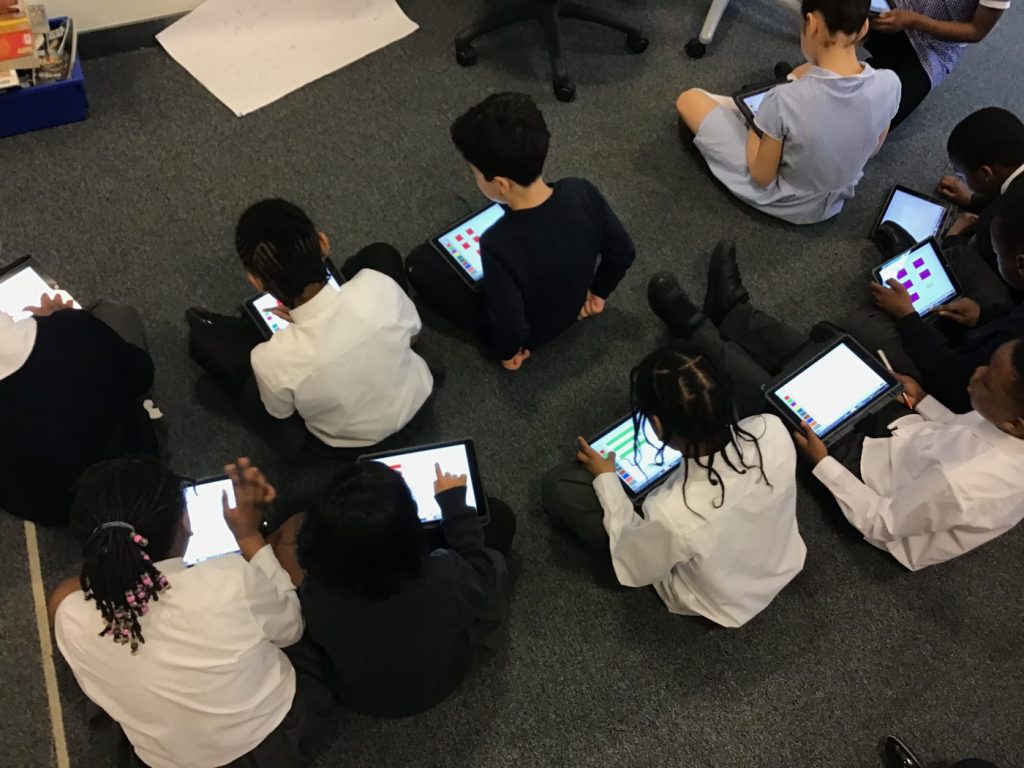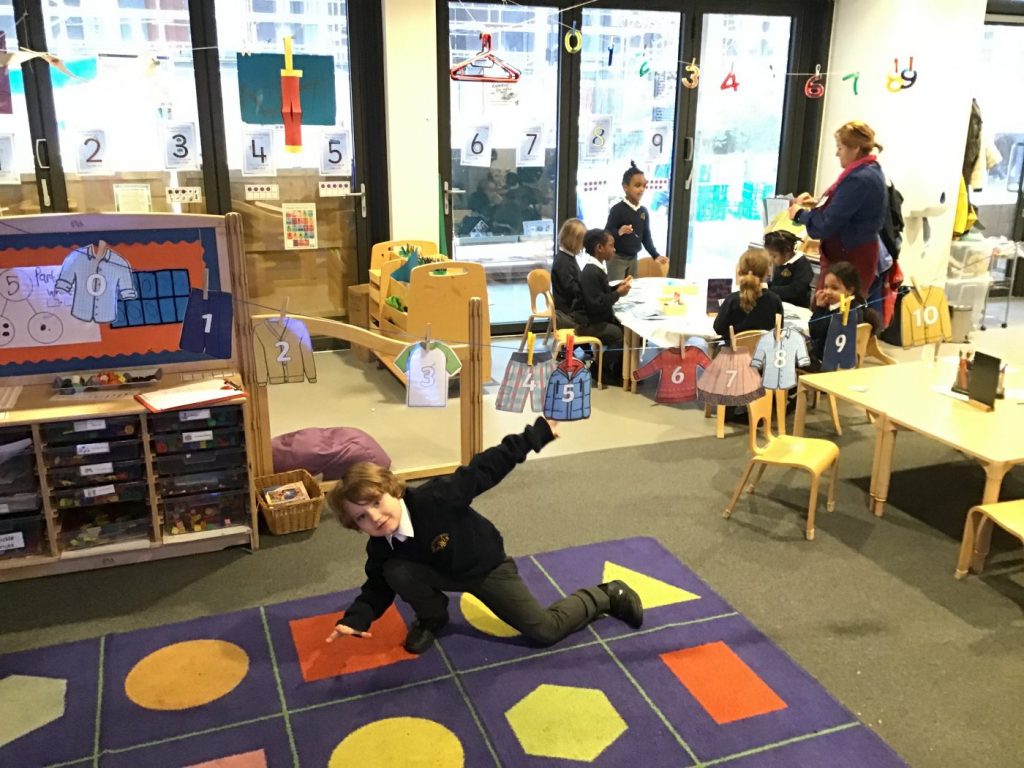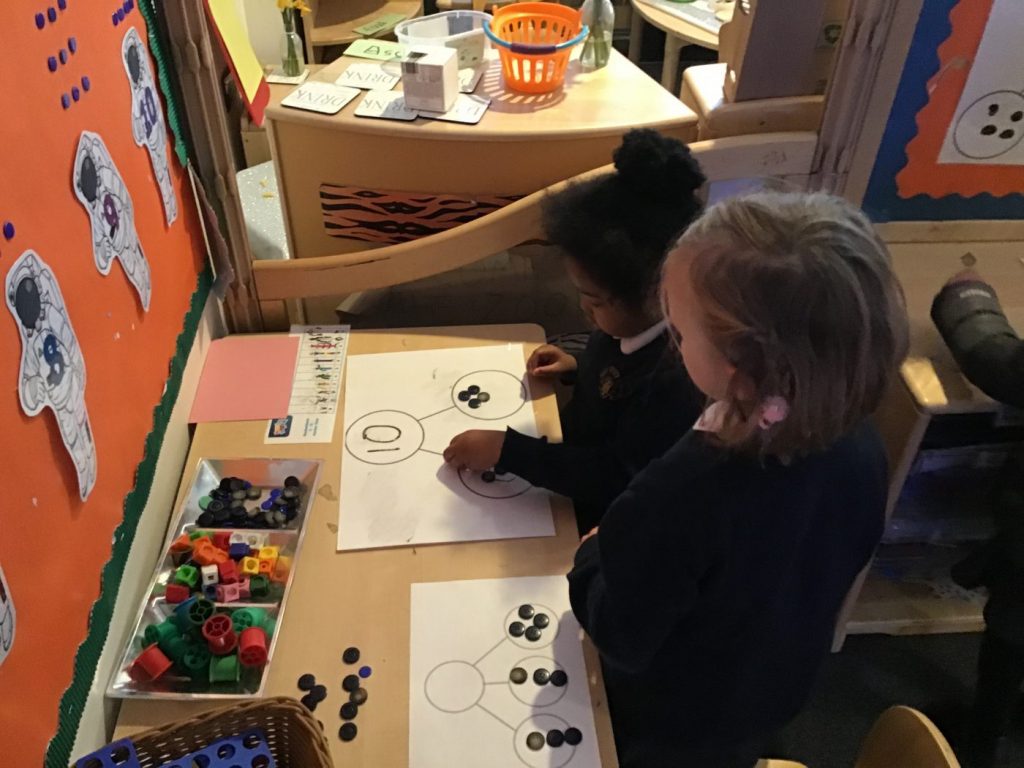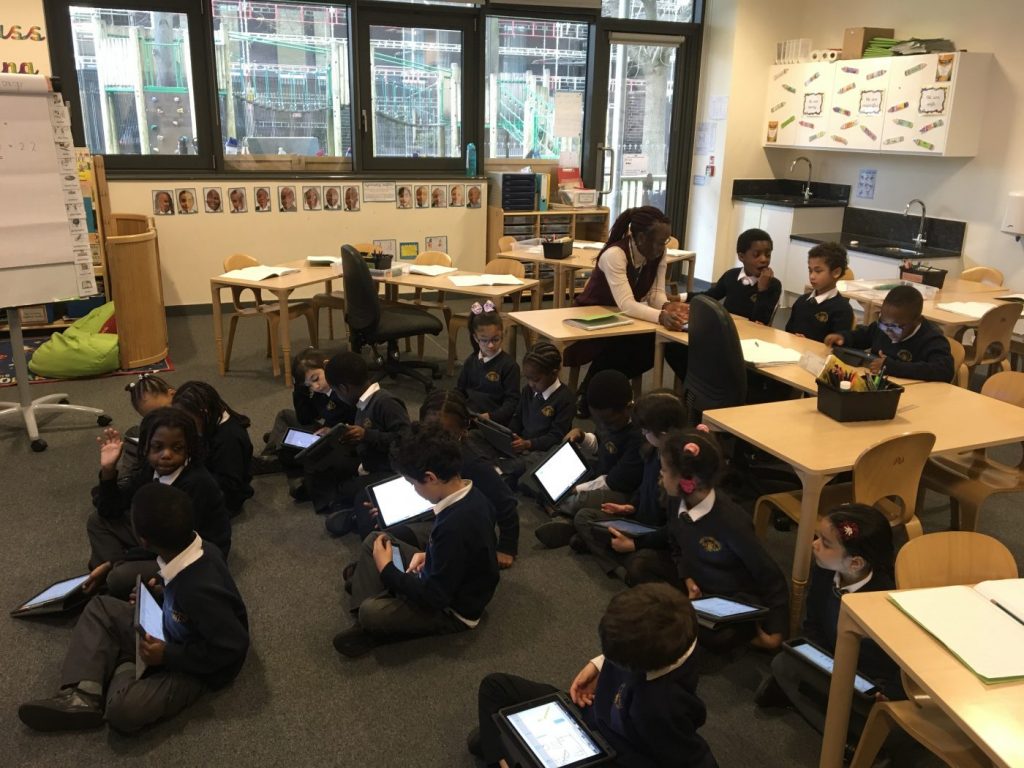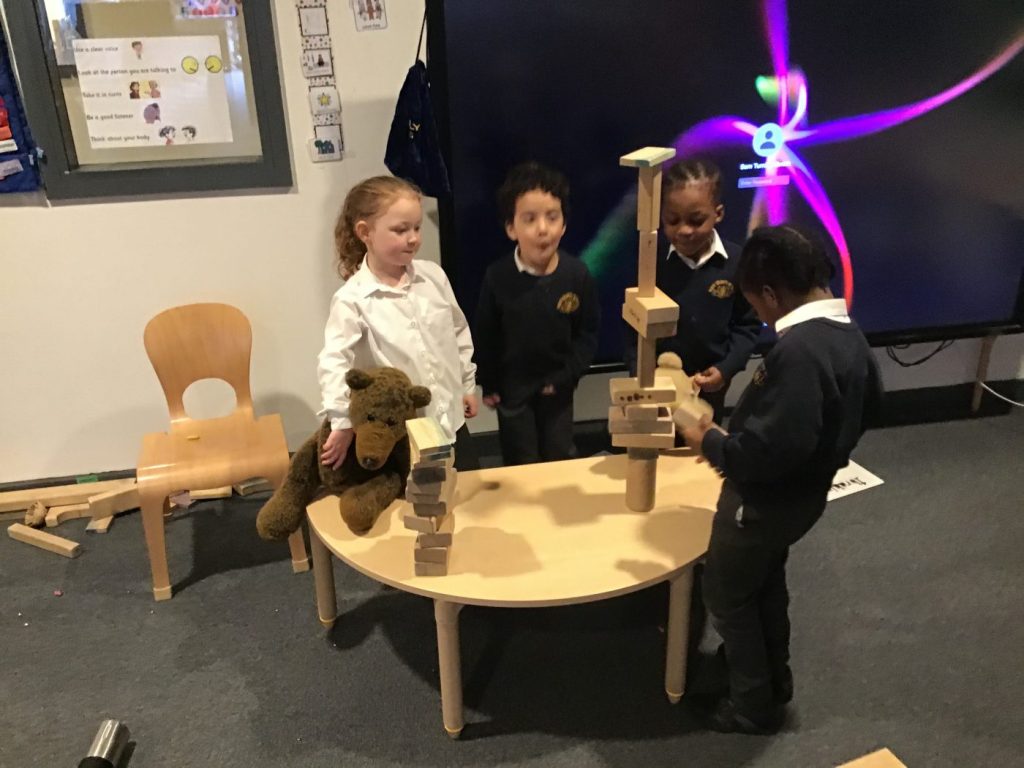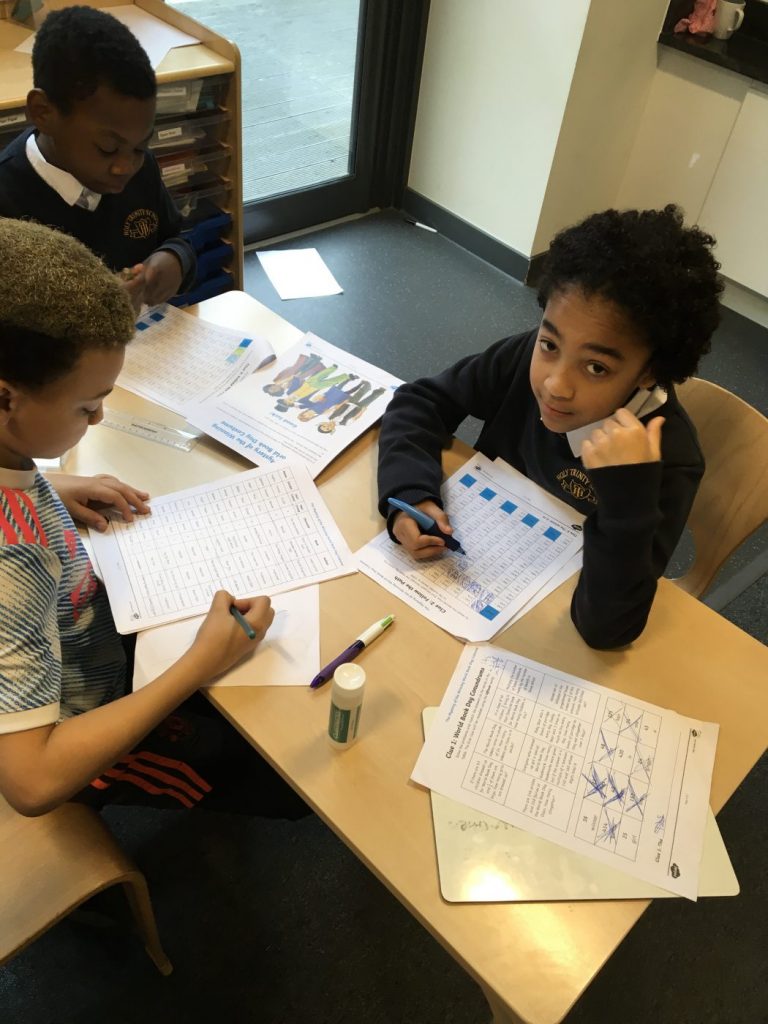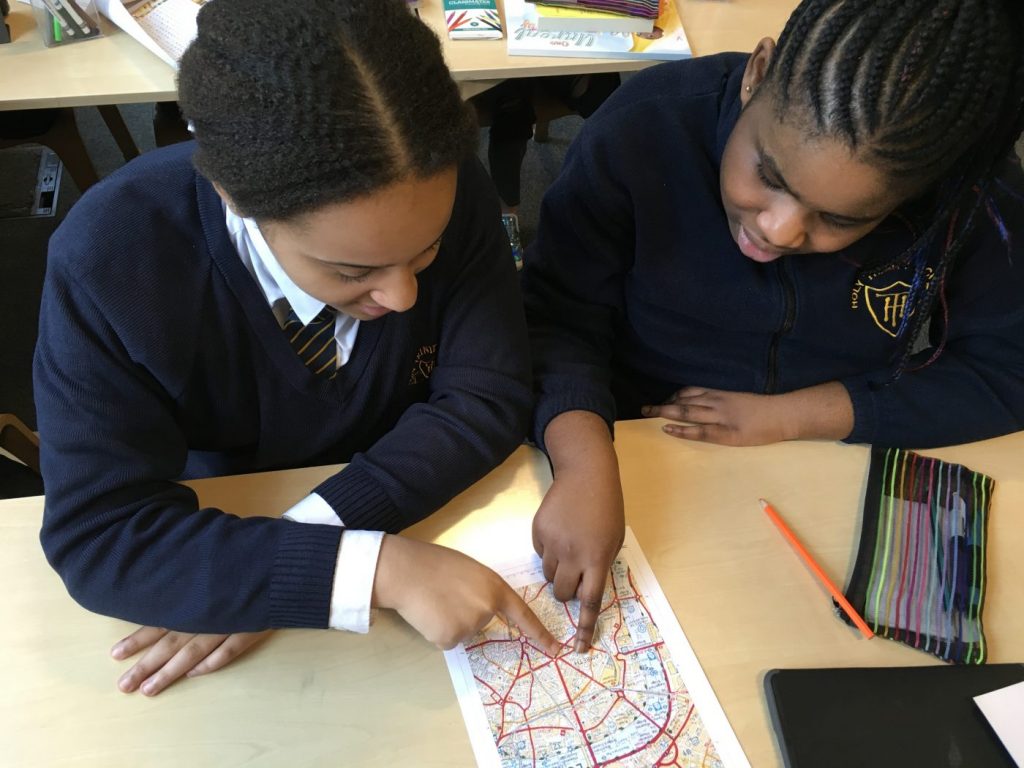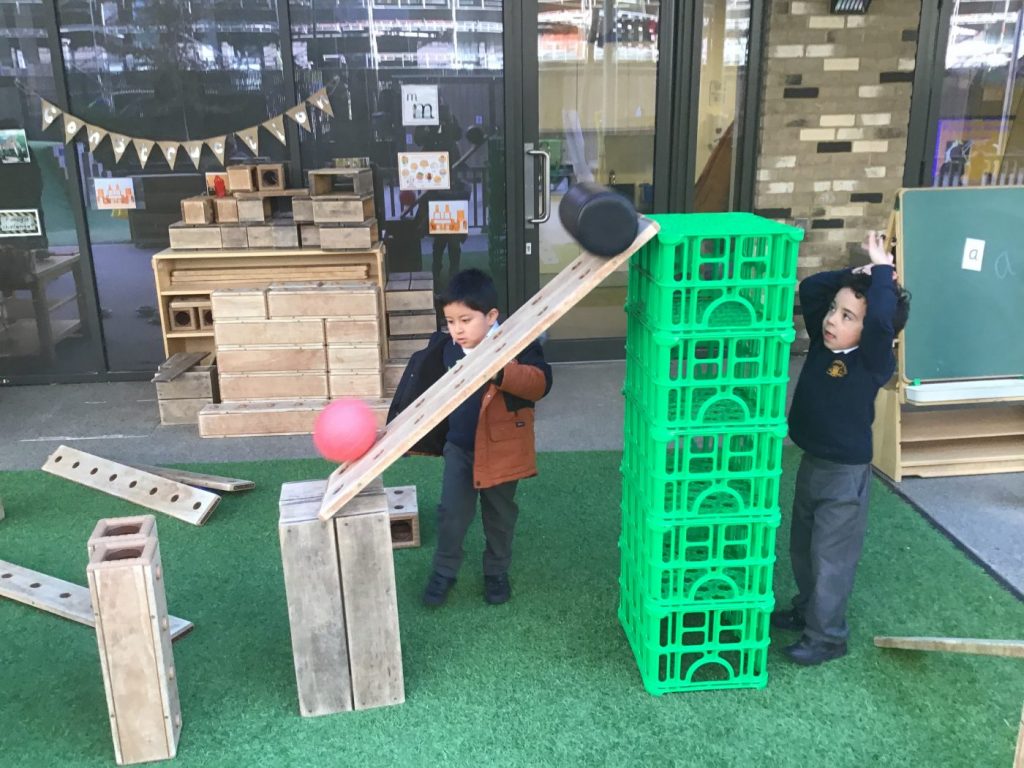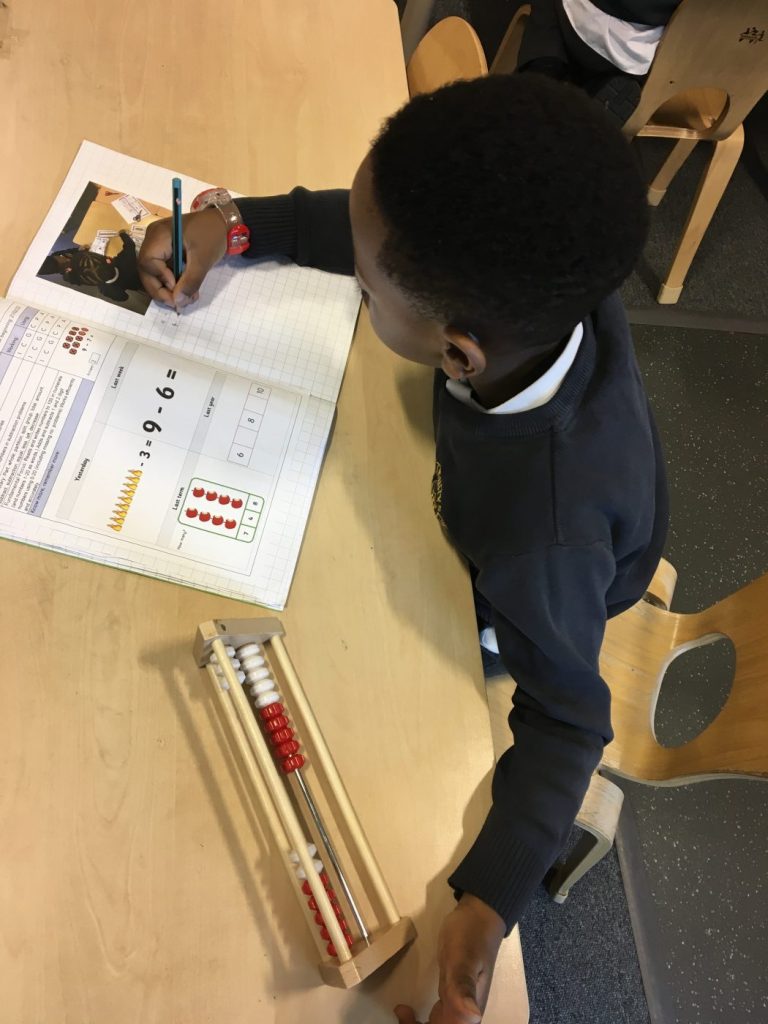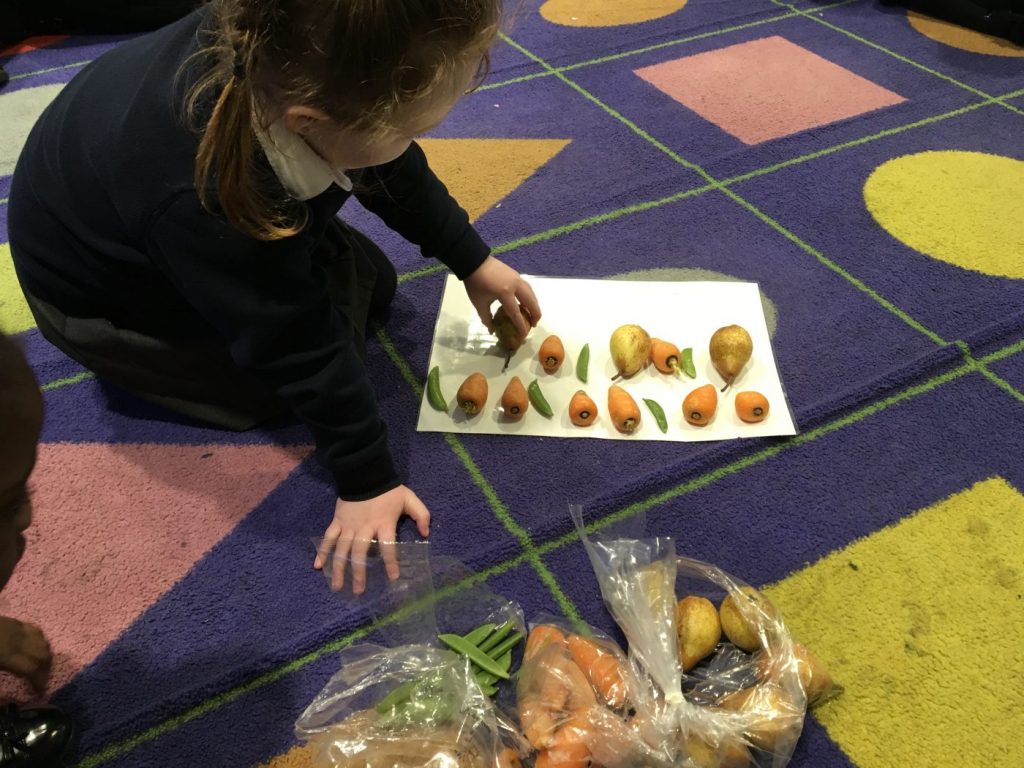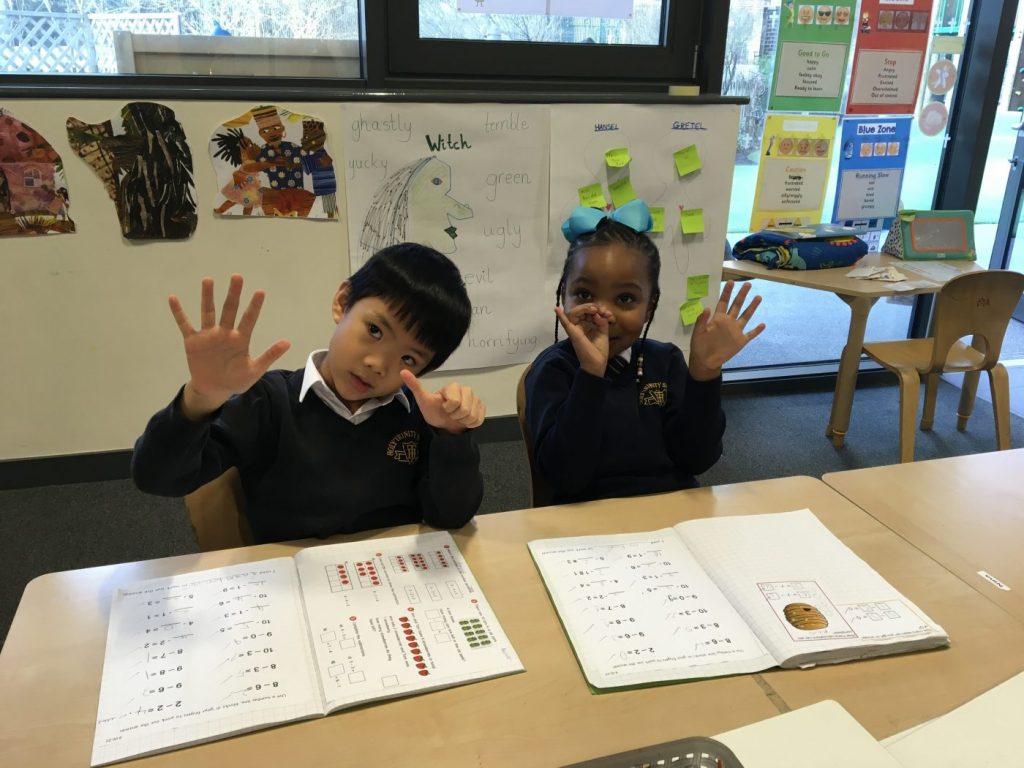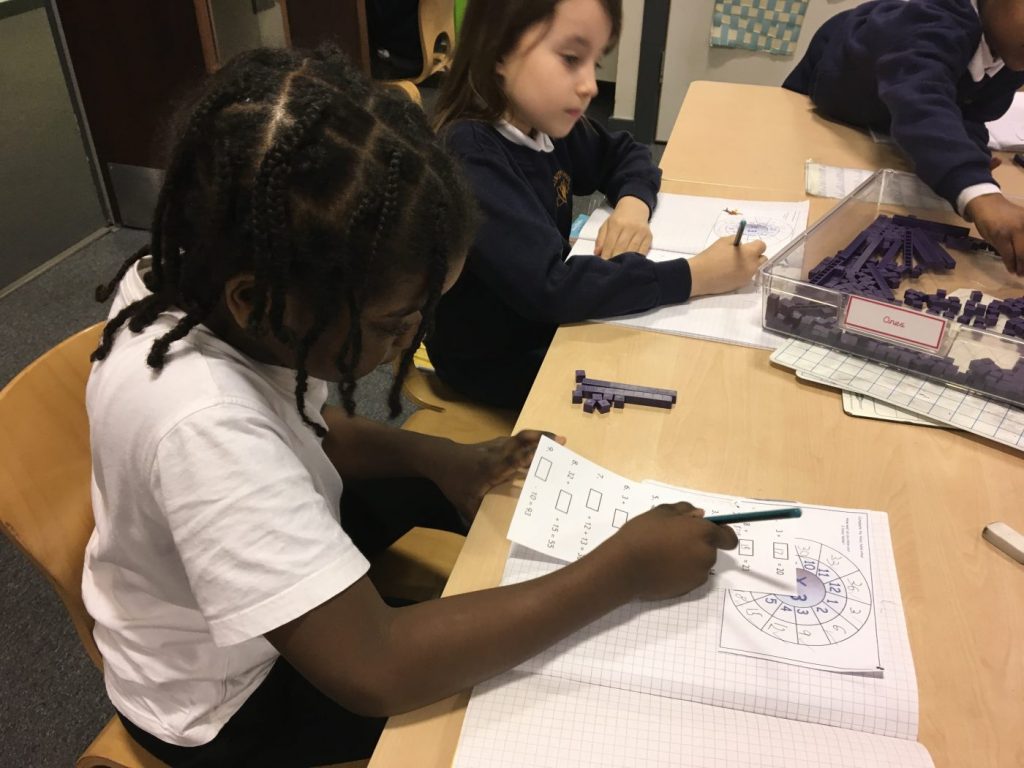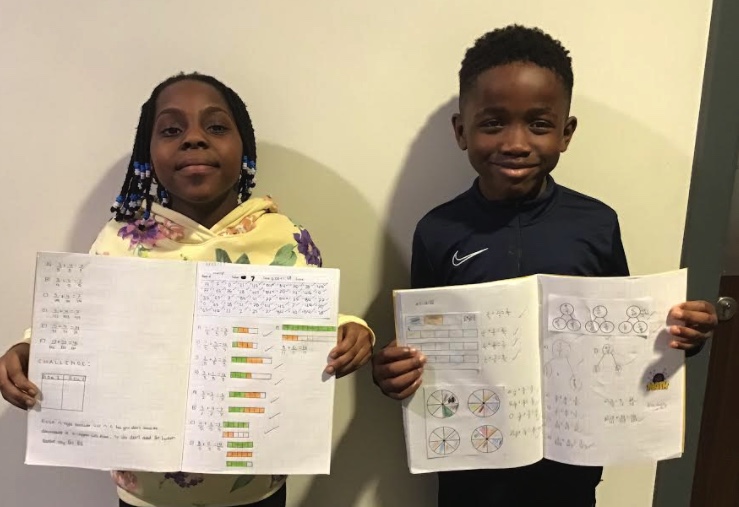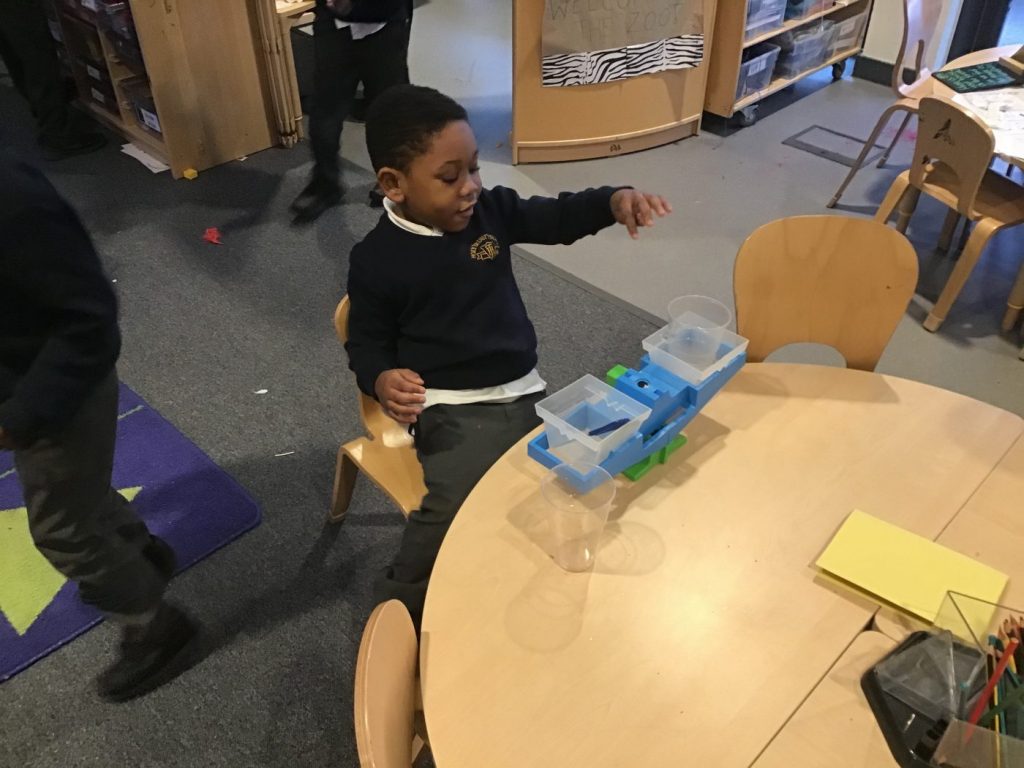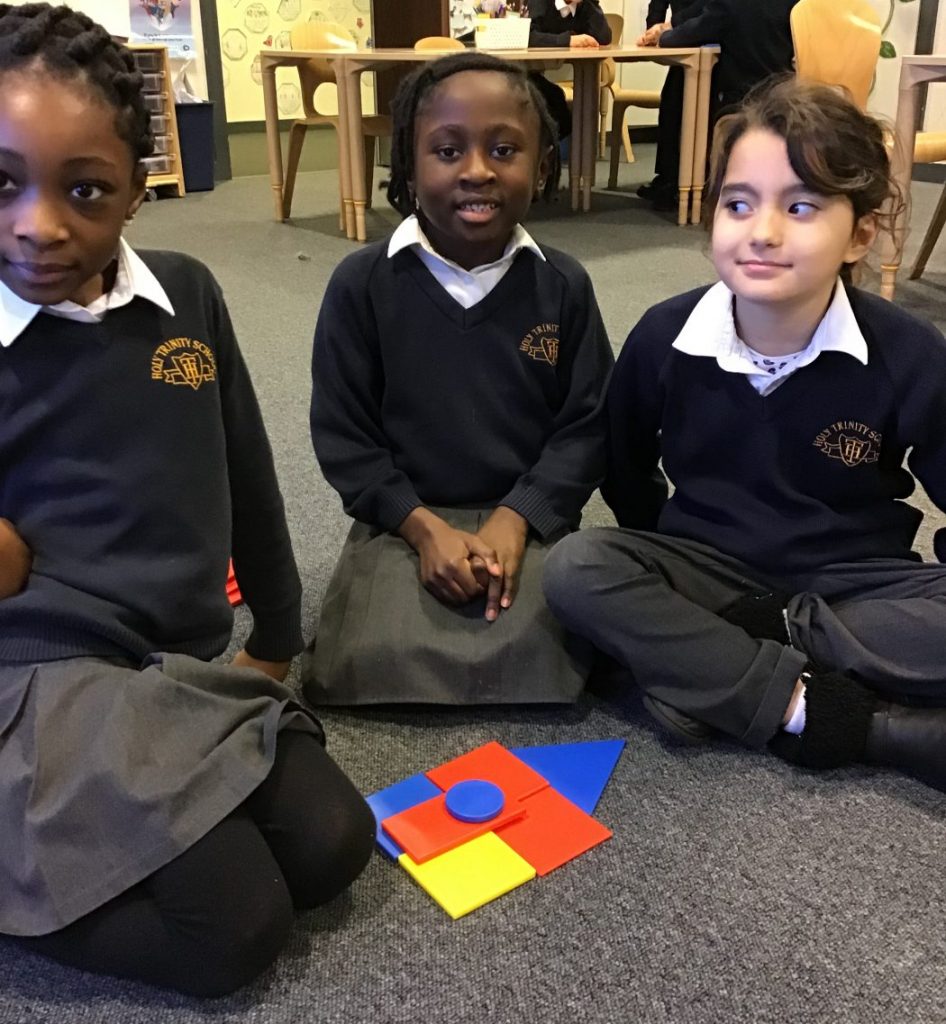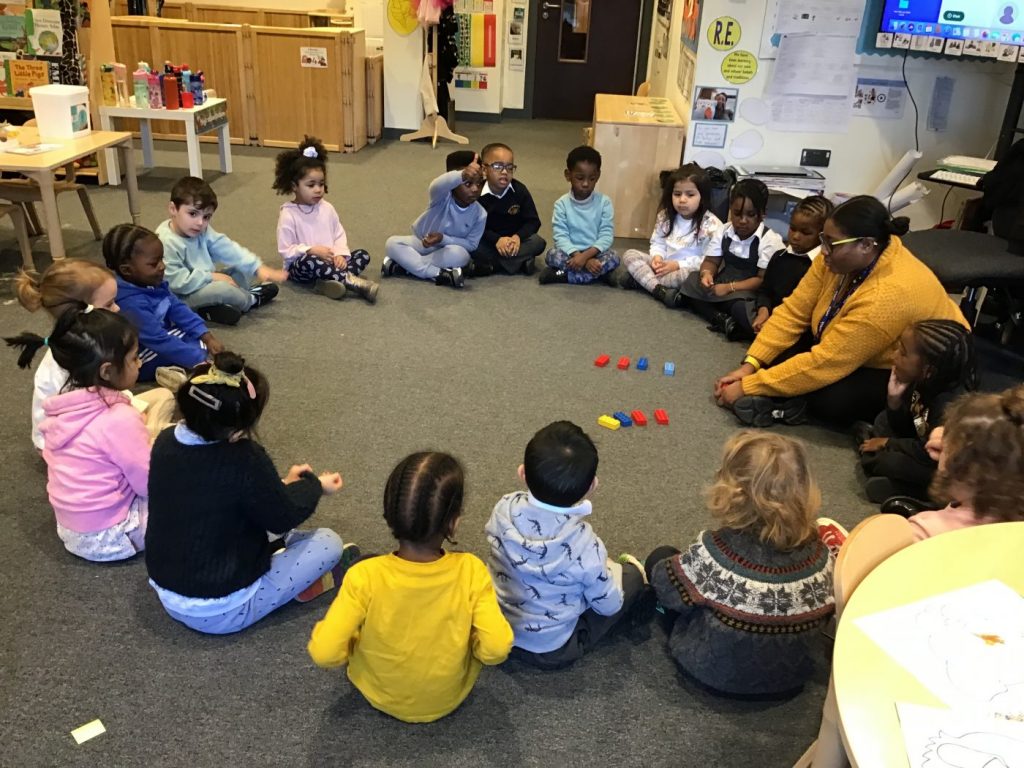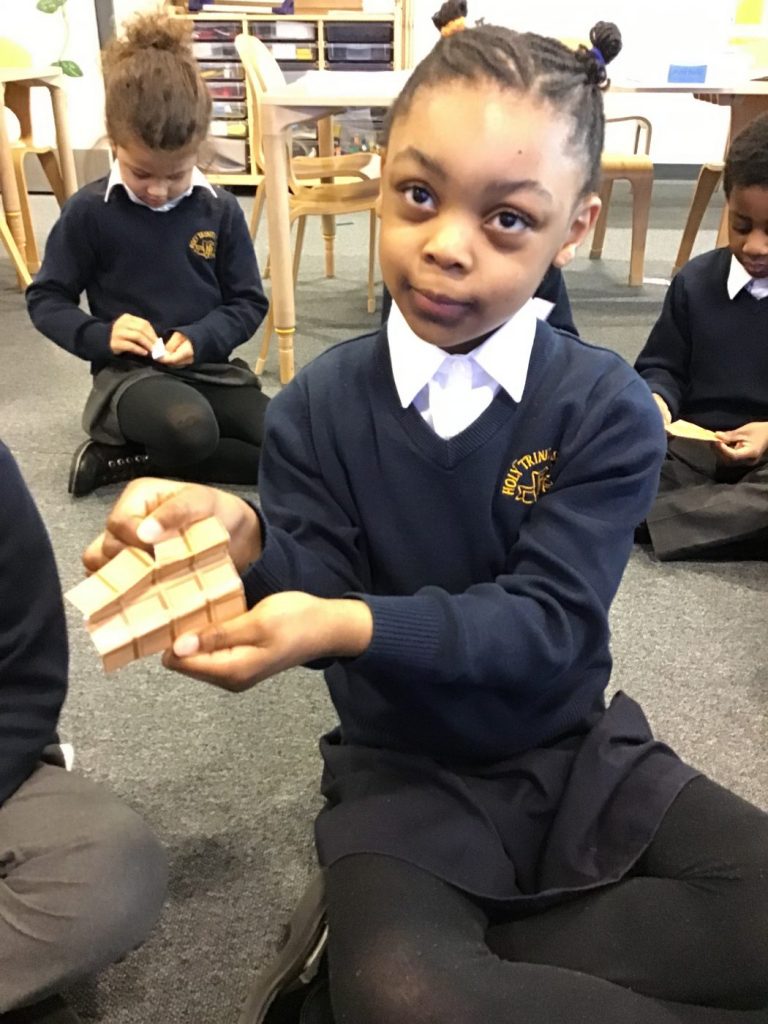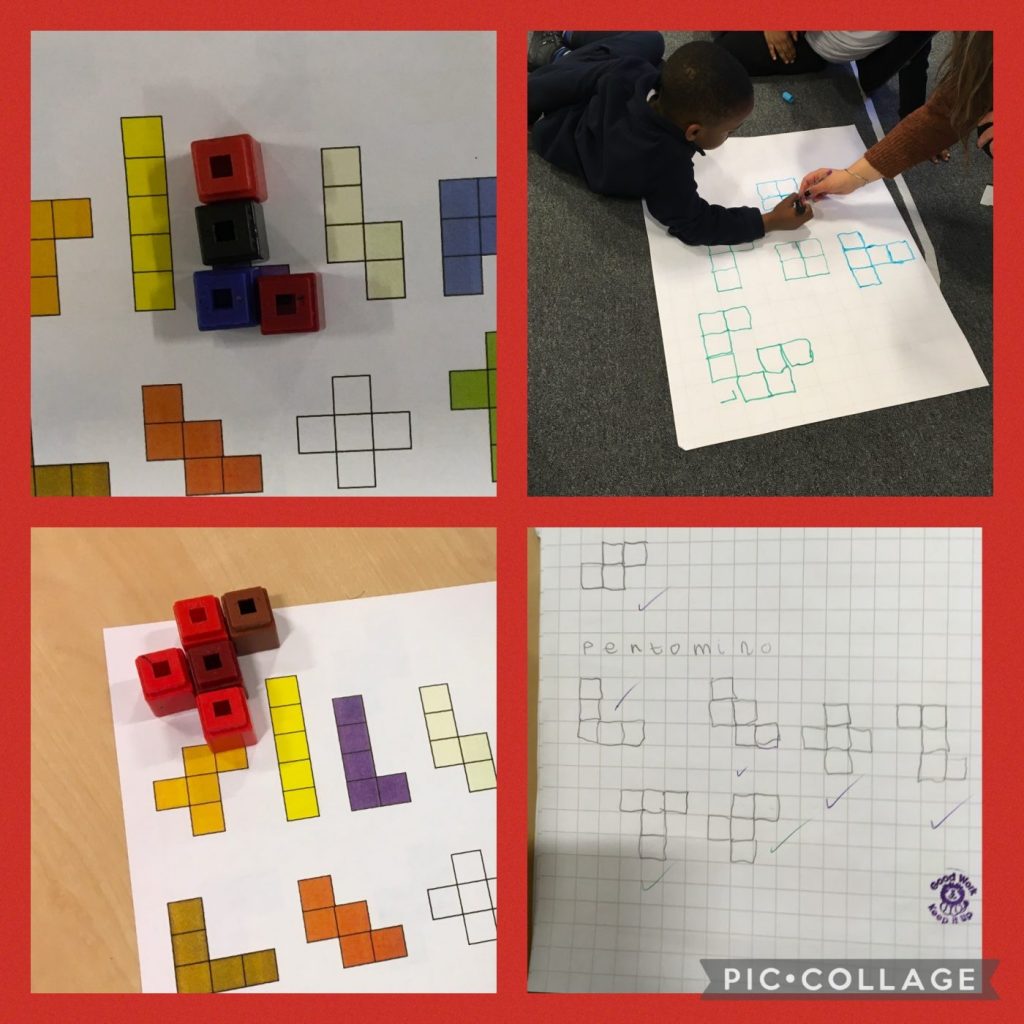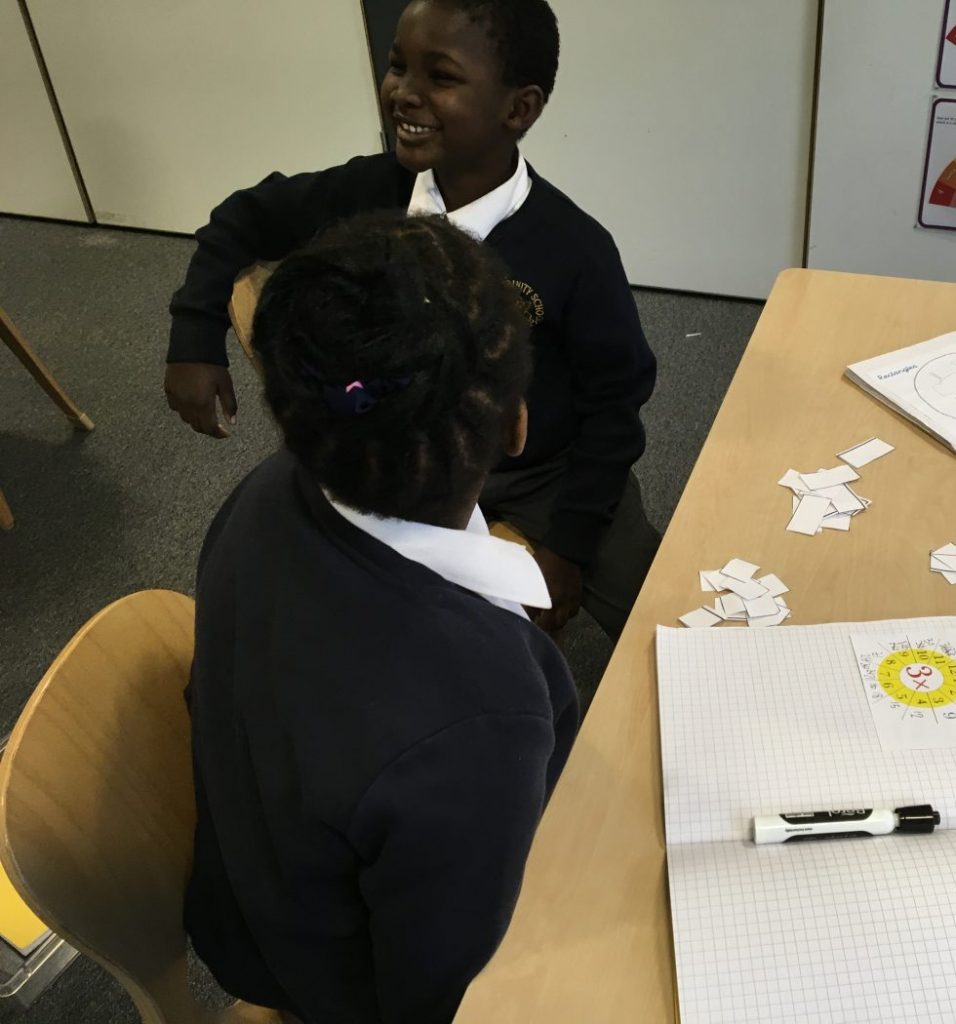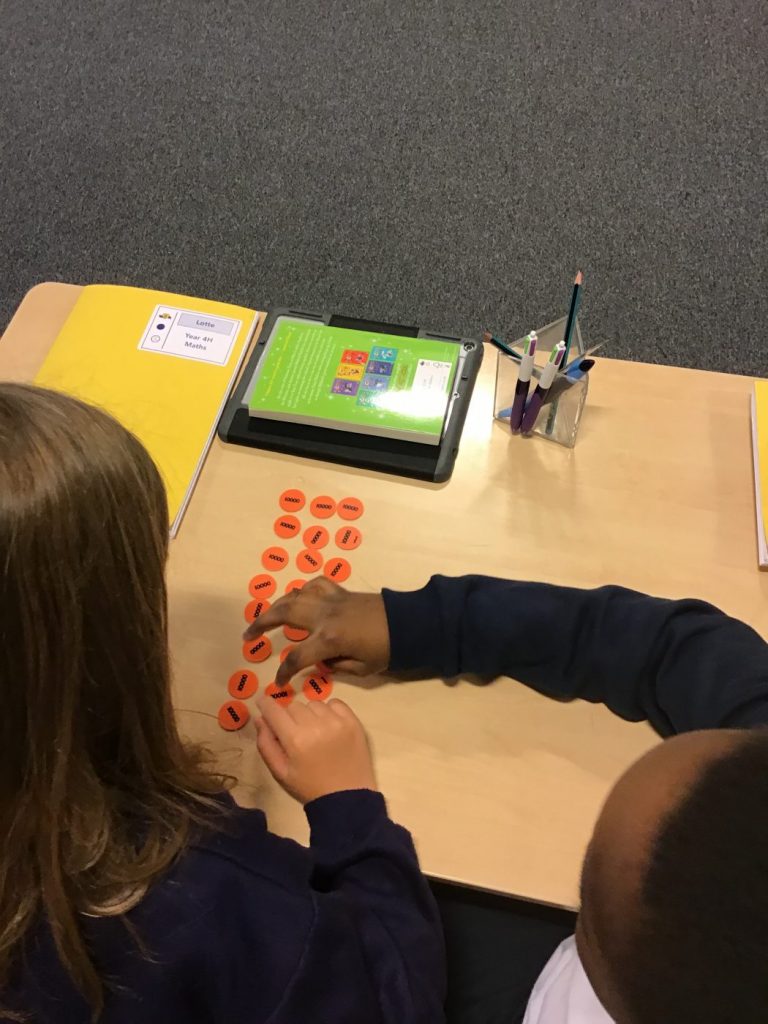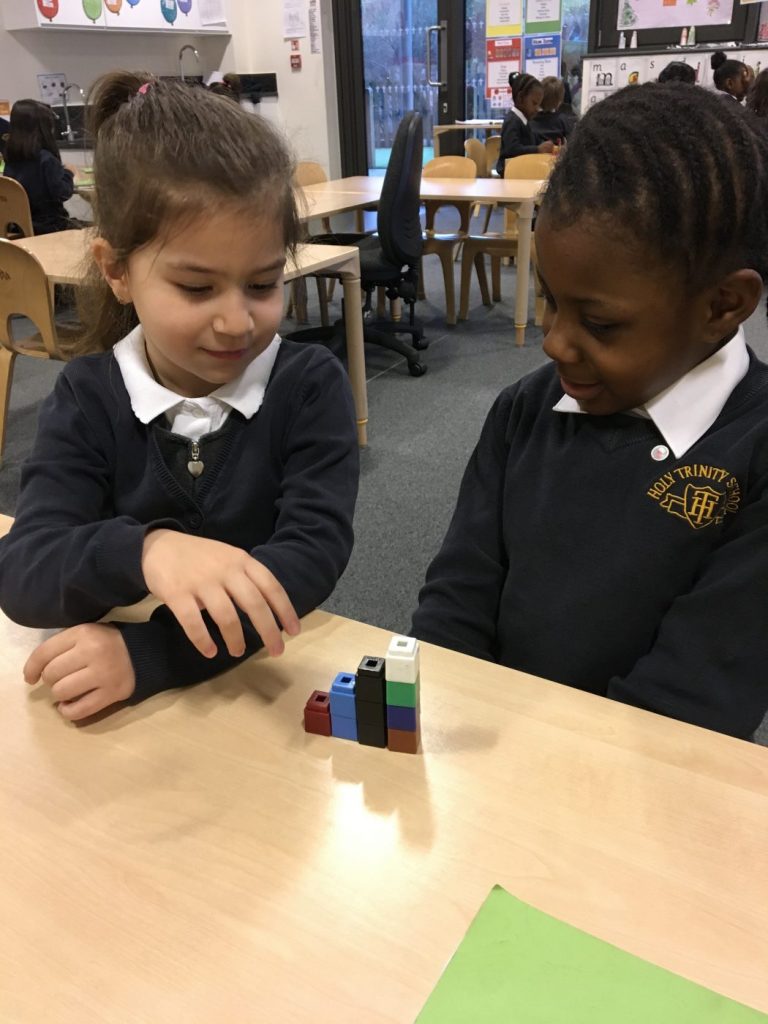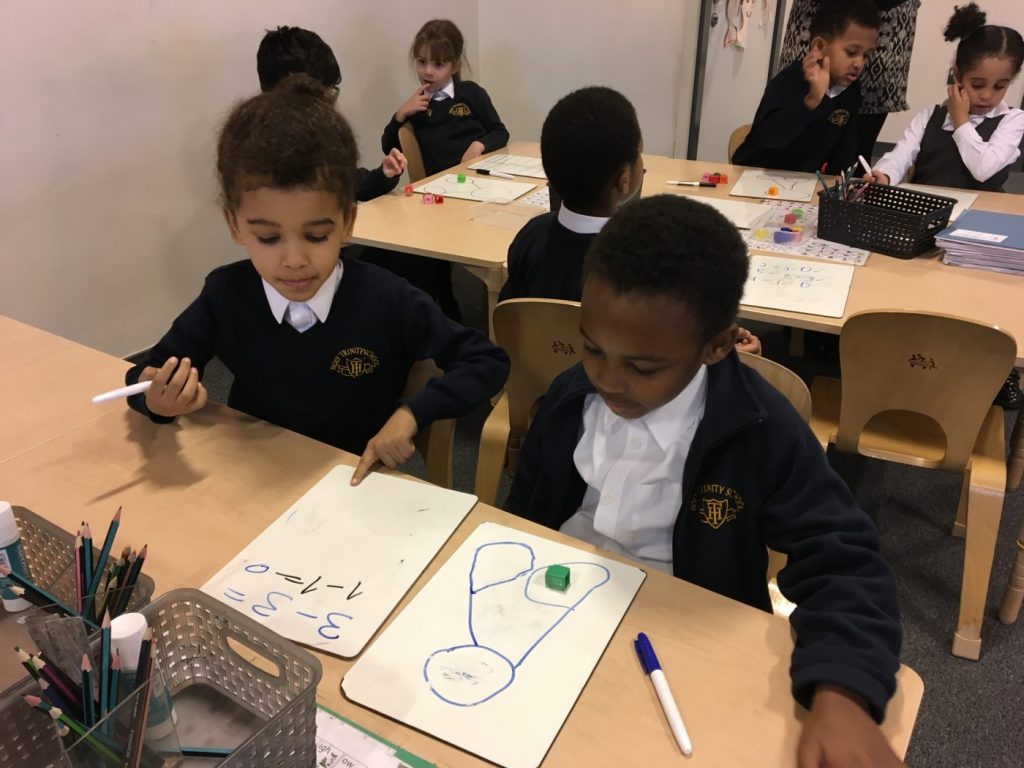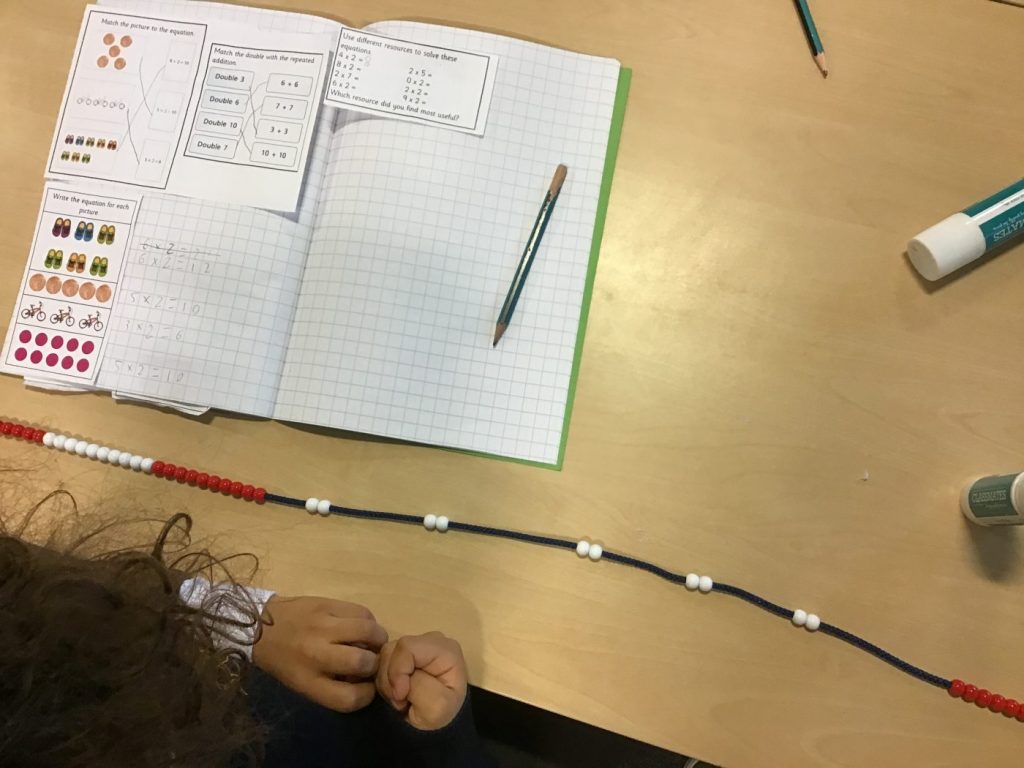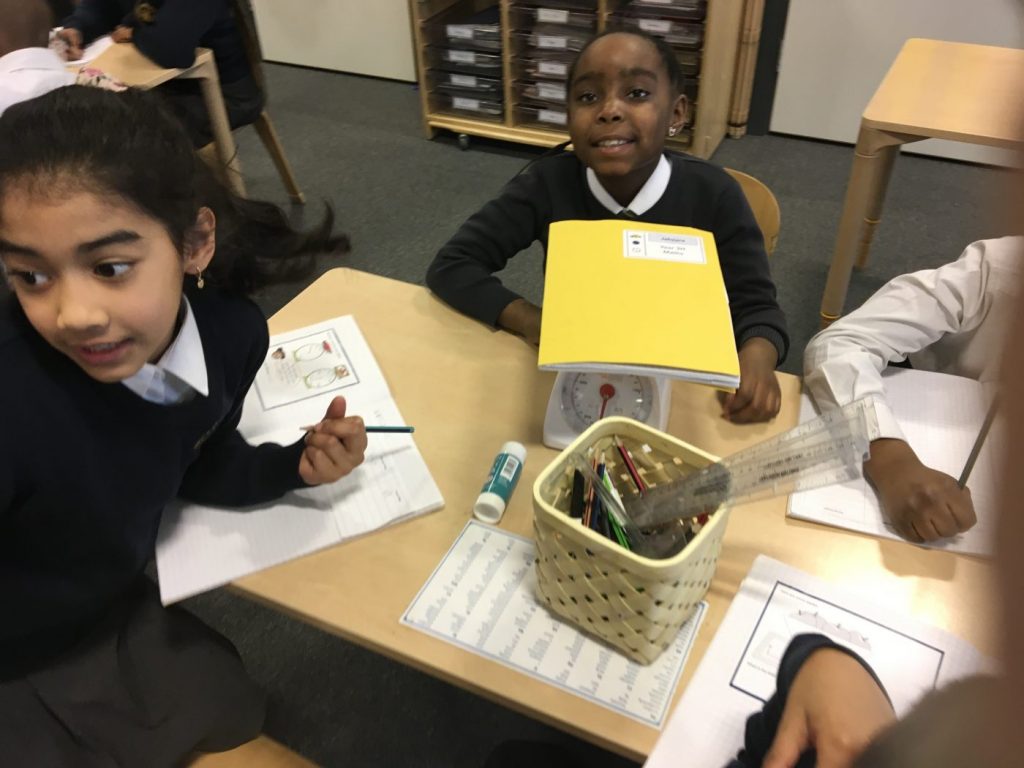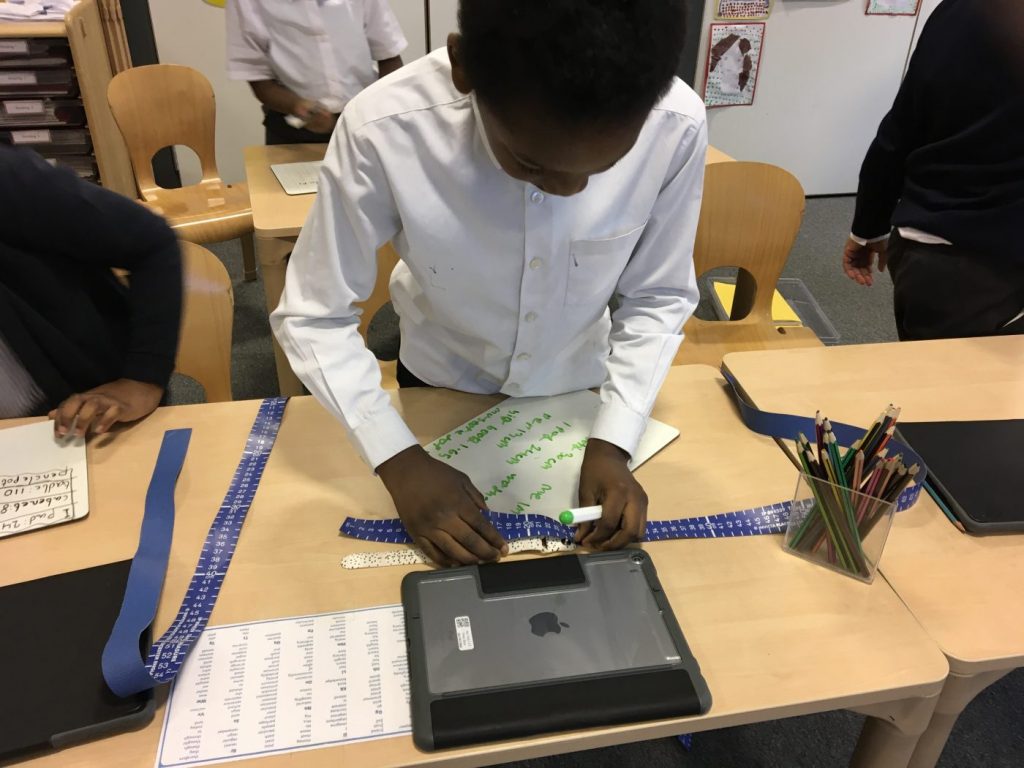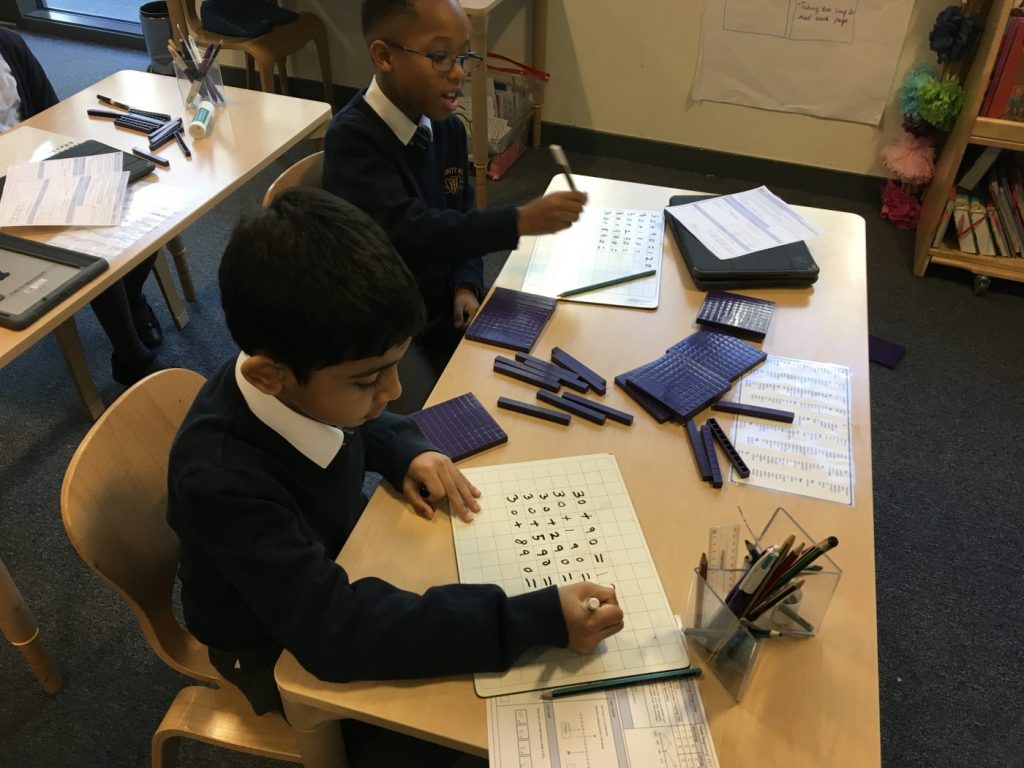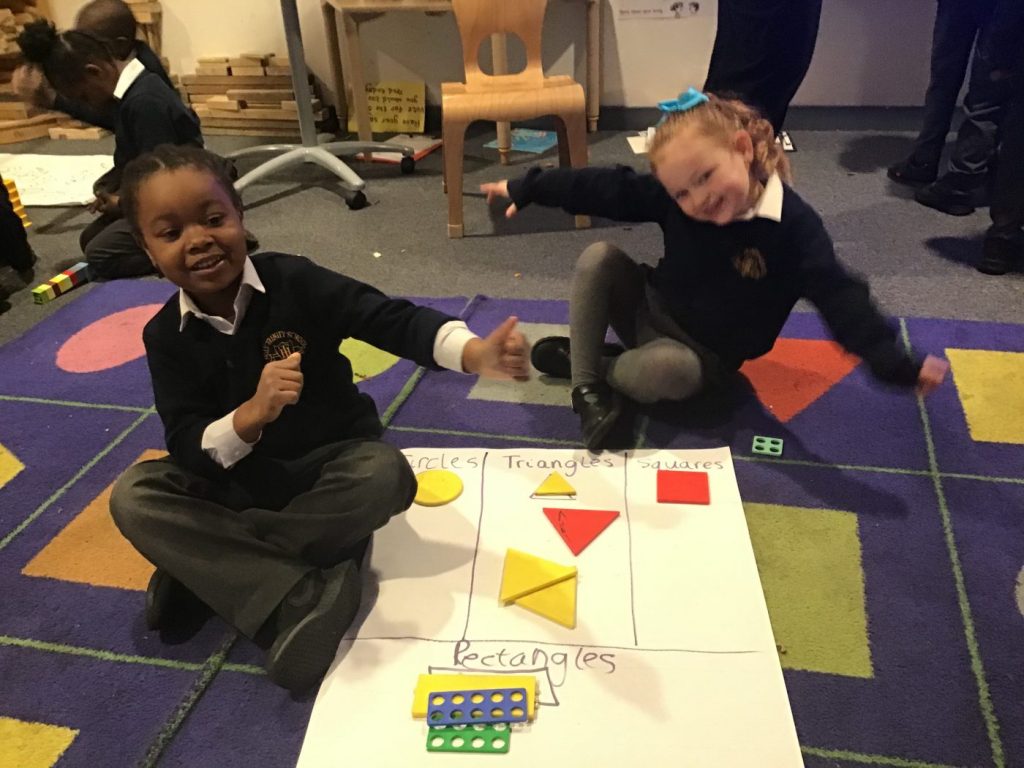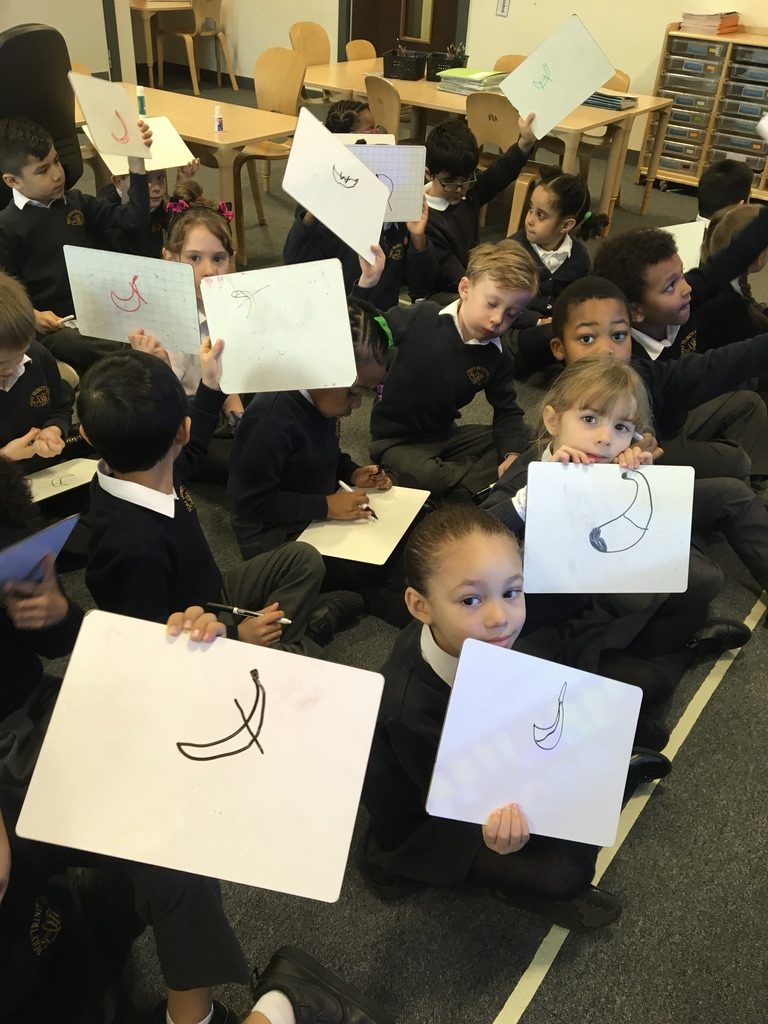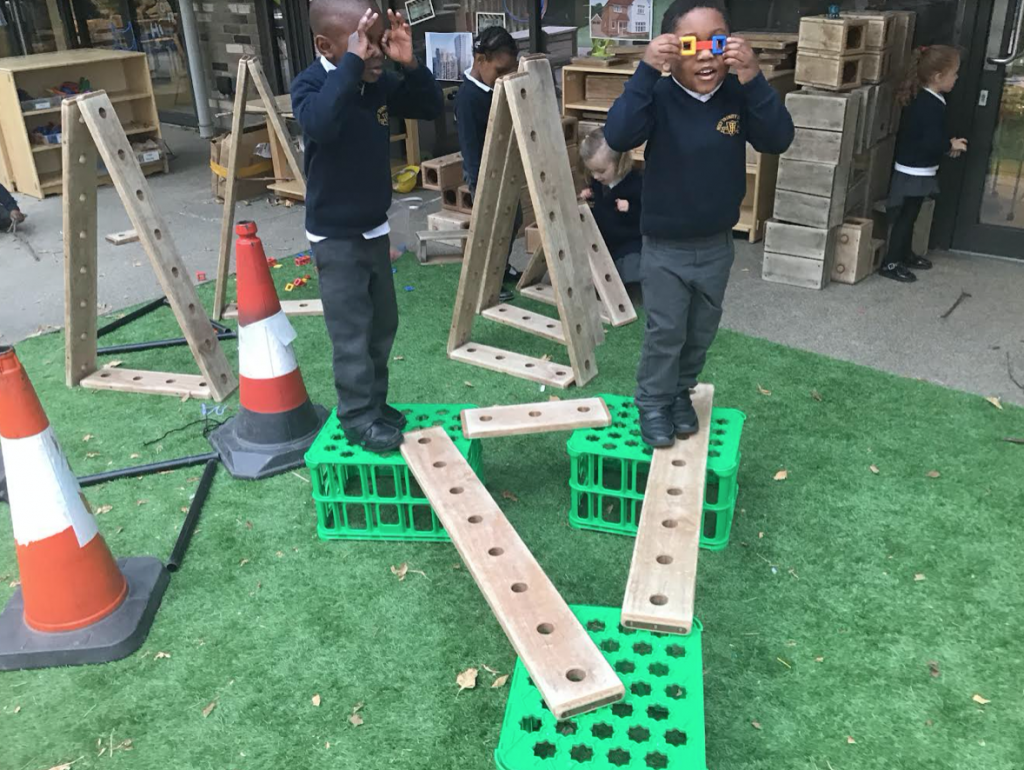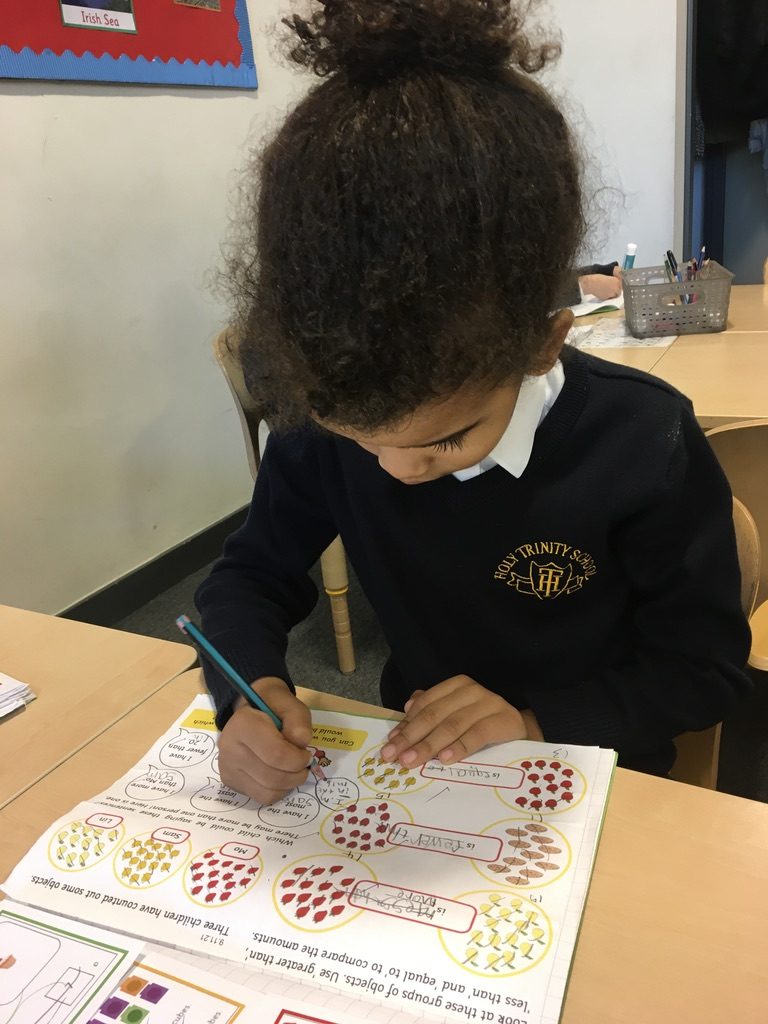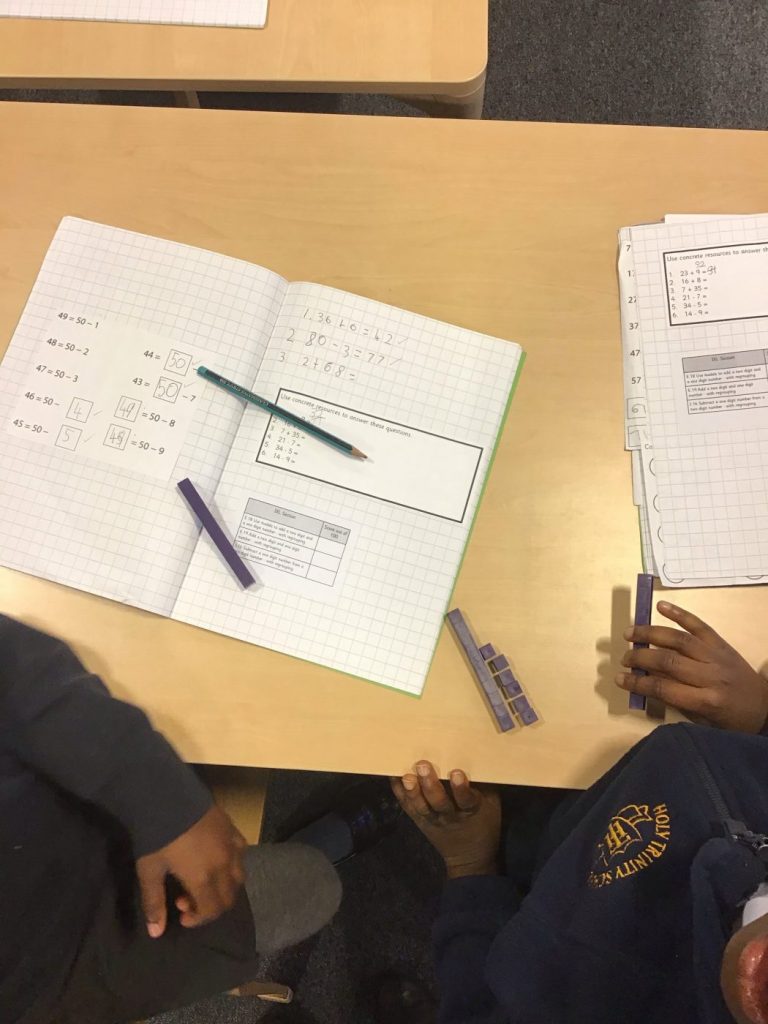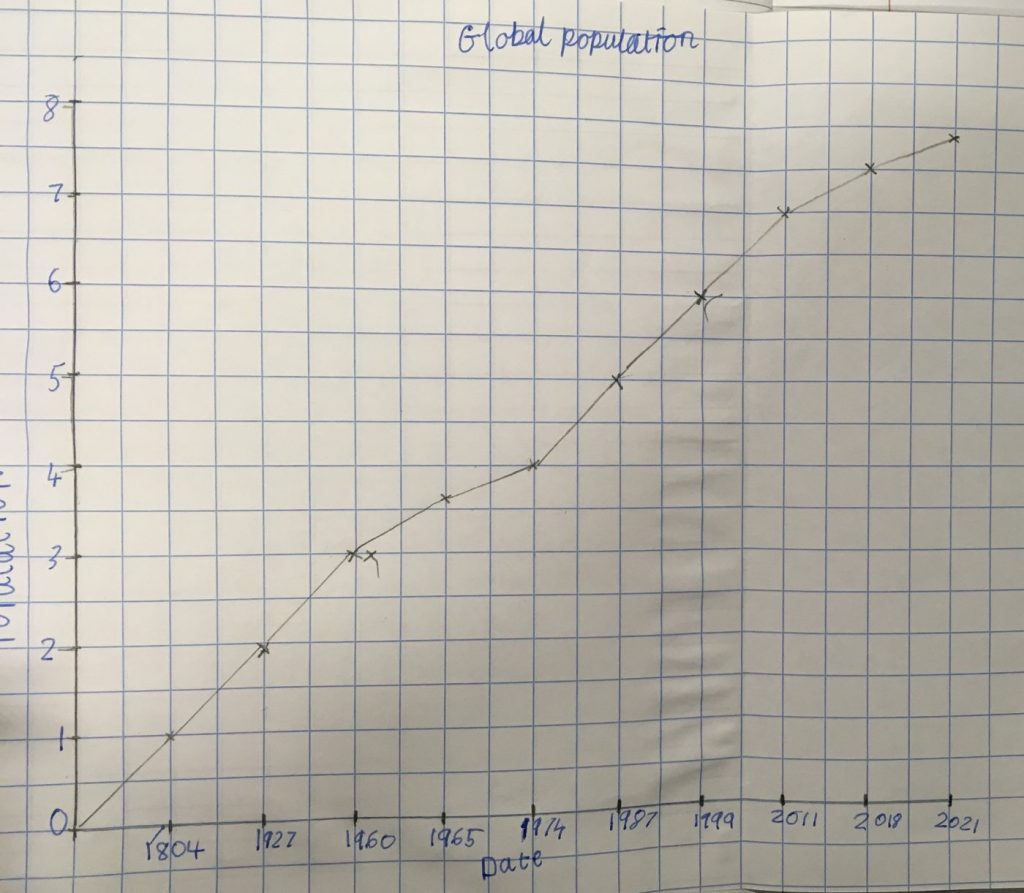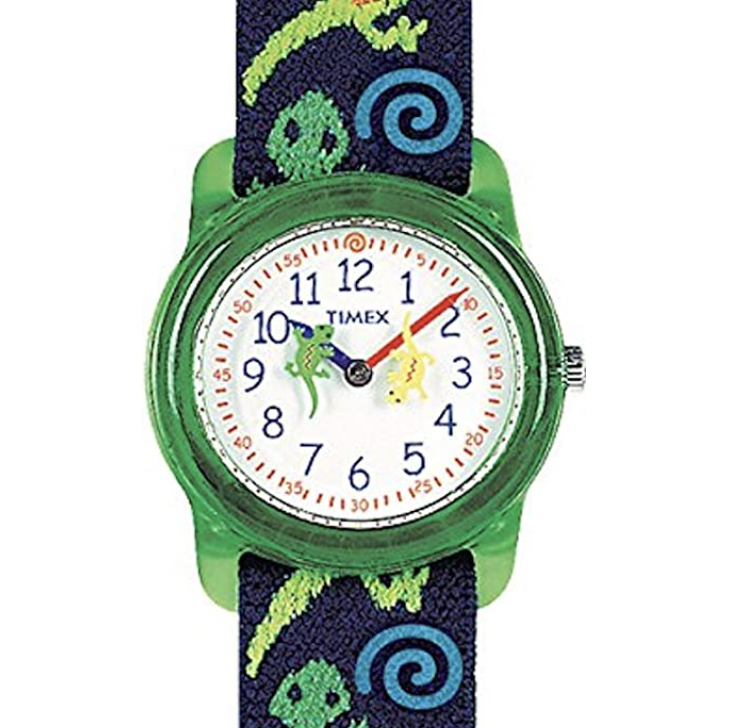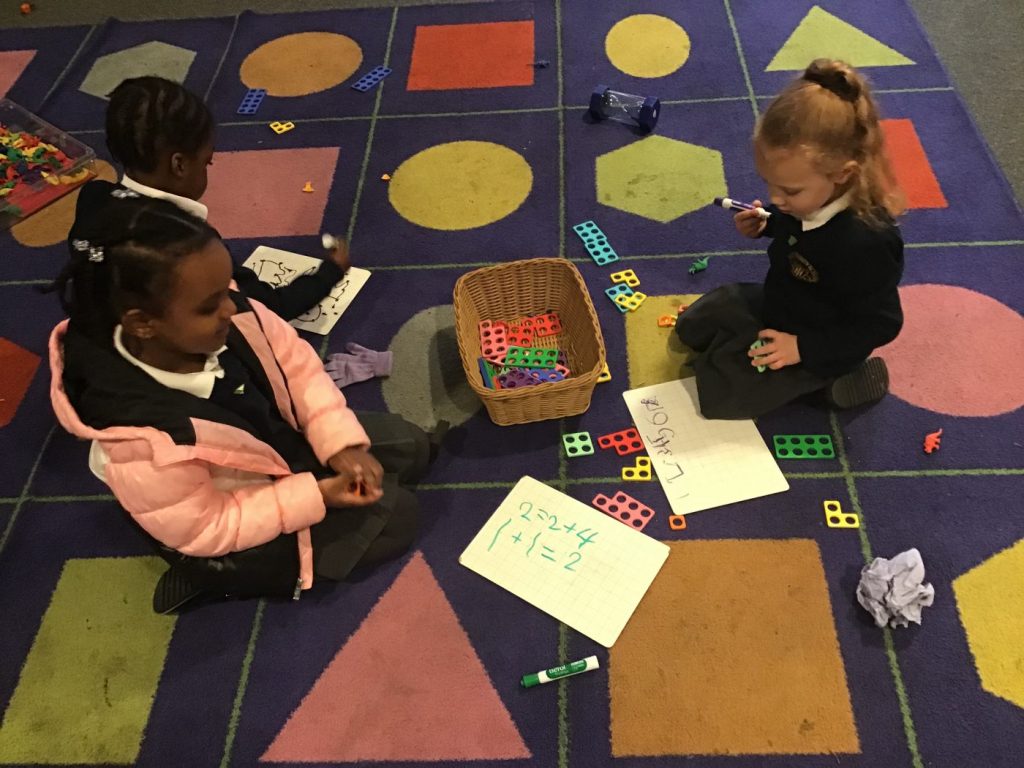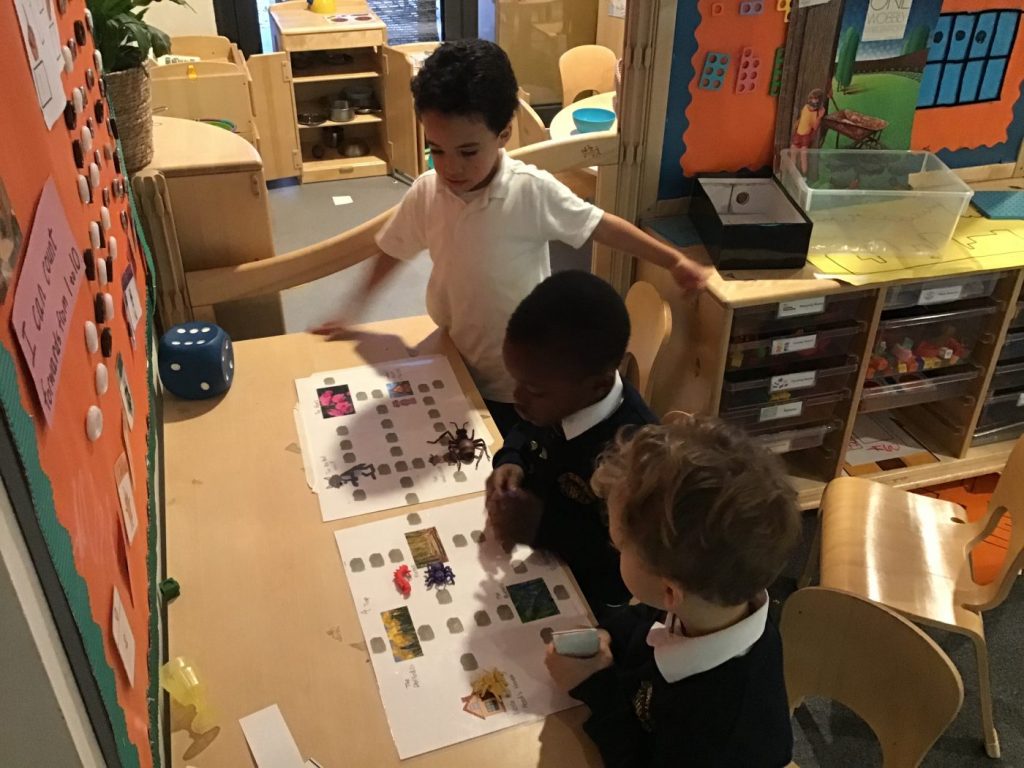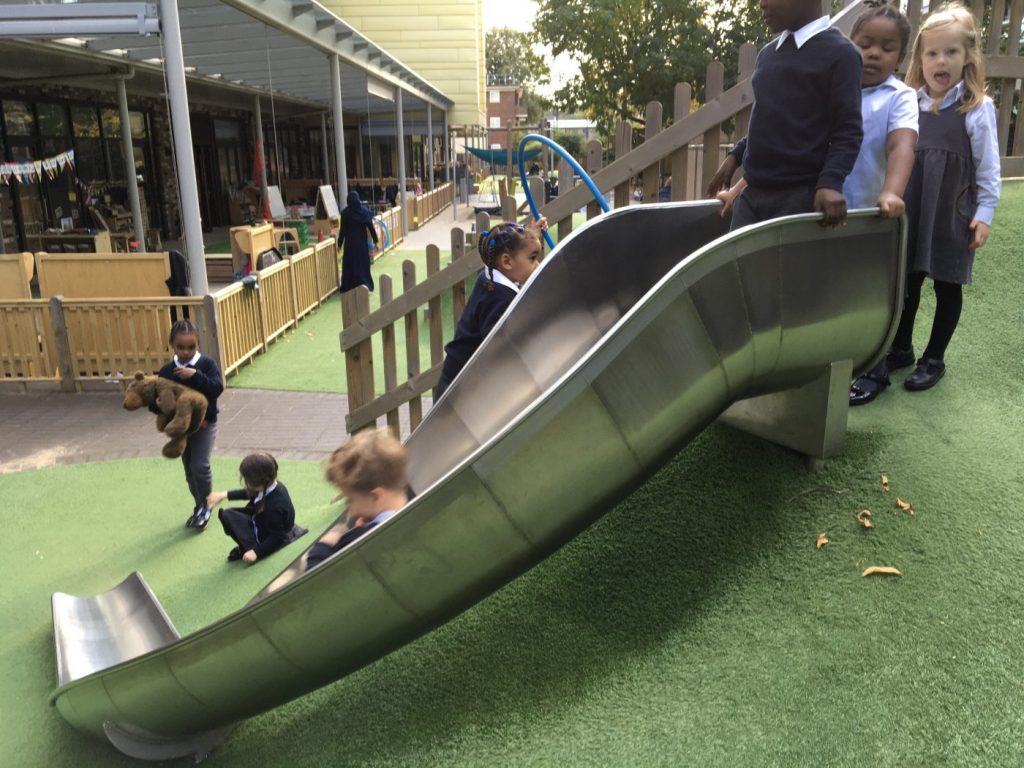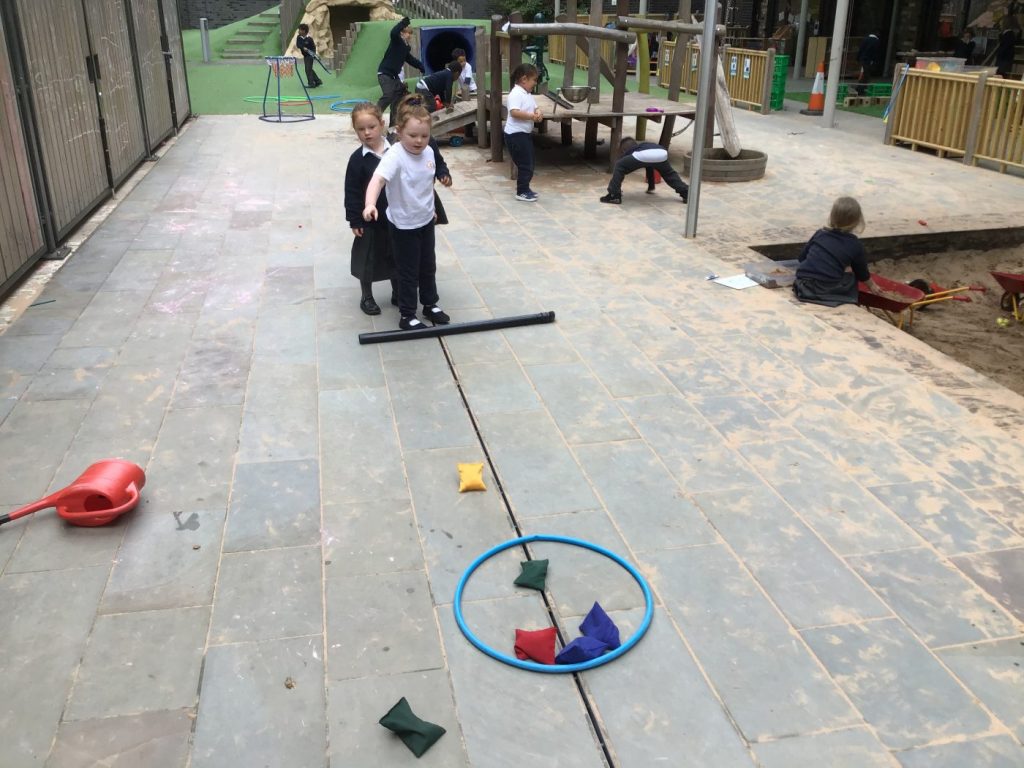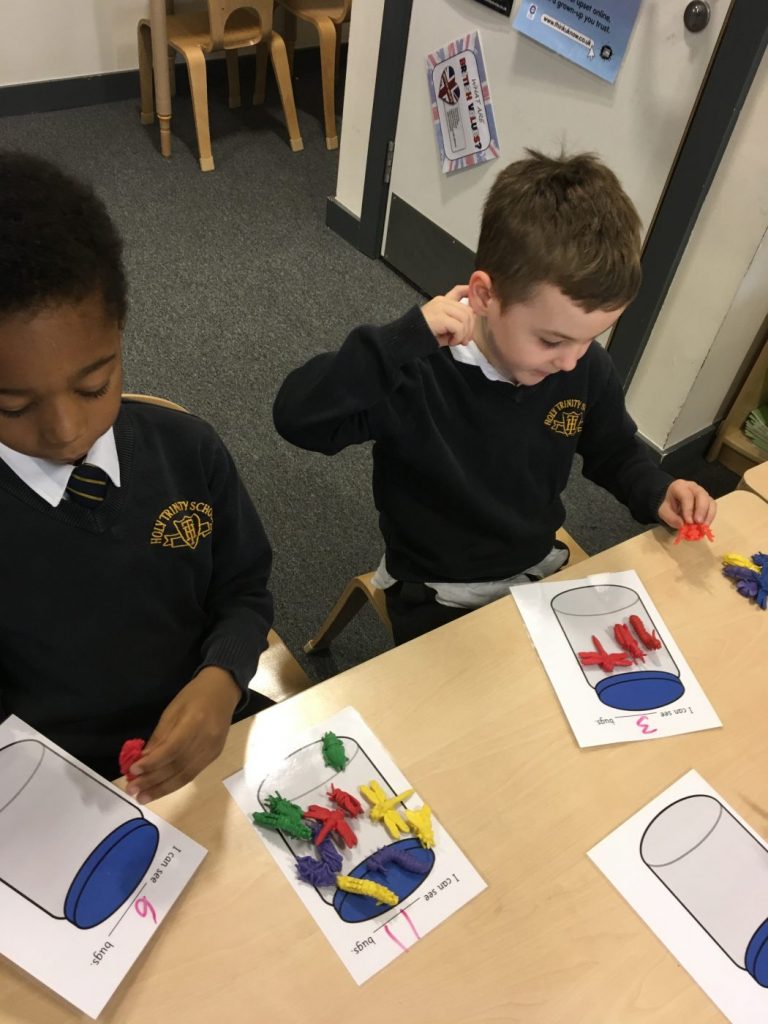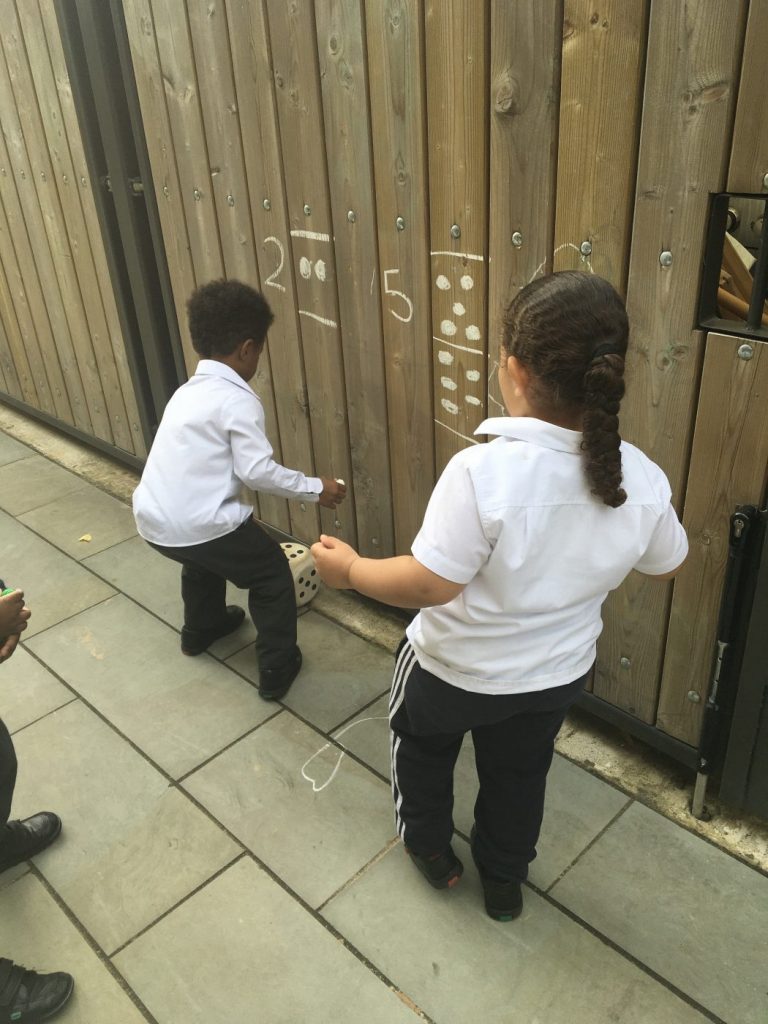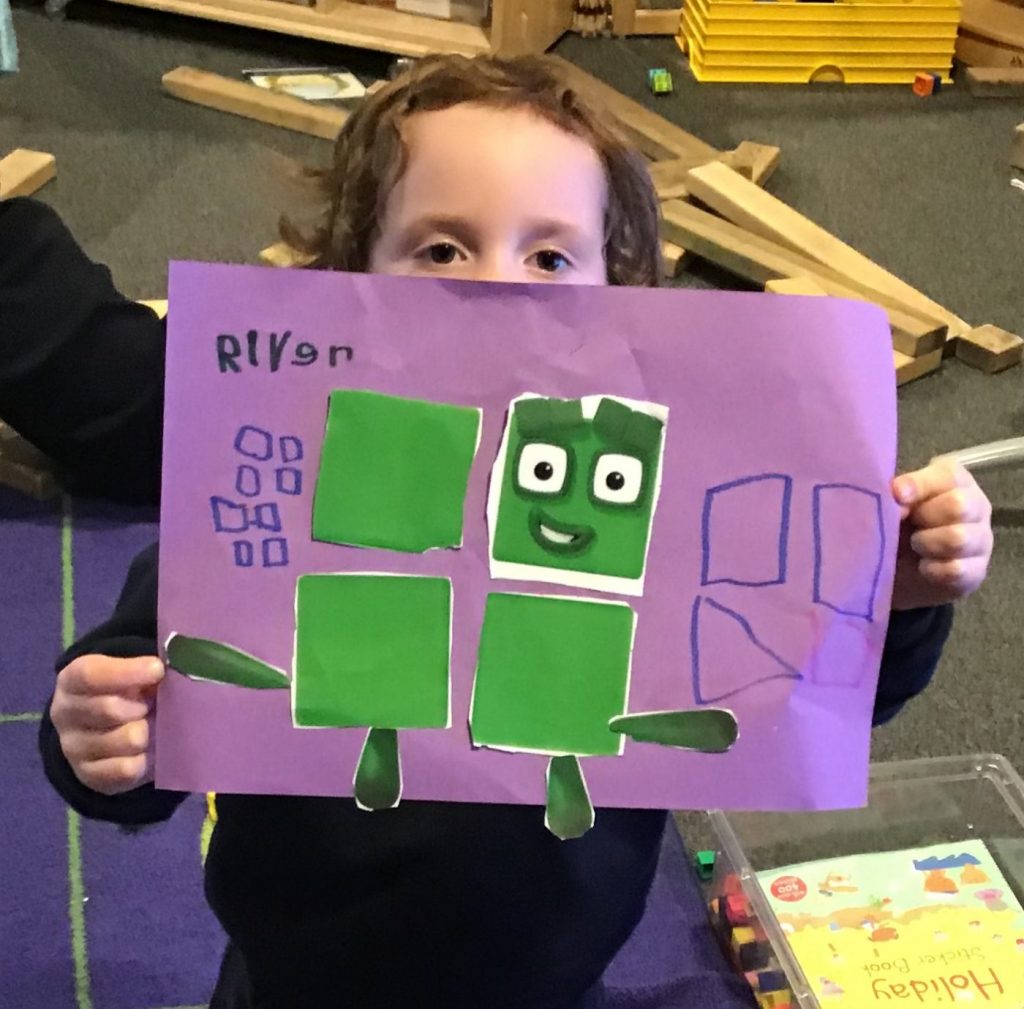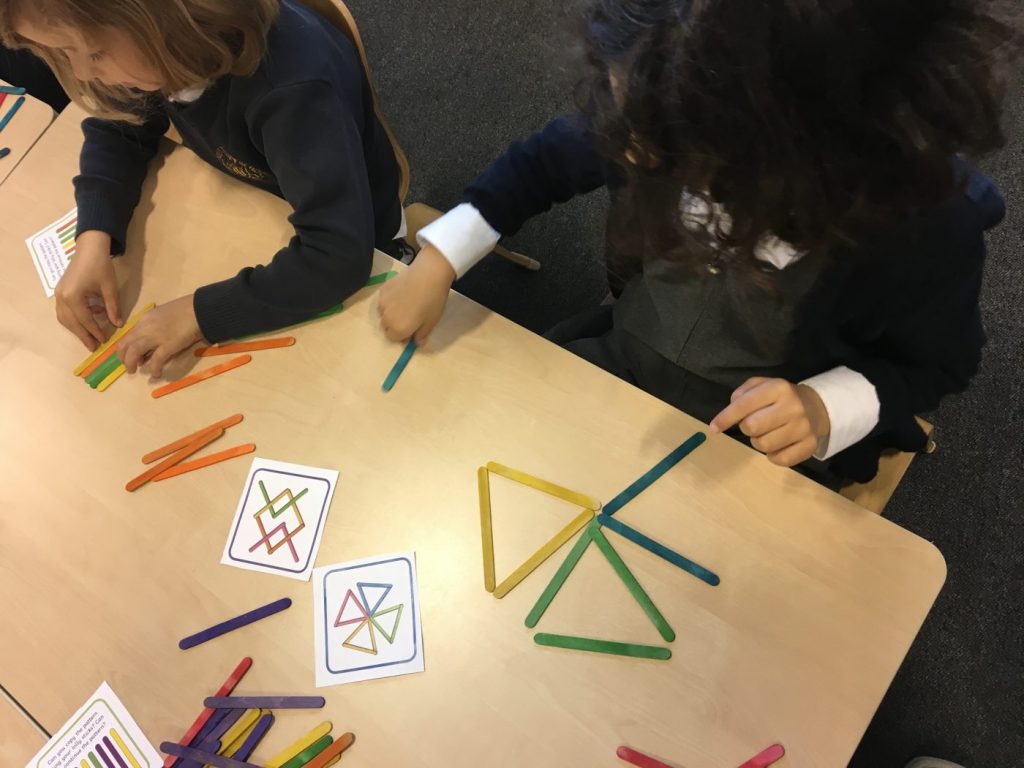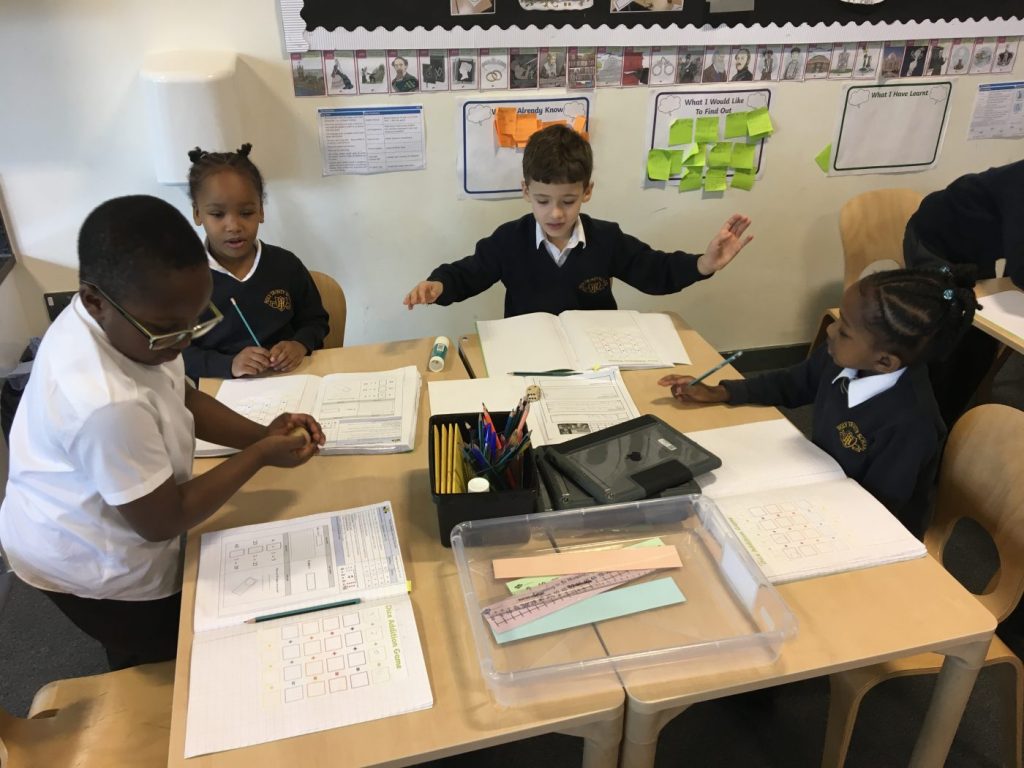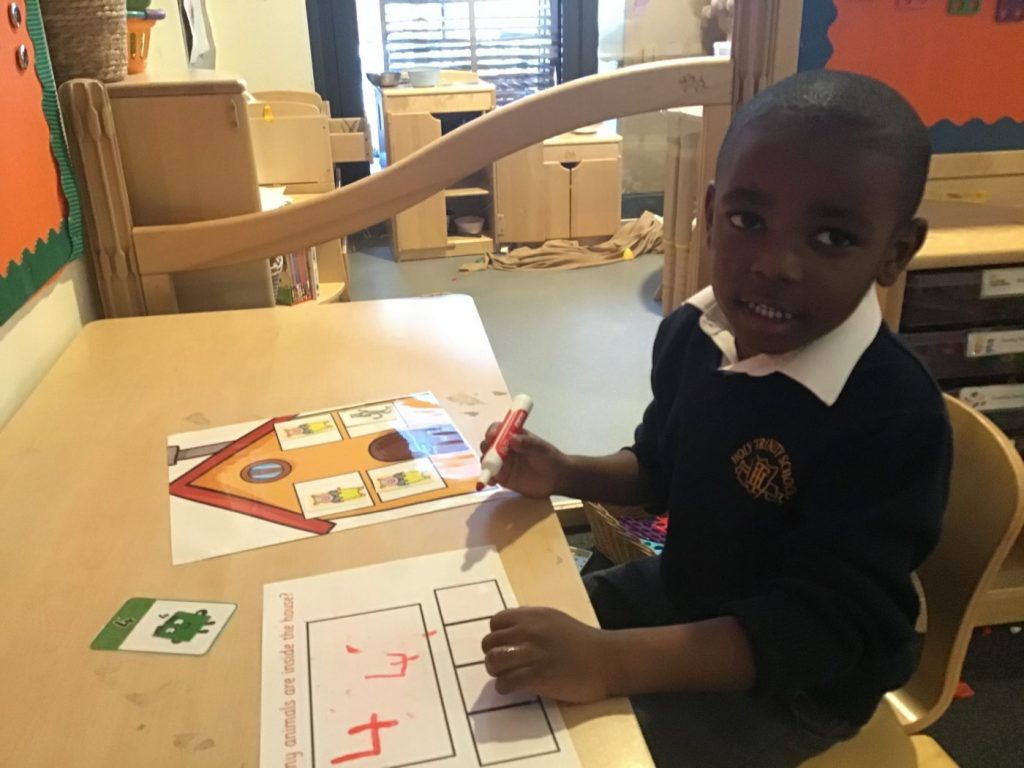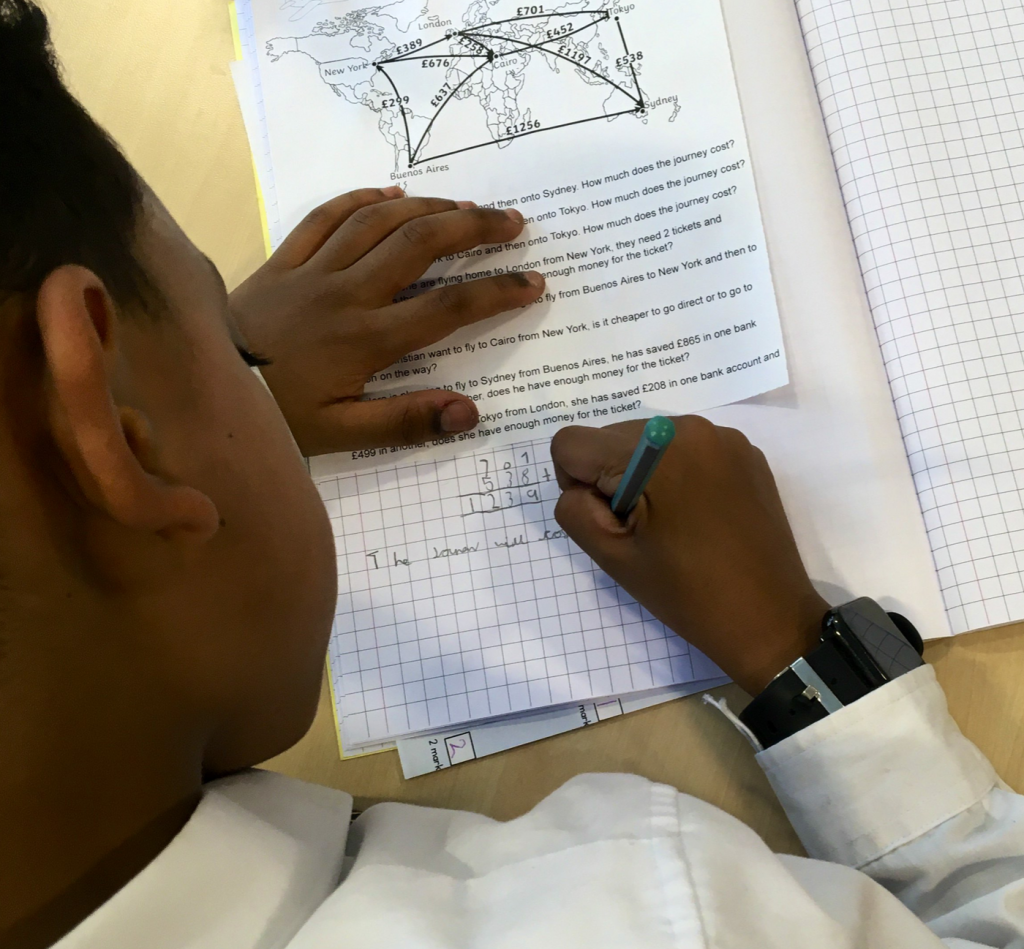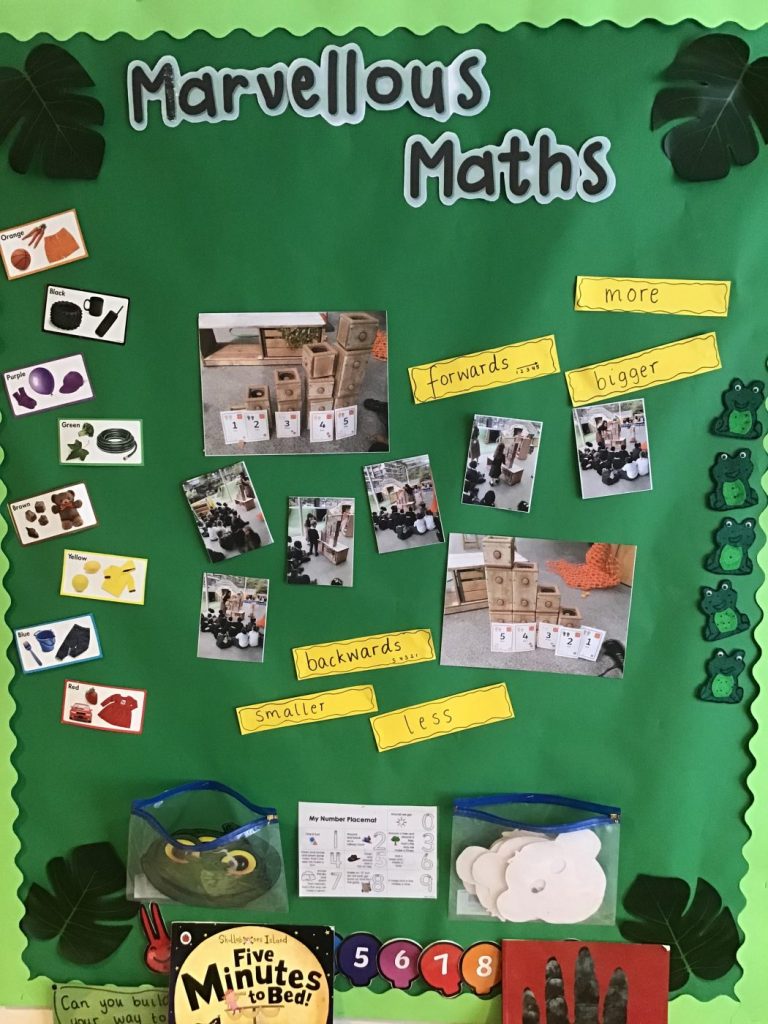Vision
At Holy Trinity, we believe in the power of maths to change children’s lives. Being a confident mathematician enables children to navigate and solve real-life problems. We are committed to equipping all of our pupils with the necessary knowledge and understanding to succeed mathematically, in education and beyond. The maths curriculum is designed with our children’s long-term futures in mind, laying the foundations they will need for future employment, and to be financially literate citizens.
We also know, like a love of literature, a love of maths – its patterns and its power – is a fundamental right for all children. The design of our maths curriculum is unwaveringly ambitious for all pupils.
The design of our maths curriculum ensures that all pupils are able to master being fluent, reason and problem solve, allowing them to work efficiently, creatively and make connections so that they see the beauty of mathematics.
Curriculum – How we teach Mathematics
At Holy Trinity we follow a mastery approach to teaching maths, a fundamental belief that all pupils can achieve and can be successful, confident mathematicians. Maths is taught in mixed attainment groups, allowing all pupils to engage in the same learning, with our teachers adapting their approach so that all pupils receive the appropriate support or challenge. High quality, tailored and individual planning supports all children, as well as those with special educational needs. This targets their needs and support each of them in making progress.
The National Curriculum is used to build the overview of our maths curriculum, and materials from the NCETM’s (National Centre for Excellence in the Teaching of Mathematics) Curriculum Prioritisation and White Rose Maths are used to deliver the curriculum. There is a strong focus, across all key stages, on the use of representations so that pupils are able to see, interrogate and interpret mathematical structures. These representations could be Dienes, Numicon, Counters, Ten frames, Gattegno charts, Part Part Whole (cherry) models. Stem sentences are used to support pupil talk, allowing them to use this as a verbal representation of the maths they are learning. The very best representation(s), be it verbal, concrete or pictorial, will be chosen to match the mathematical structure being exposed.
We draw on the latest research from the National Centre for Excellence in the Teaching of Mathematics to provide the children with secure mathematical knowledge and deep conceptual understanding. This is achieved through engaging and interactive lessons, rich in pupil talk and collaborative problem solving. Daily maths lessons provide children with an opportunity to review prior learning, count, engage with new content and practise number facts. Children see maths in real contexts on a daily basis and have the chance to work with their partner in each lesson, before consolidating their understanding with independent practice.
The National Curriculum sets out three areas of maths for children to master: Fluency, Reasoning and Problem Solving.
Fluency: Is not purely memorisation- the demands are much greater. Fluency encompasses a combination of efficiency, accuracy and flexibility. Efficient recall of facts is necessary in order for pupils to keep track of sub-problems (i.e. the multiplication fact within a wider problem). Fluency in this instance therefore, can be described as the point at which pupils no longer need to give a fact/ concept/ procedure attention- they have reached automaticity.
Reasoning: Applying logical thinking to a situation in order to derive the correct strategy and describe the solution. Nunes (2009) argues that mathematical reasoning is the most important factor in a pupil’s success. Opportunities to reason are built into lessons daily at Holy Trinity, and is intrinsically linked to the other two National Curriculum aims of Fluency and Problem Solving. It involves partner talk and having to justify answers using mathematical vocabulary. Being able to say why an answer or method is correct or incorrect shows mastery of an area of maths. It also enables children to better notice and self-correct when they are not on track. Reasoning also involves pattern spotting and looking for rules and connections. Children are encouraged to look for patterns and links, find mistakes, make generalisations and solve questions in more than one way. Lessons are designed to incorporate regular verbal reasoning through independent and collaborative group tasks.
Problem Solving: Finding a way to apply knowledge and skills in order to answer an unfamiliar problem – the unfamiliarity is key, if it is familiar and has been done before, then it is not problem solving. Fundamental to being a successful mathematician, we teach children the skills of problem solving and how to thrive when problems occur: resilience, confidence, curiosity, and creativity. Children are given opportunities to apply calculation strategies to real-life problems. Discussion is a key element of problem solving; tackling a problem in different ways is celebrated. Children learn to think creatively and know that there is no ‘one correct way’ to represent or solve a problem. As mathematicians they must draw on all of their knowledge and skills to decide how best to get started and what to do if their first try does not work. When problem solving, the problems are not supposed to feel easy to solve but they certainly feel satisfying when a solution is finally reached.
Ongoing Assessment for Learning
Assessment is woven into maths lessons so that teachers have a clear idea of what has been mastered and what each child’s next steps are. Planning is responsive – teachers plan to meet children’s gaps on a daily, weekly and termly basis. Teaching is adaptive- teachers will make decisions in the moment within a lesson as they collect the assessment “data”, through questioning, conversing and observing children work and talk. Children may complete a ‘Beat it’ to assess their fluency in a key skill (for example to be able to multiply and divide by 10). This will take no longer than 5 minutes and children are often able to self-assess to get instant feedback. ‘Check its’ are used to revisit learning from previous weeks or terms to ensure that it has ‘stuck’. All assessment is low-stakes and takes place as a normal part of the maths lesson routine. Children have access to any equipment that may help them to be successful and are encouraged to self-select what they need. In this way, pupils are taught to be reflective and are involved in seeing their progress and their next steps. Teachers and support staff provide targeted support and assessment to help all children make good progress in maths.
Oracy
Maths lessons are designed to be interactive with a significant emphasis on children’s talk. Through discussing their ideas, children construct new understanding, engage in a supportive community of practice, take responsibility for their learning and allow the teacher a window into their thinking which enables appropriate action to help them progress.
Teachers and support staff provide targeted support and assessment to help all children make good progress in maths. To see how you can help too, click here.
To find out more about NCETM click here.
How to support your children at home
Mathematics Fundamentals Leaflets
The leaflets below provide details of the key learning in Mathematics for each year group along with some ideas for how you can support your child in these areas at home or while out and about. To download leaflets please click the links below:
- Mathematics Information Leaflet
- Year 1 Maths Fundamentals
- Year 2 Maths Fundamentals
- Year 3 Maths Fundamentals
- Year 4 Maths Fundamentals
- Year 5 Maths Fundamentals
- Year 6 Maths Fundamentals
Parent Workshops
The slides from Mathematics Parent Workshops can be downloaded here:
Daily Maths Speed Challenges
More information about the Daily Maths Speed Challenge can be found here:

